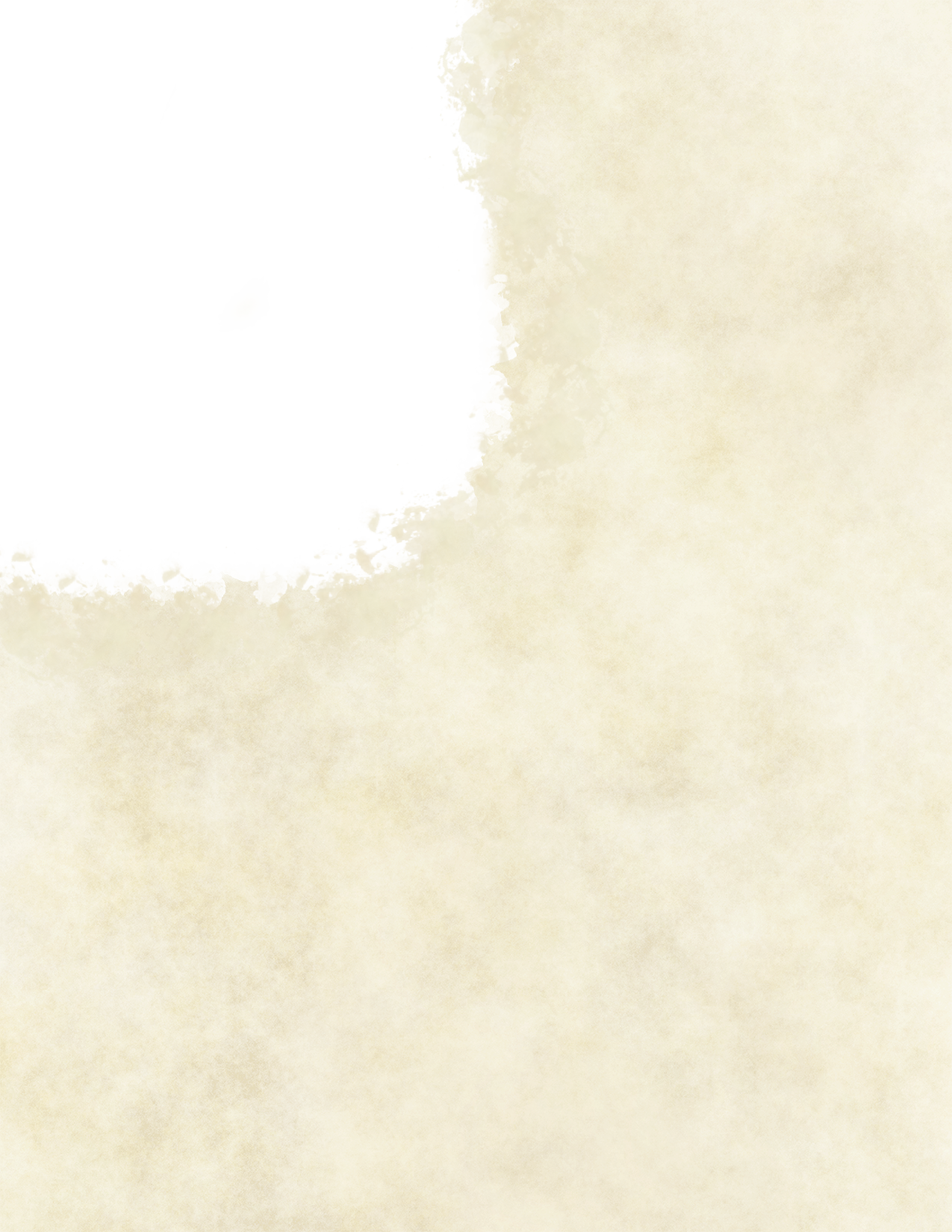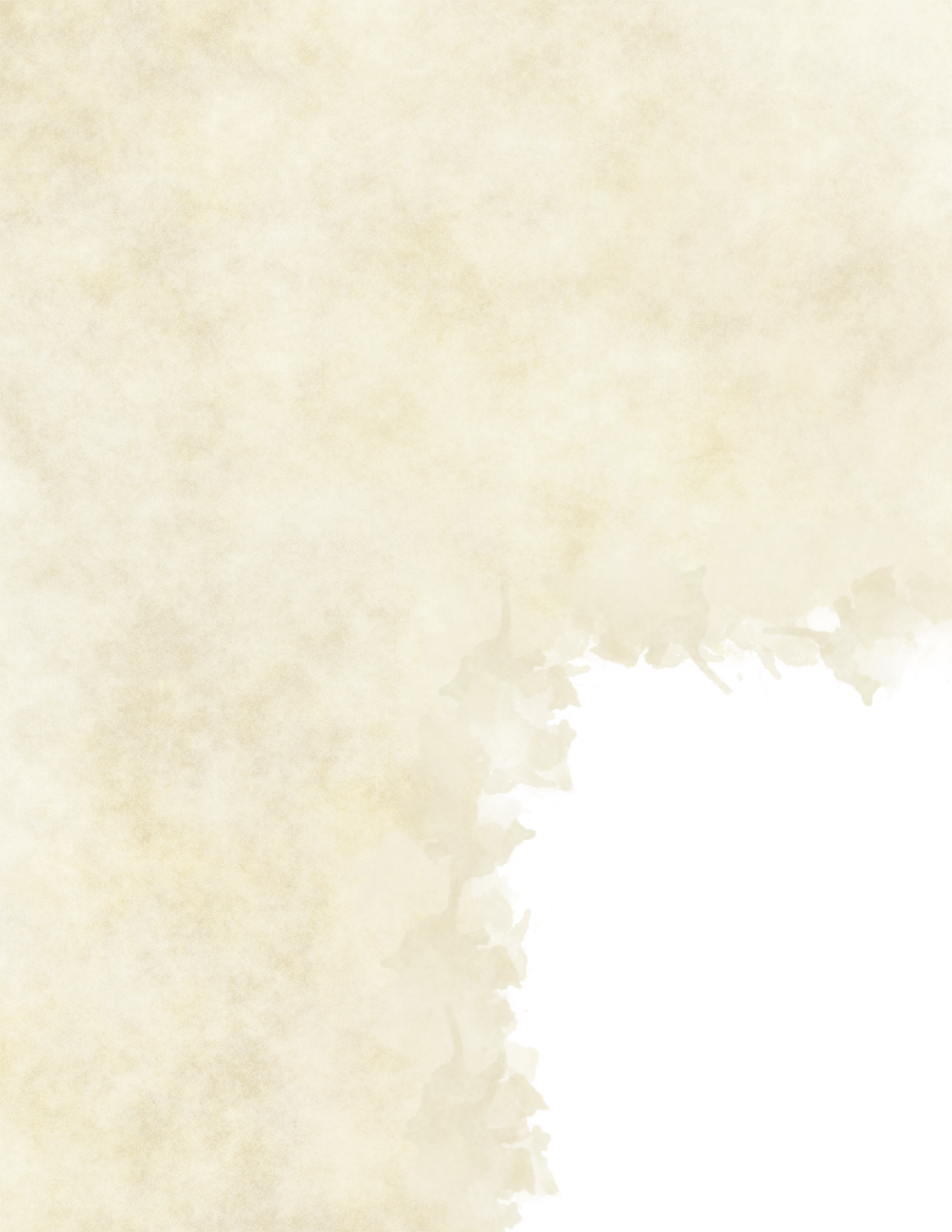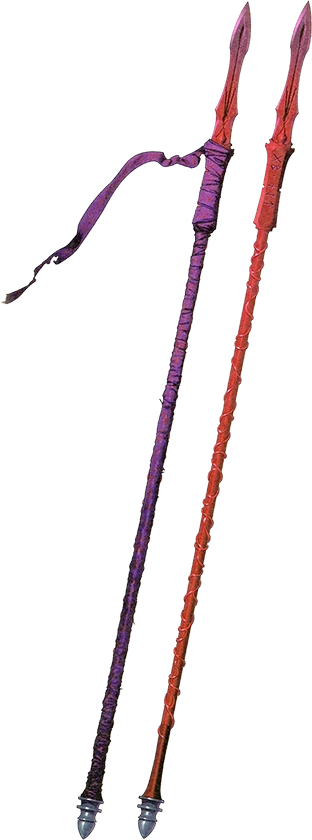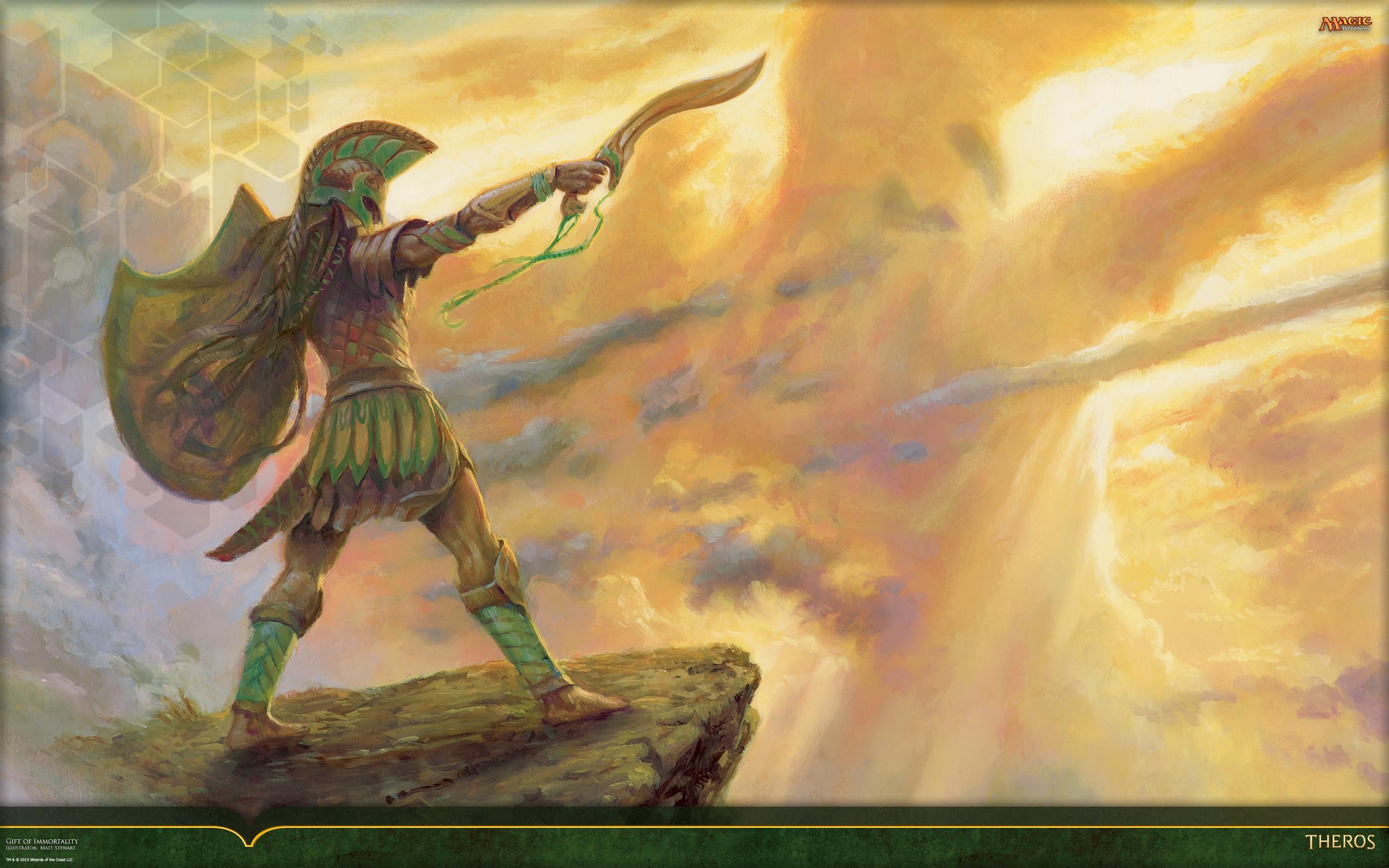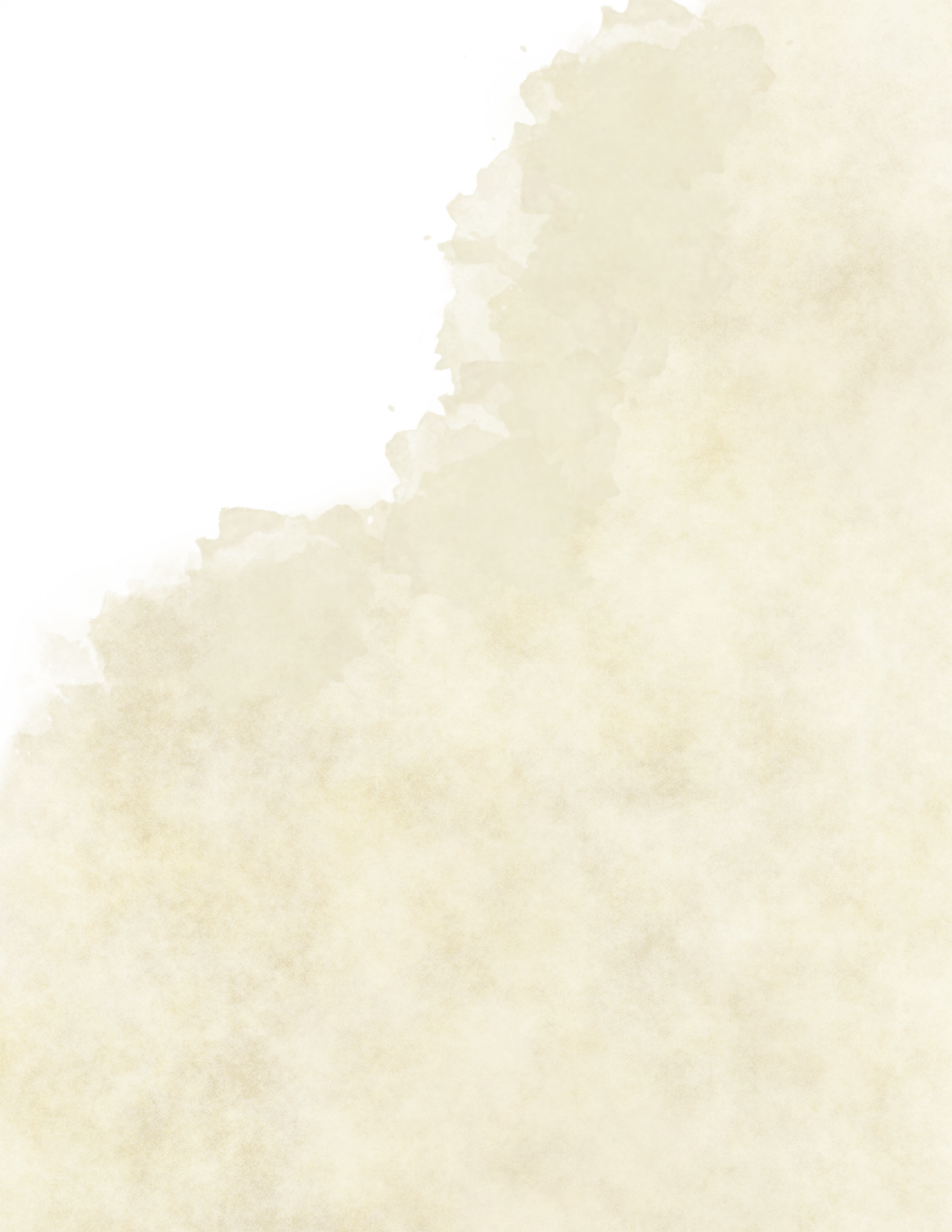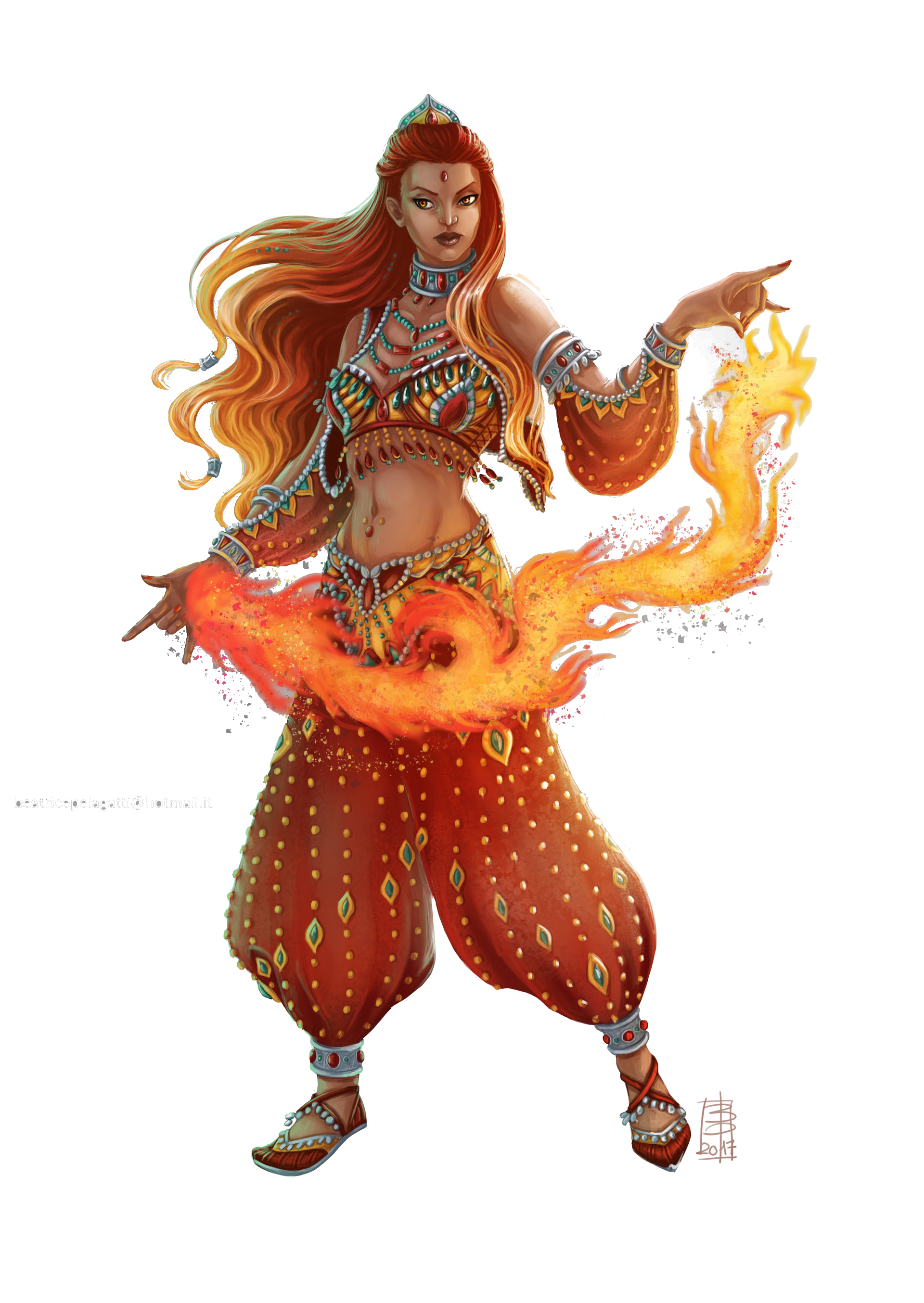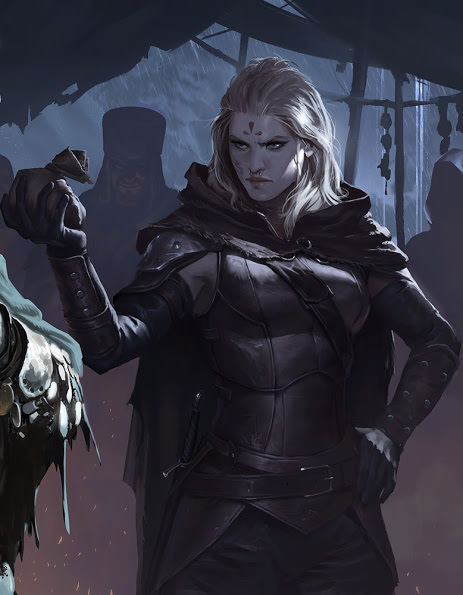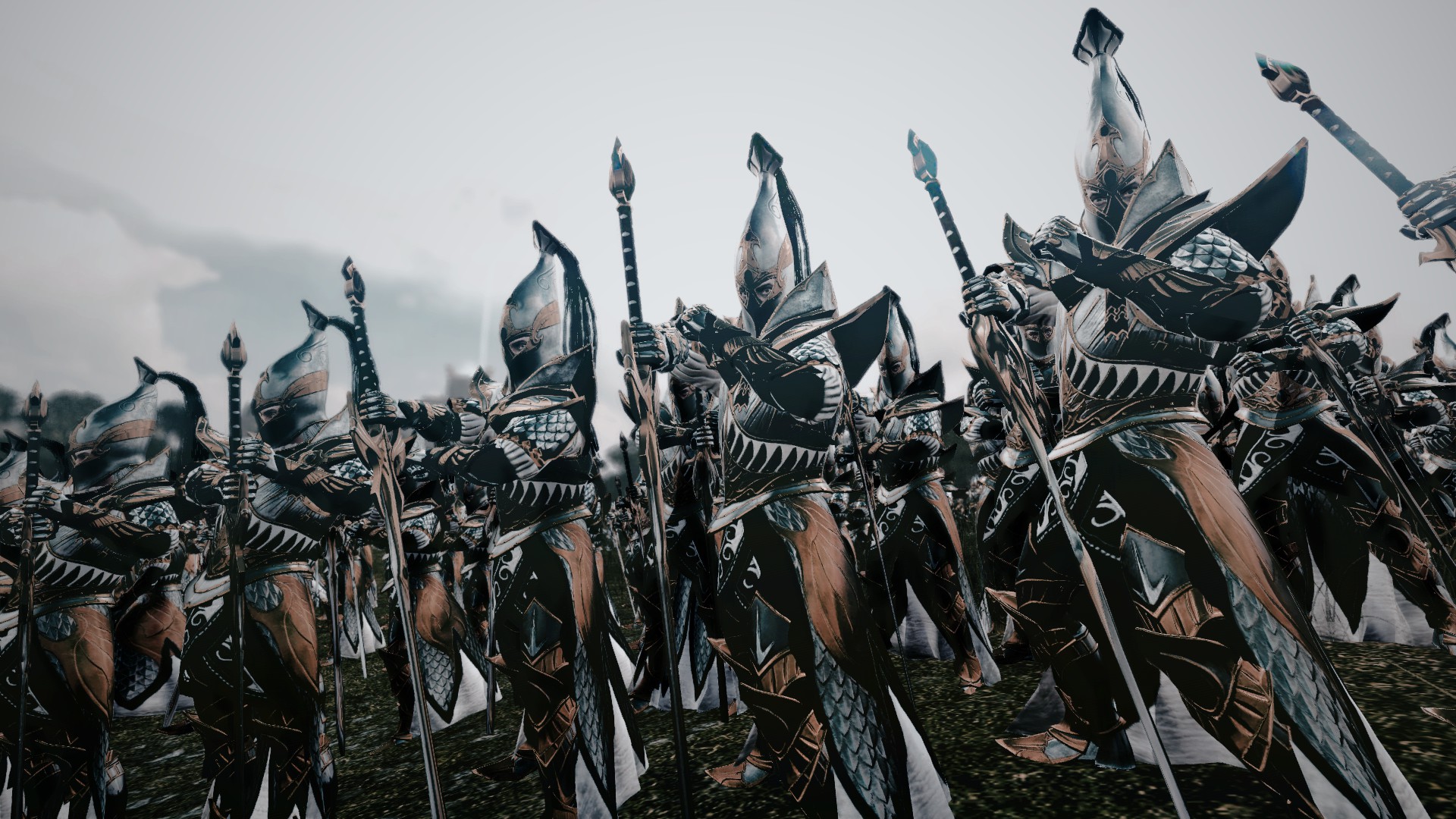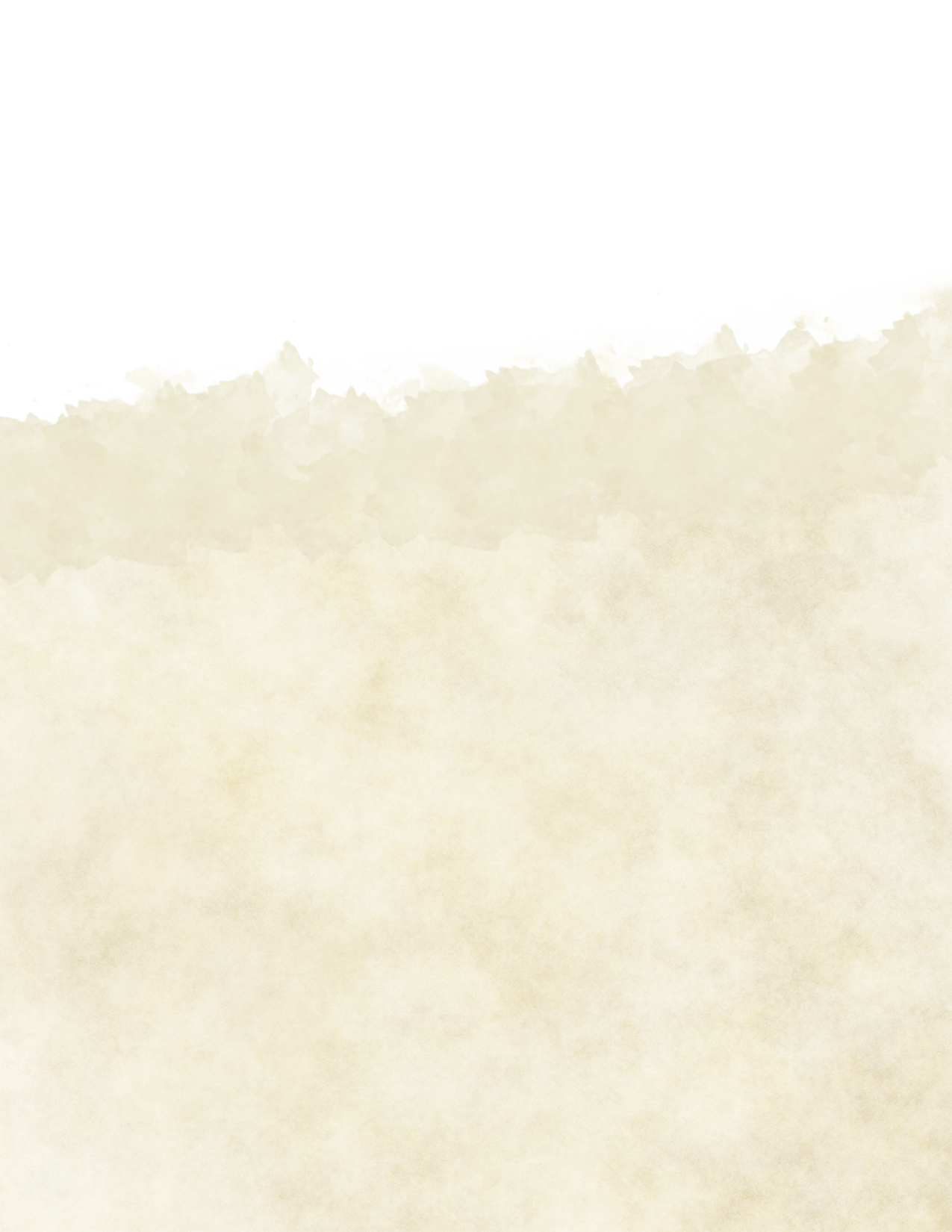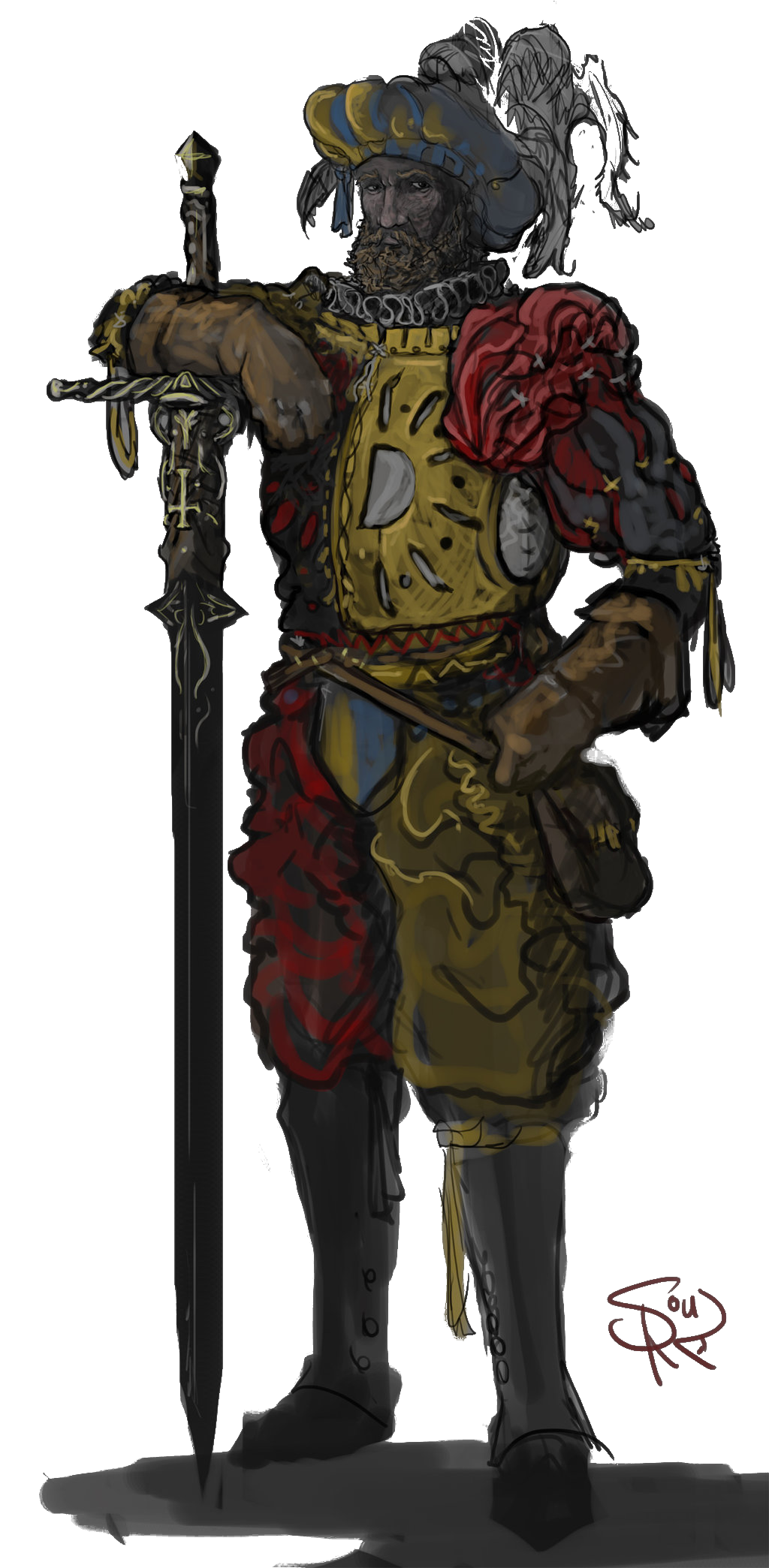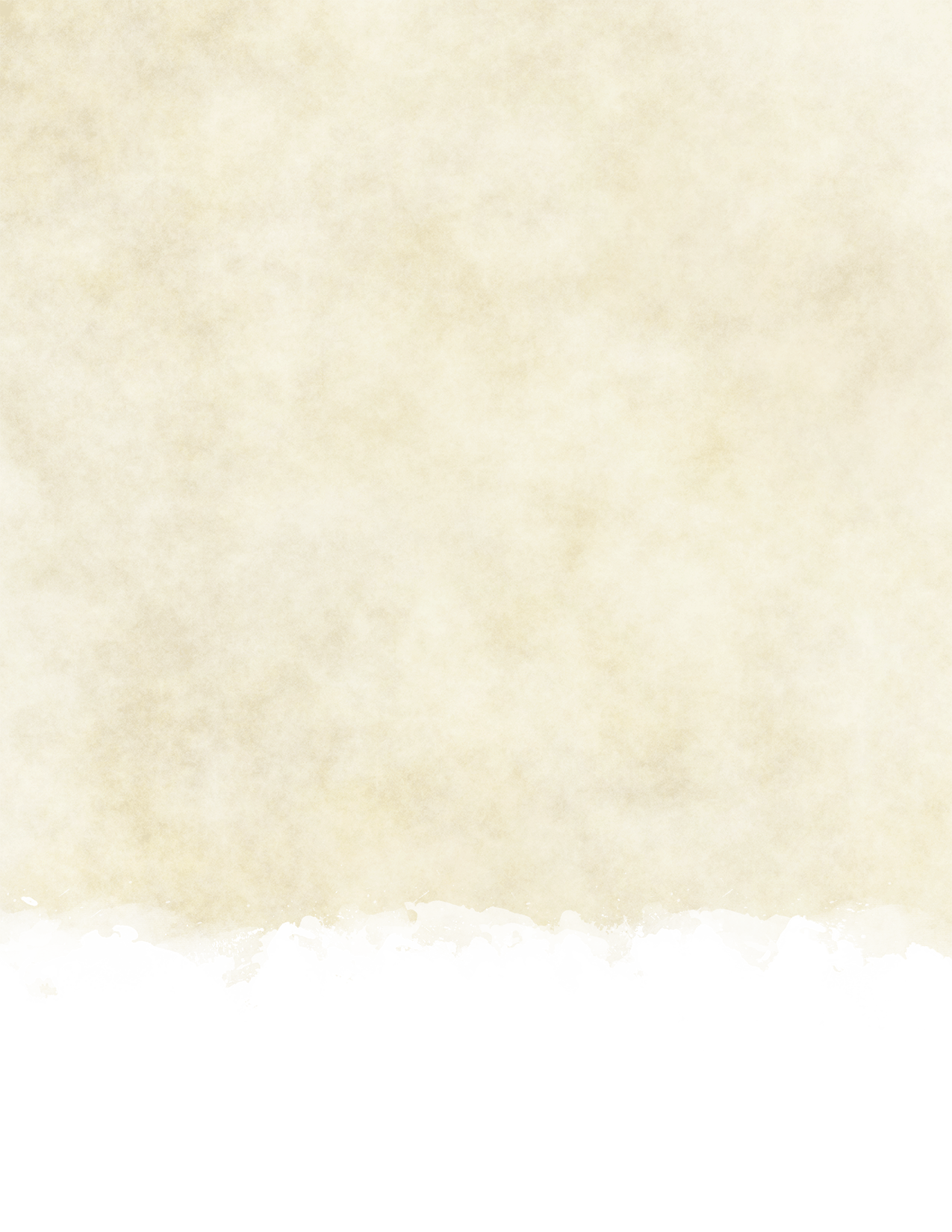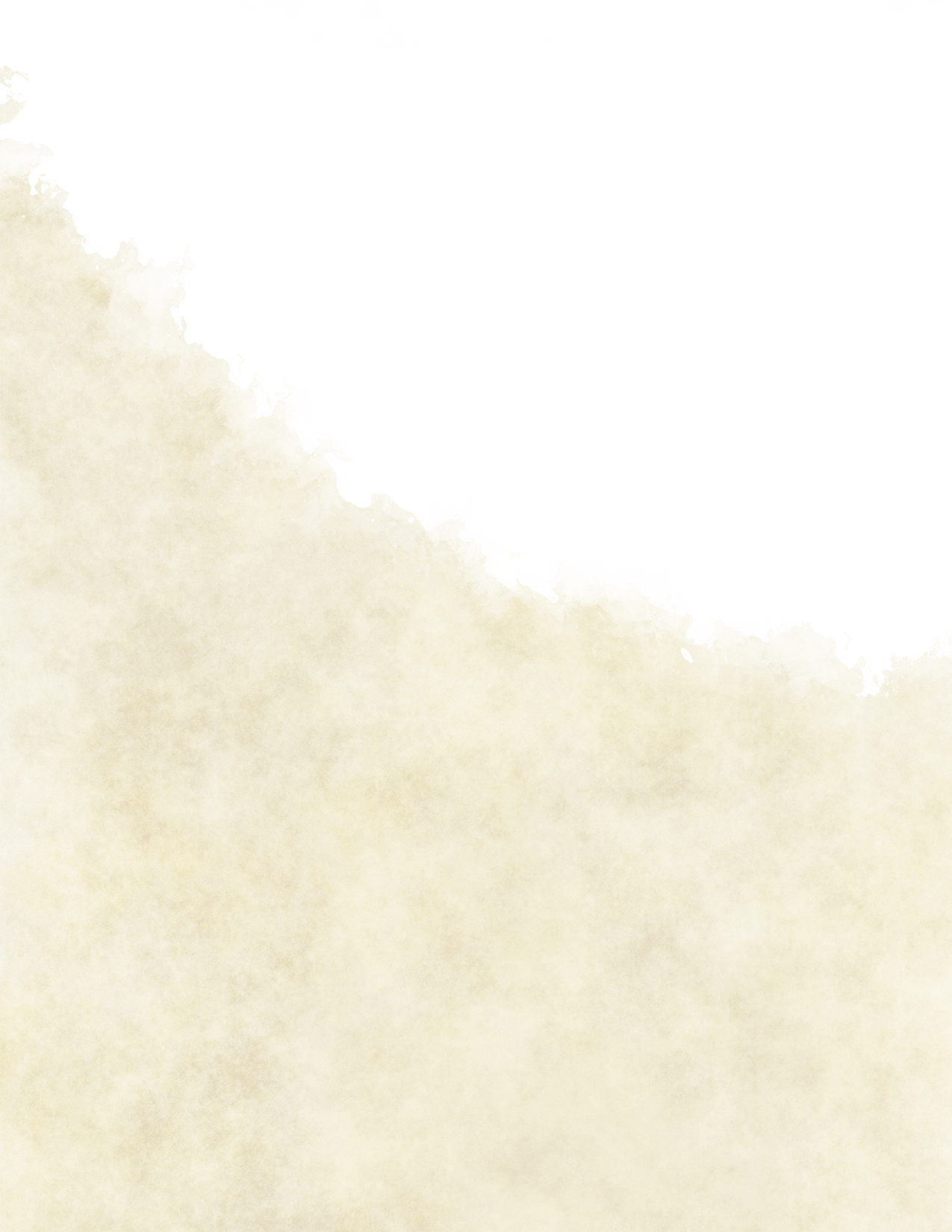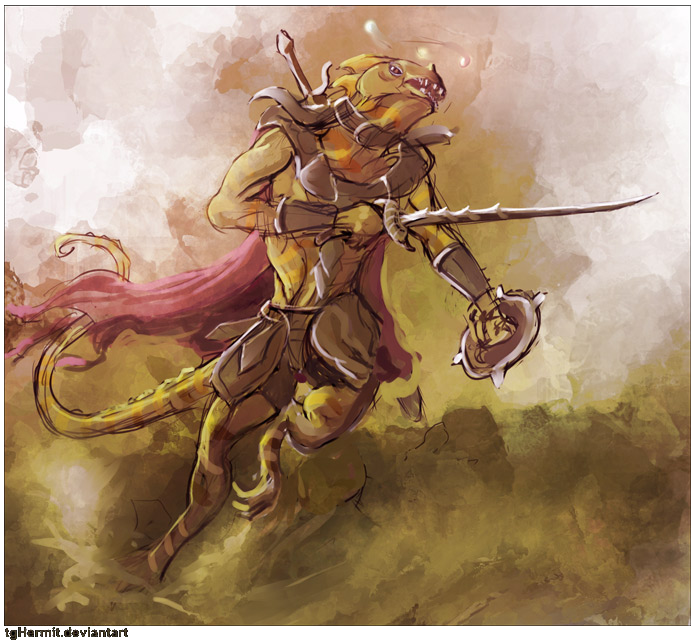


Introduction
This document is the end result of almost a year of work toward the improvement of martial characters for D&D 5e. I'm a man of two opinions—the first, that any character can be fun to play if based in truly excellent characterization. The second is that a character's mechanical competence improves the fun even more. D&D crashes make-believe and a skirmish wargame together, and both parts are absolutely necessary for a fun experience.
Unfortunately, I and many others find that martial characters (those without magic or spell slots of 1st-9th level) can be less fun to play, mechanically speaking. While they have more health, can be more consistent in damage, and have fewer resources to track, they have fewer options on the battlefield when it comes to attacks. In character-building they have a similar dearth of effective options compared to others. In The Warriors' Codex, I've attempt to rectify that. I decided to forgo a full system overhaul or en masse alterations to the class structures of martials (barbarians, fighters, monks, paladins, rangers, and rogues). Instead, I approached their three glaring weaknesses:
1. Fewer combat options. Every weapon now operates distinctly from every other. Weapon-switching to better meet the enemy becomes commonplace and adds a new level of strategy for martials. While nowhere close to the complexity of spells, no longer are the functional differences between weapons limited to weight, reach, and damage dice.
2. Magical Saturation. If ranger and paladin count among the former, 5e has 6 martial classes and 6 spellcaster classes. On the surface, the numbers appear even—42 published caster archetypes, and 38 official martial ones as of this writing. However, 24 of those archetypes—such as Arcane Archer, Path of the Totem, and paladin, monk, and ranger as a whole—explicitly and inherently use magic. Many of the mundane archetypes that remain suffer because of the third problem.
3. Fewer viable choices. Many warrior archetypes are much, much weaker than their magical brethren, to the point that players entirely unconcerned with theorycrafting take notice during play—a problem not only in abstracted numbers, but in actual, regular games. This document contains several attempts to rework some egregious examples (though it avoids the ranger, which wiser brewers have already addressed). When accompanied by new subclasses, these reworks create a flood of options where once there was a drought. Feedback to improve or balance them even further is welcomed.
It should be said I approached this supplement without bitter regard towards spellcasters or their players. I believe 5e has addressed the divide between martial and caster marvelously and the gaps is as small as it has ever been—but it could be even smaller. I haven't tried to make casters worse, but martials better. There's no need to tear down material already released; a rising tide lifts all boats.
In fact, rules on weapons, item creation, and even a few new archetypes for non-martial classes will delight players who favor magic. Everyone uses weapons and items, after all.
You might wonder why you might use this supplement over the original Weapons Remastered, /u/theapoapostolov's Grit and Glory, or Wraith Wright's Comprehensive Equipment Manual. The truth is, your group might find those preferable, and I admit I borrowed ideas—some unashamedly and outright—from those works, because they were just that good. I genuinely admire them.
But I believe the latter two go a touch too far in mechanical combat complexity, and so much more could be accomplished with the first. They are fantastic, well-researched works, perhaps to a fault. Too many options can slow play. Hopefully, this version creates more options without choice paralysis. It should present more crunch in options but not overwhelm a player or rework the system. 5e dedicated itself first and foremost to simplicity, and we can address the places where it became too simple and still avoid the issues of other, more complicated systems. Ultimately, experiment, and see what works best for your table. Every group has different preferences.
Table of Contents
PART I
New Subclasses
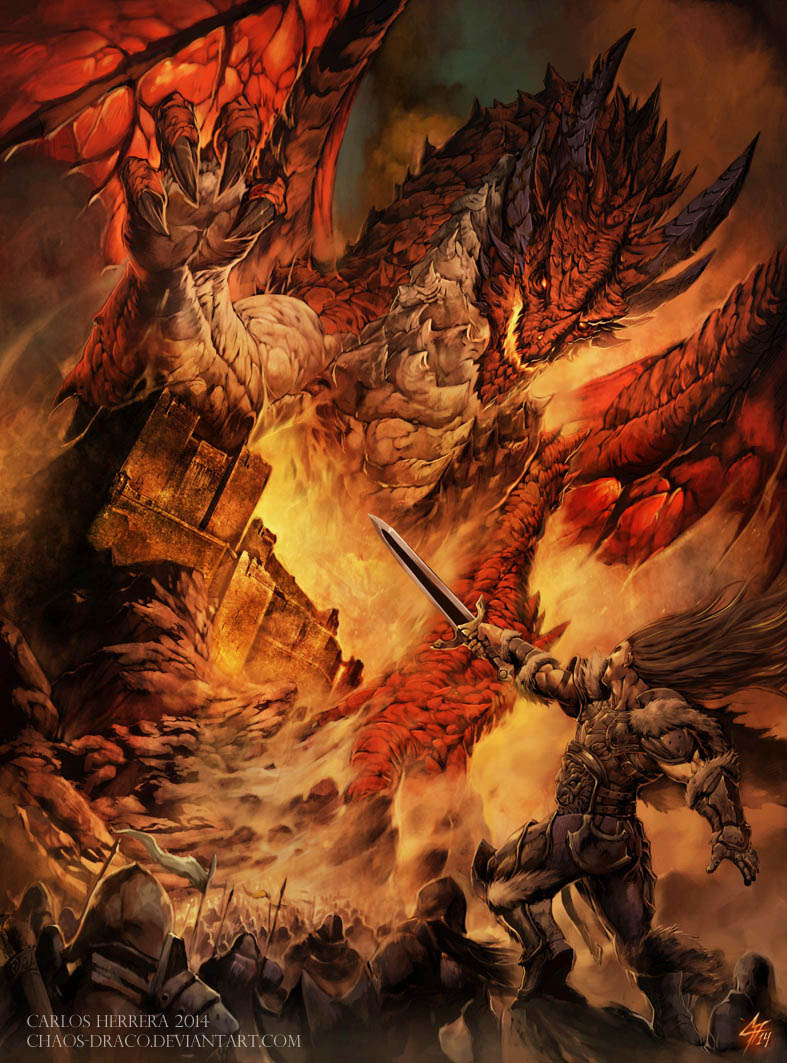
Barbarians
Famous for their raw power, barbarians are remarkably versatile despite their narrow archetypal base. Some of their subclasses add unexpected roles, while others make even more improvements to their unmatched talent for absolute reckless destruction.
The Path of the Berserker reworks the exhaustion penalties that crippled it but keeps the risk-reward.
Path of the Bonebreaker gives the Battlerager a racially-neutral identity as a barely-armored fistfighter who crushes their enemies without mercy.
Path of the Cataclysm diversifies and empowers the options available to the Path of the Storm Herald. It gives them greater command over their magic and changes them from the bearers of the storm to walking catastrophes. Instead of climates, they personify natural disasters like earthquakes, plagues, and volcanic eruptions.
The Path of the Crescendo is an exercise in repetition and, oddly for a barbarian, control. They temper their rage into rhythm, and hit harder and harder with each consecutive blow in the strange dance of combat.
The Path of the Ironclad drops thunderclaps with every footstep. They bear the heaviest armor and wield the largest weapons available to them, with devastating results.
Path of the Berserker
For some barbarians, rage is a means to an end—that end being violence. The Path of the Berserker is a path of untrammeled fury, slick with blood, where anger for anger's sake is king. As a berserker enters a rage they thrill in the chaos of battle, heedless of their own health and well-being.
Frenzy
Starting when you choose this path at 3rd level, you can go into a frenzy when you rage. If you do so, for the duration of your rage you can make an additional melee weapon attack when you take the attack action on your turn. When your rage ends, you suffer one level of exhaustion.
While frenzied, you ignore the effects of all levels of exhaustion.
Mindless Rage
Beginning at 6th level, the joy of battle drowns out other influences. You can't be charmed or frightened while raging. If you are charmed or frightened when you enter a rage, the effect ends.
Intimidating Presence
Beginning at 10th level, you can use a bonus action to terrify an enemy. Choose one creature that can see or hear you within 30 feet of you. It must succeed on a Wisdom saving throw (DC equal to 8 + your proficiency bonus + your Charisma modifier + your Strength modifier). On a failed save, the creature is frightened of you until the end of your next turn. This effect ends if the creature ends its turn more than 60 feet away from you. If the creature succeeds on its saving throw, it is immune to this feature for 24 hours.
Adrenaline Rush
Starting at 14th level, if an enemy reduces you to 0 HP while you are frenzied, you can choose to instead be reduced to 1 HP and gain temporary hit points equal to twice your barbarian level that last until the end of your rage. After your frenzied rage ends, all levels of exhaustion that you have taken are removed. You can use this feature once per long rest.
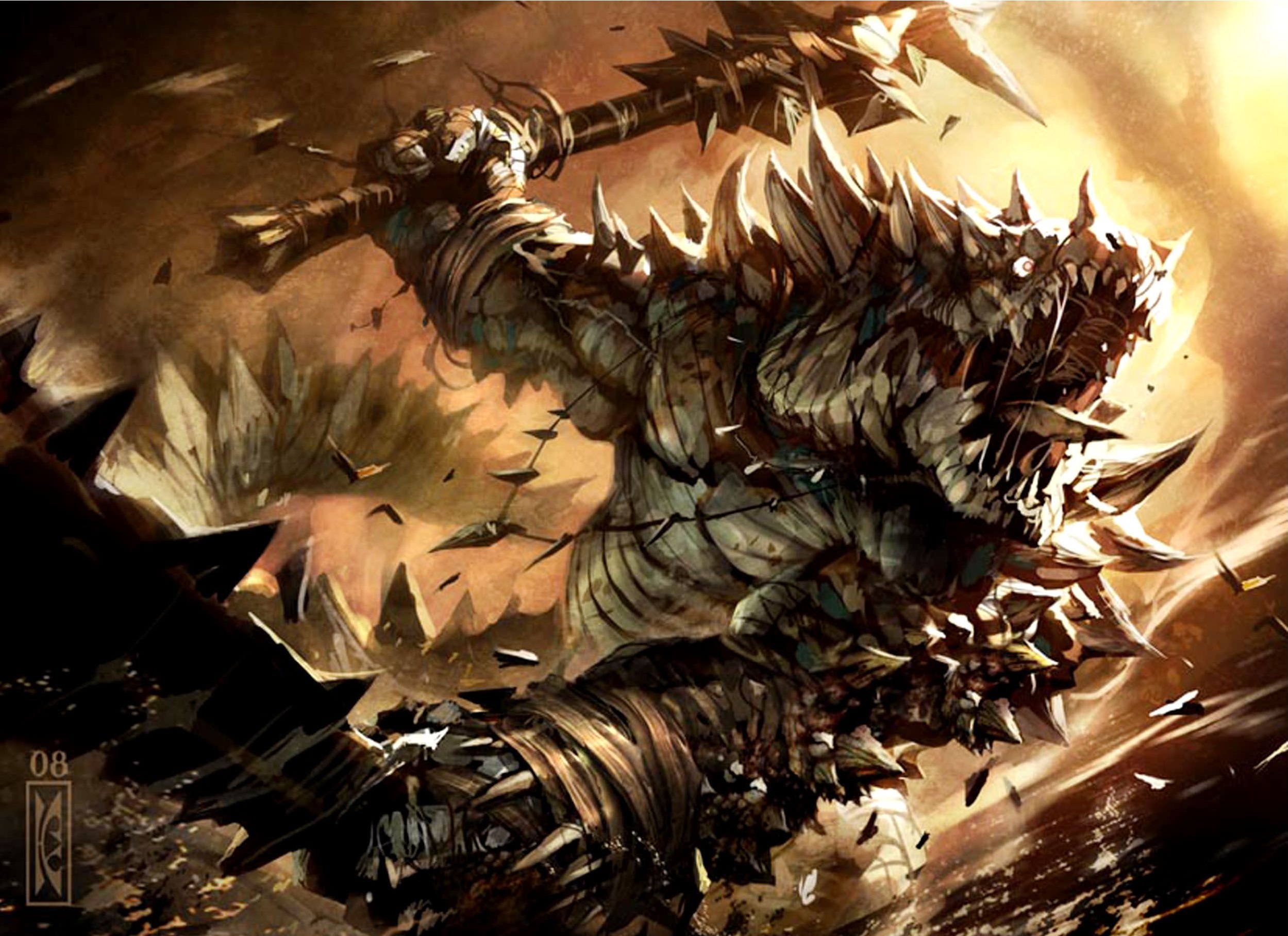
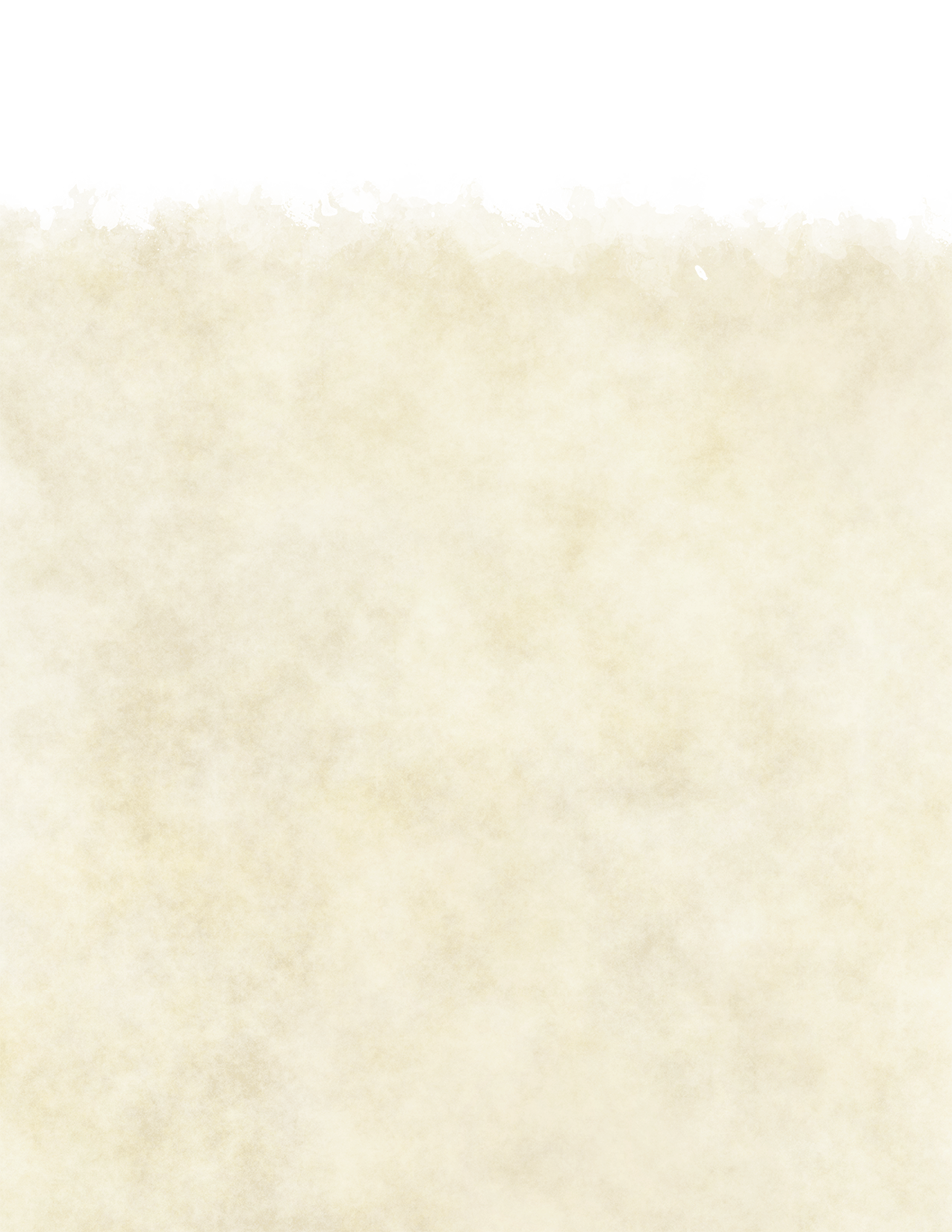
Path of the Bonebreaker
Brawlers, battleragers, gladiators, ravagers, and pugilists, Bonebreakers wield crude-but-powerful weapons older than any other: their own two fists. Seemingly impervious to pain, their bone-shattering blows can dent the finest armor and sunder the hardest scales. To a Bonebreaker, magic and weapon alike can never compete with a strong right hook.
Steel-Embedded Flesh
You are proficient in spiked armor. Spiked armor is light armor that weighs 20 lbs. While you wear it, your AC is 13 + your Dexterity modifier. It is primarily made from plates of boiled leather with sharp metal embedded in the surface. When worn by a bonebreaker, it deals 1d4 piecing damage to any creature that the wearer grapples, or is grappled by the wearter, at the start of each of the grappler's turns. When worn by any other character, it is considered leather armor.
You also gain proficiency in Leatherworker's Tools, and can use them to reassemble any leather or hide armor into a set of spiked armor and two cestuses during a short rest.
Furious Fists
Your unarmed strikes hit harder than any others, striking vital areas and crushing armor. At 3rd level you gain proficiency in unarmed strikes and improvised weapons. Your unarmed strikes deal 1d6 bludgeoning damage, and your attacks with a cestus (detailed in part 2) deal 1d8 bludgeoning damage. When you make a weapon attack while holding no weapons or wielding a cestus in both hands, you can make an additional melee weapon attack when you take the attack action.
Muscle Mass
Starting at 3rd level, your raw size provides an additional layer of physical defense. Whenever you would use your Dexterity modifier to calculate your AC, you can use your Strength modifier instead.
I am Unbreakable!
Starting at 6th level, your stamina in a brawl matches even the most hardened soldier. You have advantage on saving throws against being stunned or being put to sleep.
You can also use a bonus action to expend a hit die and recover the resulting HP. When you do so, you can end one condition affecting you, such as frightened or charmed. You cannot use this bonus action while incapacitated
Thorned Charge
At 10th level, when you take the dash action and move at least 30 feet in a straight line, you deal 2d4 piercing damage against all creatures in your path, and they must succeed on a Strength saving throw or be knocked prone (save DC 8 + your proficiency bonus + your Strength modifier). At the end of the charge you can make one weapon attack as a bonus action. You can charge once per rage.
Right Hook
Beginning at 14th level, the first time you damage a creature with an unarmed strike, improvised weapon, or cestus on your turn when you had advantage on the attack roll, you can treat the number rolled on the damage die as the highest possible number instead of the amount you rolled.
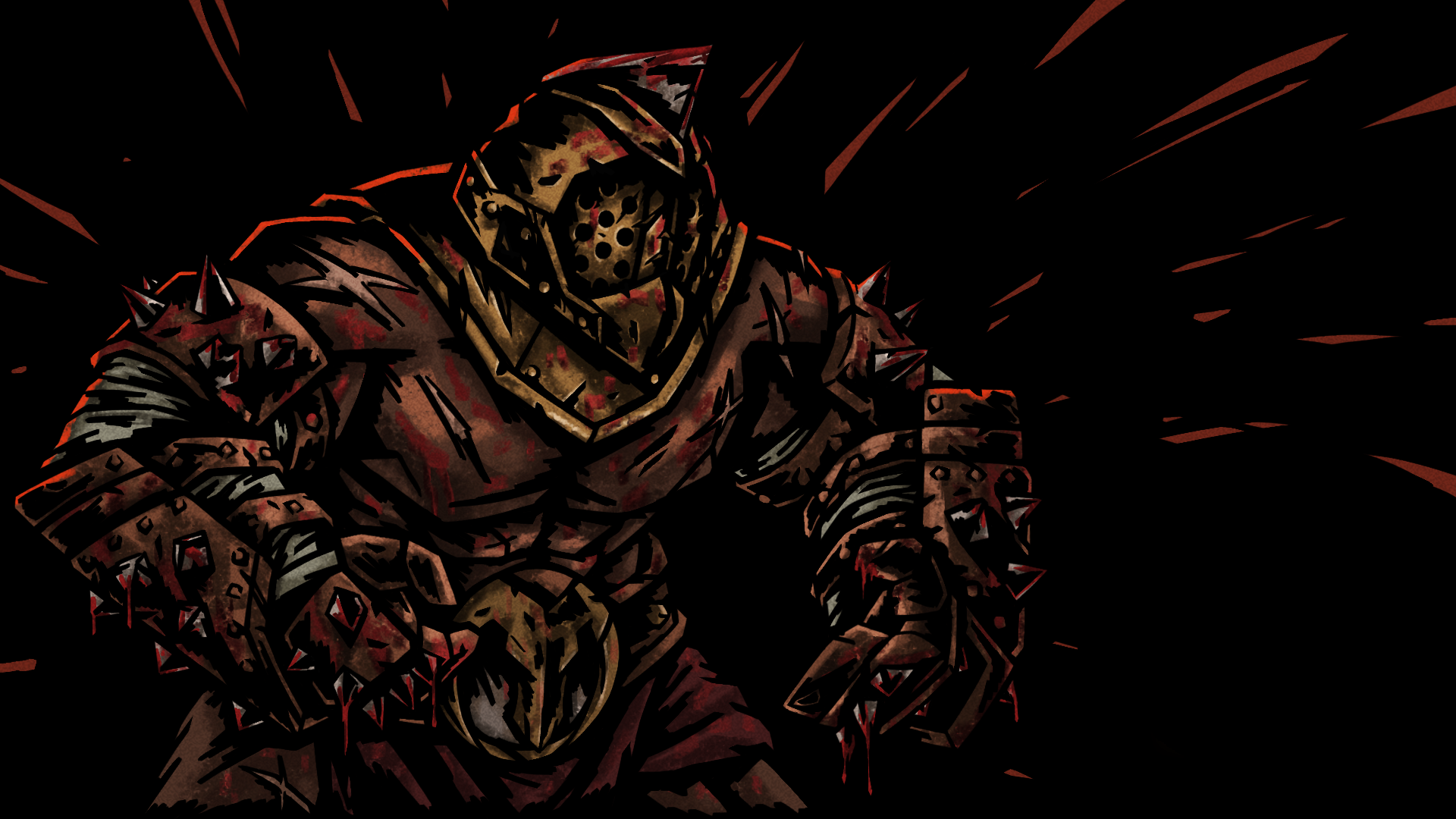
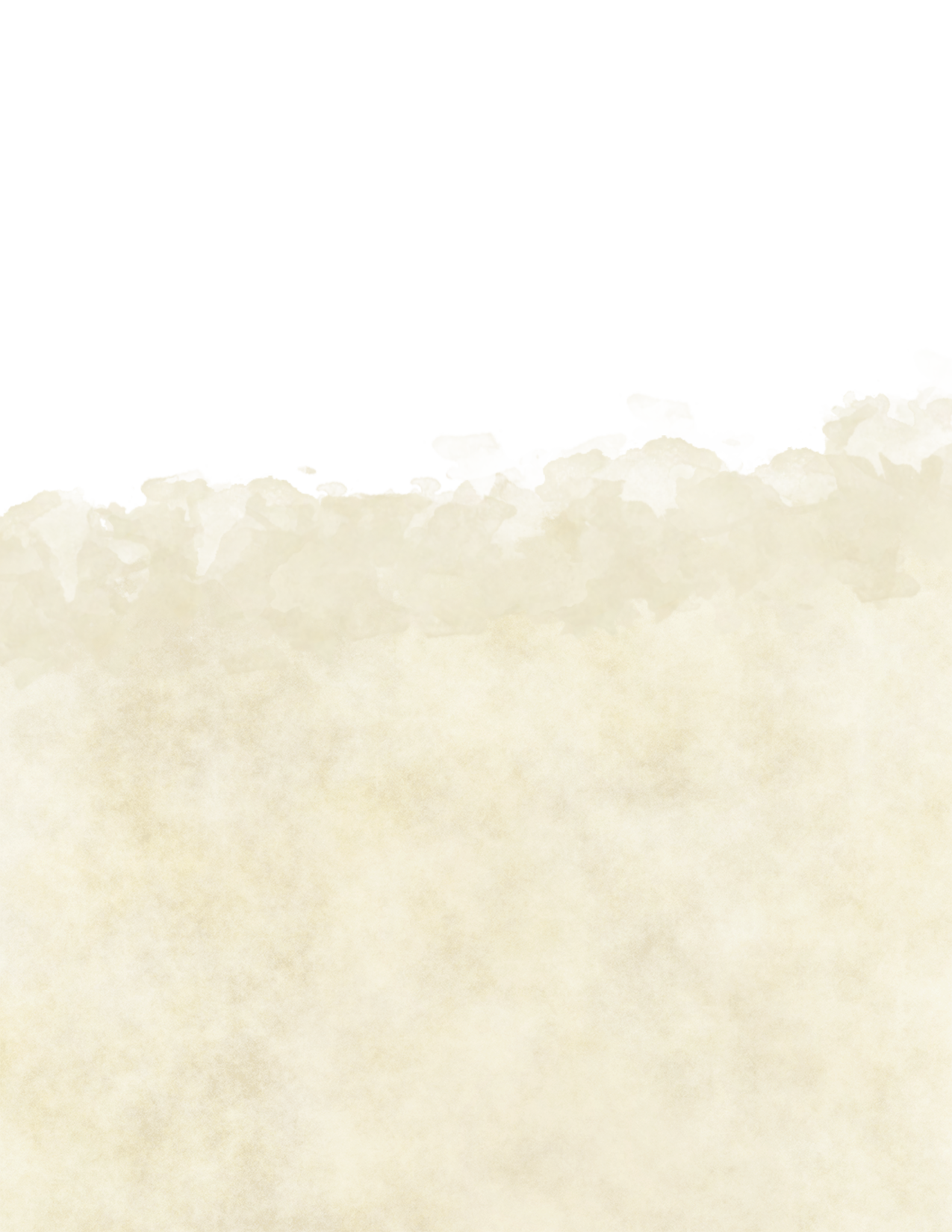
Path of the Cataclysm
All barbarians have powerful rage. Those who follow the Path of the Cataclysm have a more tangible rage than most. Theirs is a rage that bursts from them as untamed elemental fury, devastating and all-encompassing. Attuned to the the greatest extremes of natural disasters, Cataclysms train with druids or other barbarians in places where the reaches of civilization end and the truth of primal magic can be revealed. These bastions of elemental power represent the chaotic energy of the natural world at its mightiest, and wield it on the battlefield to widespread, devastating effect.
Disaster Aura
Starting at 3rd level, the power of a certain environment or phenomenon explodes from you while you rage, creating a roiling aura of elemental energy that extends 10 feet from you in every direction, though not behind total cover. The aura's radius increases to 15 feet at level 10 and 20 feet at level 14.
Choose a catastrophe from the ones listed below. Your aura gains features based on the type you choose, and you can power the element to which you are attuned whenever you gain a level in this class.
Regardless of type, all auras deal damage equal to half your barbarian level to all creatures of your choice within your aura at the start of your turn. The damage type is determined by the aura, and is considered magical damage.
When you enter a rage, and as an action while raging, you can send a surge of power through your aura, dealing 1d8 + your Constitution modifier to all creatures of your choice within it. This explosion of power deals the same damage type as your aura.
If your aura's effects require a saving throw, the DC equals 8 + your proficiency bonus + your Constitution modifier. If you can target an object, space, or creature with an aura's features, you can do so at any time during your turn, requiring no action.
Volcano. You radiate incredible heat and powerful flames, dealing fire damage and casting bright light within and 15 feet beyond the limits of your aura, and dim light for another 15. Your attunement to magma or flame spreads it to the landscape around you, superheating the ground. When you deal aura damage at the start of your turn, all creatures within 5 feet of you take twice the damage instead, or thrice the damage if they are prone.
Flood. You are a portal to the crushing weight of the ocean's depths. Your aura deals bludgeoning damage. Creatures in your aura have their jump height halved. For all creatures of your choice, the space in your aura is difficult terrain.
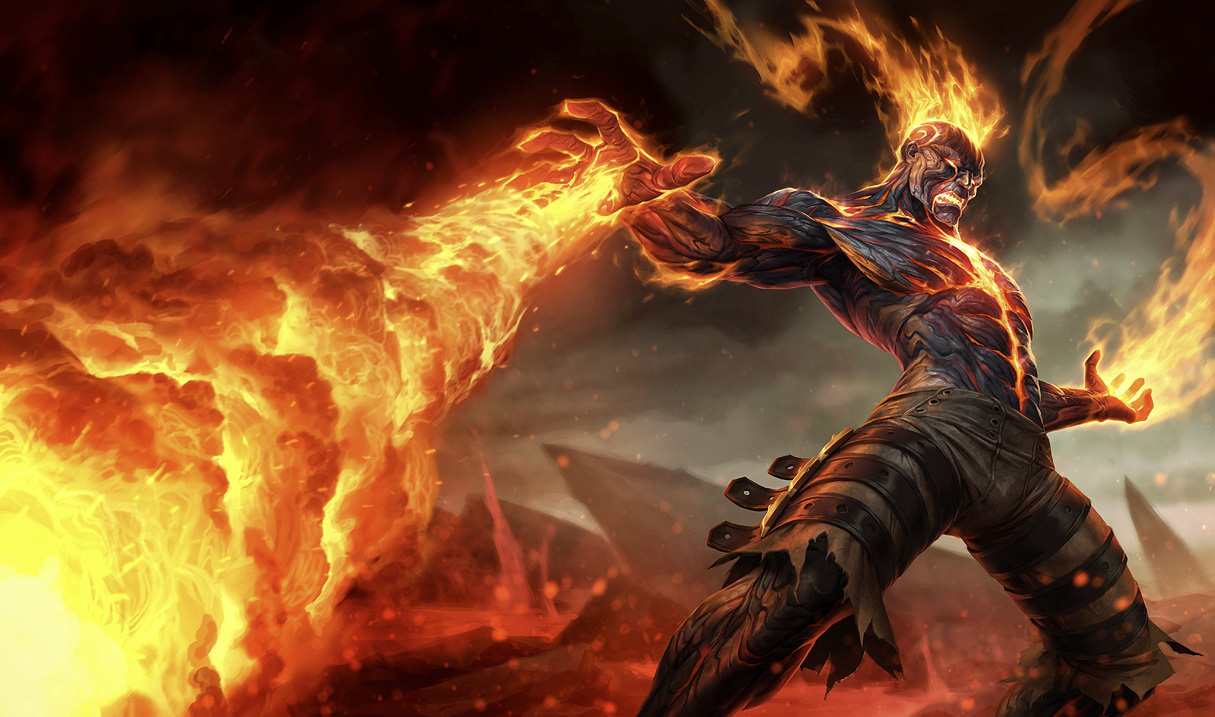
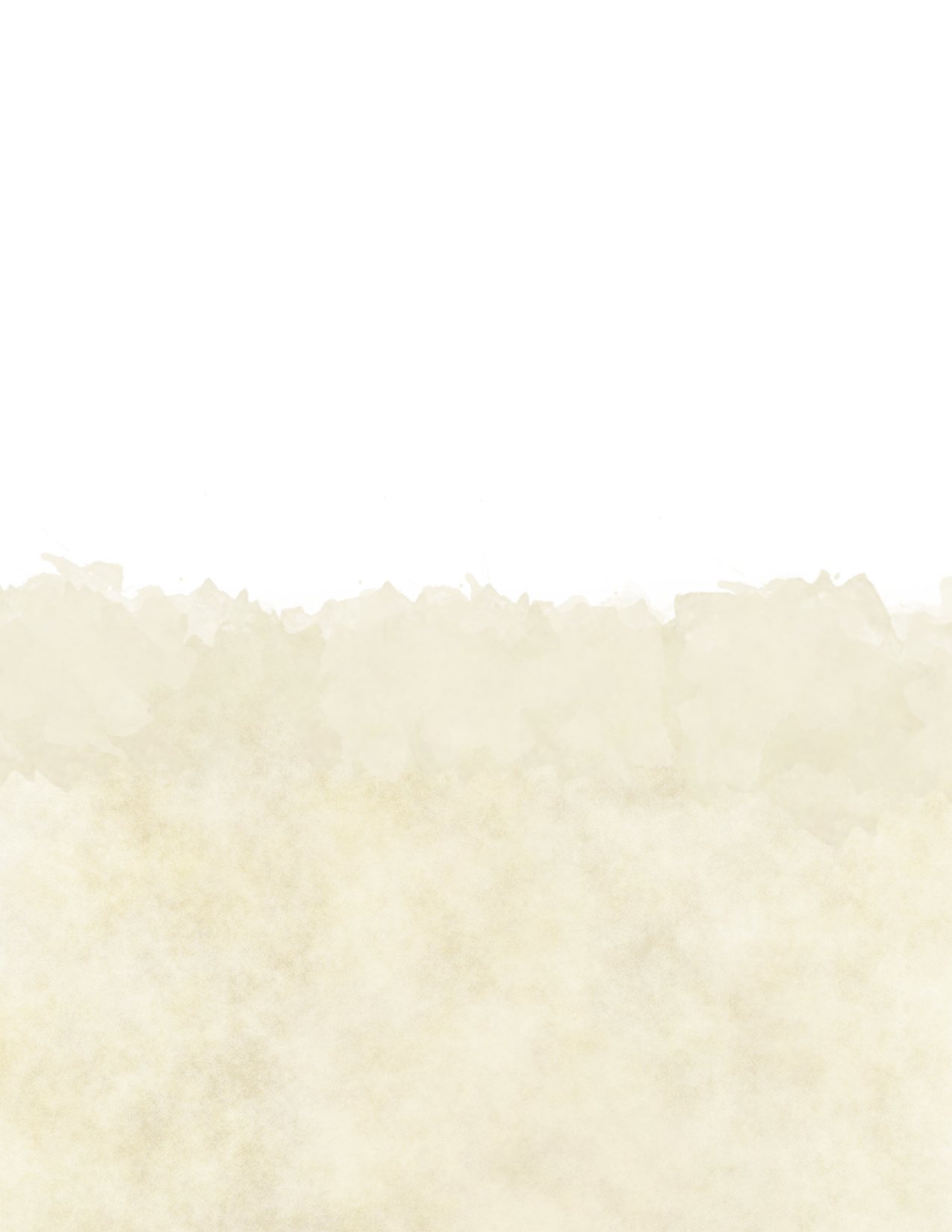
Tempest. Wind and lightning surge from your body, casting bright light within and 15 feet beyond the limits of your aura, and dim light for another 15. You deal lightning damage, and at the start of your turn you can deal doubled aura damage to a single creature of your choice. If that creature is composed of or wearing metal, you can move that creature up to 15 feet toward or away from you.
Blizzard. Winter winds and frigid snow surround you when you rage. You deal cold damage, and can use plunging temperature to sooth the flames of battle. Once per turn, you can give an allied creature of your choice a number of temporary hit points equal to your barbarian level.
Blight. You emanate miasma and disease. You deal necrotic damage, and all hostile creatures within your aura suffer disadvantage on Strength and Dexterity checks until they leave your aura as plague and parasites wrack their body.
Earthquake. Your blows carry the incredible power of shifting earth and falling avalanches. You deal thunder damage, and once per turn you can focus the tremors on a hostile of creature of your choice. That creature must succeed on a Strength saving throw or be knocked prone.
Sandstorm. Sand whirls around you, heavily obscuring creatures of your choice within your aura. You deal slashing damage, and can use your reaction to impose disadvantage on a ranged attack made within or that enters your aura.
Corona. You explode with the power of the sun. You deal radiant damage, and cast bright light in a 20-foot radius around yourself and dim light for another 20. Once per turn, you can intensify the glare for one creature, which must succeed on a Constitution saving throw or be blinded until the start of its next turn.
Omen of Catastrophe
At 6th level, your power grants you benefits even when you aren't raging.
Volcano. You gain resistance to fire damage, and don't suffer the effects of extreme heat. You can also set aflame any object that isn't being worn or carried simply by touching it.
Flood. You gain a swim speed equal to your walking speed, and can breathe underwater. You also gain darkvision up to 30 ft, or an additional 30 if you already have darkvision.
Tempest. You gain resistance to lightning damage, and suffer no ill effects such as movement penalties or vision impairment from rain or thunderstorms.
Blizzard. You gain resistance to cold damage, and ignore all drawbacks of extreme cold. You also ignore difficult terrain created by ice, slush, and snow.
Blight. You gain resistance to necrotic damage, and have advantage on saving throws against poisons and diseases.
Earthquake. You gain resistance to thunder damage, and have tremorsense within 15 feet.
Sandstorm. You don't suffer the effects of extreme heat, and can survive for three times as long as you normally could without food or water. You also gain proficiency in acrobatics.
Corona. You cannot be blinded by any means, gain darkvision within a range of 30 ft., and learn the light cantrip.
Gaia's Embrace
Beginning at 10th level, you can shield your allies not only from the power of your furious aura, but protect them against similar effects. All creatures of your choice within your aura are resistant to the damage type you deal with it.
Channel the Apocalypse
At 14th level, you can use powerful magics that personify your disaster. You learn a pair of spells determined by your chosen aura, which you can cast only while raging, though if your rage ends while you are concentrating on a spell the spell continues.
You can cast and concentrate upon these spells while raging, unlike normal spells. You also cast them without material components. You can cast each spell once per rage. You can cast either a second time, but if you do so your rage immediately ends. Your spellcasting stat for these spells is Constitution, and all are cast at 4th level if they are not a higher level.
Volcano. immolation, wall of fire.
Flood. control water, maelstrom.
Tempest. call lightning, wind wall. You are considered the source of the lightning from call ldightning , rather than the sky, and so can cast it inside. It is also considered stormy conditions when you cast this spell.
Blizzard. ice storm, wall of ice .
Blight. antilife shell, giant insect.
Earthquake. bones of the earth, earthquake.
Sandstorm. wall of sand, whirlwind.
Corona. dawn, sickening radiance.
In addition, you are immune to the damage type dealt by your aura while you are raging.

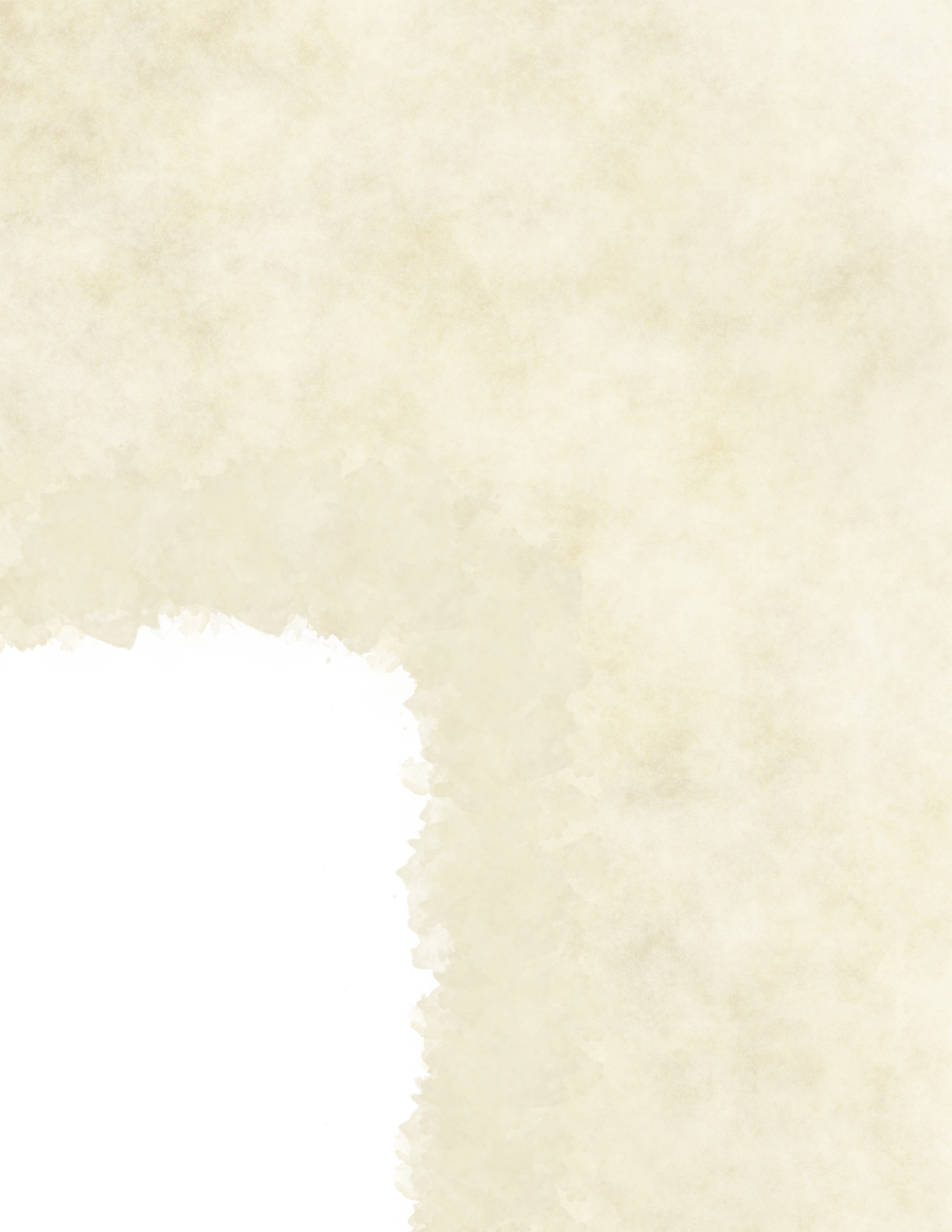
Path of the Crescendo
Those who follow the Path of the Crescendo use simple, well-practiced movements to rain blow after blow on their enemies in devastating cadence. The drums of war pound to the tempo of these barbarians' hearts, who constantly build to the next hammerblow.
Regular Violence
Every one of your blows is a drumbeat punctuating the rhythm of battle. Starting at 3rd level, when you hit a hostile creature with a weapon attack while raging, your rage damage bonus increases by 1. This bonus cannot exceed your barbarian level, and lasts until you miss an attack or your rage ends. If an enemy hits you with a melee attack, you can use your reaction to make one melee weapon attack against them.
Steady Tempo
Beginning at 6th level, you do not suffer exhaustion for traveling at a forced march until you travel more than 16 hours in one day. When you take the dash action in combat, you ignore difficult terrain and penalties to your movement speed. You also gain proficiency in drums.
Juggernaut's Accelerando
Starting at 10th level, you can charge through obstacles and barrel over enemies. When you take the Dash action, opportunity attacks against you are made with disadvantage. If you move at least 15 feet in a straight line while dashing and encounter an object or structure in your path, you can deal 6d6 bludgeoning damage to it. If it is destroyed, you continue moving with no loss in speed.
In addition, if you move at least 15 feet straight toward a creature and make a weapon attack, you can attempt to shove them prone as a bonus action before you make the attack. You count as one size larger than your actual size when making this shove. At 14th level, this increases to two sizes.
Staccato
Beginning at 14th level, you attack with such force and precision that the shockwave bursts through other targets. When you hit an enemy with a melee weapon attack, all creatures of your choice within 5 feet of the target take thunder damage equal to your current rage bonus.

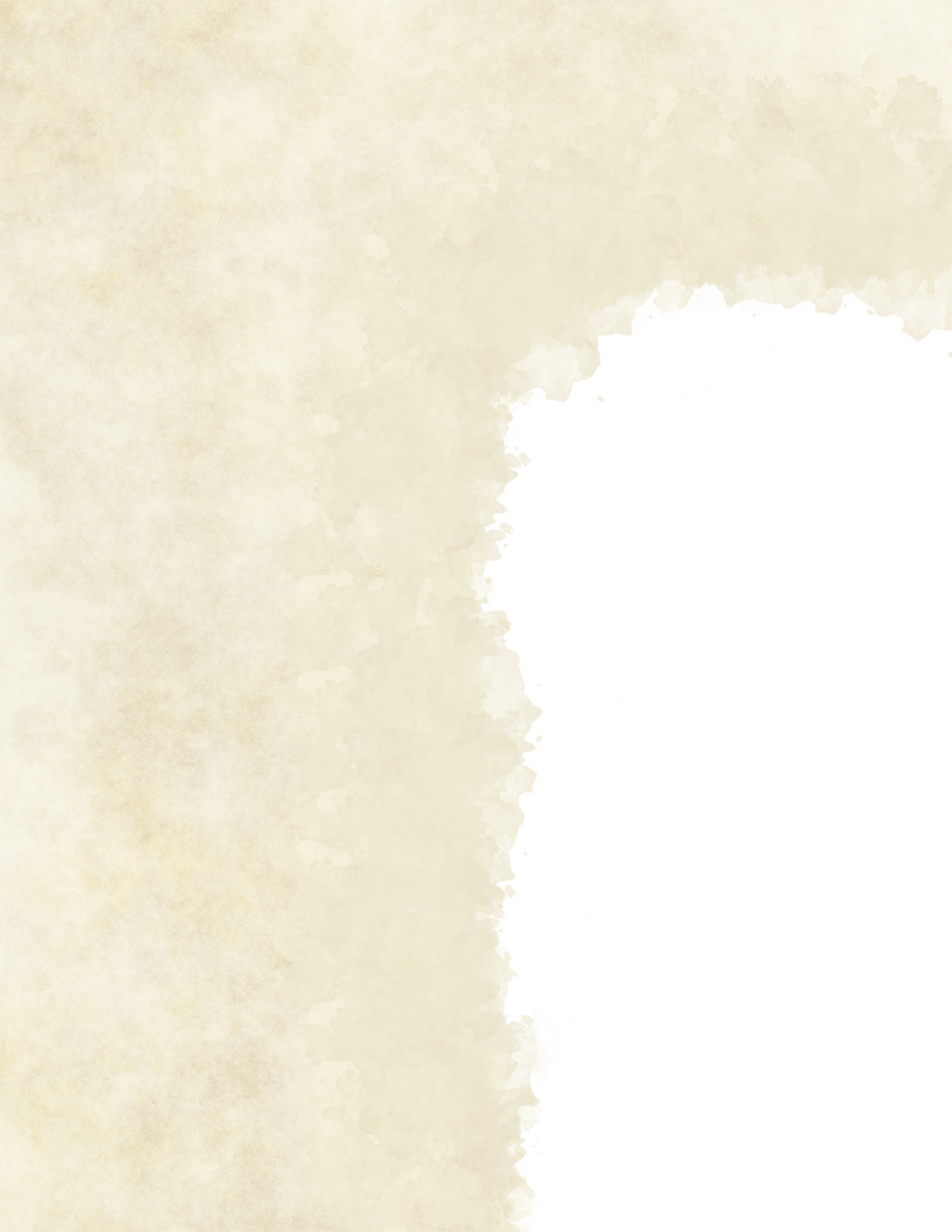

Path of the Ironclad
Titans of physical strength, they have mastered defensive combat by using civilization's greatest innovation: metal. They eschew leather and furs for heavy plate, and exchange their crude weapons for gigantic, finely-forged instruments of destruction. Those who follow the Path of the Ironclad are barbarians for a new industrial age.
Crucible of Might
More than any other barbarian, your rage is tempered by a defensive nature. Yet your strength and ability to exploit weight are unparalleled. Starting at 3rd level you gain proficiency in heavy armor, and may use all barbarian class features while wearing it. You may wield a versatile or heavy weapon in one hand as though it were held in two, though you cannot use two-weapon fighting with them. To attack with a two-handed weapon while holding it in one hand, you must use Reckless Attack. You also deal an extra 1d4 damage the first time you hit with Reckless Attack on your turn. This bonus increases to 1d6 at 10th level.
Song of Swords
You are part of a long lineage of martial creation, a history of innovation spanning millenia. And you must do your part. At 6th level, you gain proficiency in smith's tools, and can produce armor and weapons twice as quickly, at half the typical cost of supplies.
Crushing Blows
At 10th level, you can swing the heaviest weapons with a mighty heave that crushes enemies beneath them. The first time you hit a large or smaller creature with a heavy weapon after using Reckless Attack on your turn, that creature is smashed to the ground beneath your weapon and knocked prone. You can drop the weapon and leave that creature restrained under it. A restrained creature must use its action and succeed on a DC 15 Strength in order to remove the weapon from themselves and stand up. If you attack again with that weapon, they are no longer restrained but remain prone.
Unyielding
Starting at 14th level, you have learned to let your armor's weight carry your forward, even through obstacles. While you are wearing heavy armor, effects that move you against your will move you half as far, and you can power through difficult terrain without suffering penalties against your movement speed. You also have advantage on checks made to shove opponents or move objects.

Bards
Once, players disregarded bards among the weakest of character classes, scarcely worth mentioning. In this edition, though, they stand among the best. The sheer versatility of their performative powers and magical might make them truly dangerous. Both of the Colleges presented here are oriented towards combat.
The College of Passion can take many paths, but all support their allies and magically entrance their enemies.
The College of the Voice indulges in no sensual subtleties. Instead, it magnifies the already-explosive magical power of a bard's voice by a hundredfold.
College of Passion
Through your weapons and your words, you incite fervor in others. Whether attraction or lust, rapture or enthusiasm, in battle you use a combination of grace, dance, and the subtleties of romantic magic to beguile and bewilder.
Untarnished Beauty
Starting when you take this archetype at third level your Armor Class equals 10 + your Dexterity Modifier + your Charisma modifier when you are not wearing armor.
Lovestruck
When you enter this college at level 3, choose one of the following styles of combat concupiscence. When you reach 6th and 14th levels, you gain the new feature from the same style that you chose before.
Cupid. You gain proficiency in greatbows, longbows, and recurve bows. When you damage a creature with one of these weapons (or a shortbow) you can use a bonus action to expend a use of your bardic inspiration and force your target to make a Charisma saving throw against your spell save DC. On a failure, they are charmed by one creature of your choice that they can see for 1 minute, or until that creature damages the target. While charmed in this way, they are also paralyzed.
Pole Dancer. You gain proficiency in glaives, guisarmes, halberds, lucernes, pikes, pollaxes, and spears. While you are wielding one of those weapons (or a shortspear or boar spear) and you grant bardic inspiration, the creature receiving it gains temporary hit points equal to twice your Charisma modifier + your bard level.
Seven Veils. You gain proficiency in scimitars. When wielding a scimitar in each hand, you can use an action to force a creature hostile to you to make a Wisdom saving throw against your spell save DC. On a failed save, they are charmed by you. You can then use a bonus action to make one attack with a scimitar, as though you were two-weapon fighting. You have advantage on attacks against creatures charmed by you, though the charm ends after you damage them. You can also use accessories on your person as spellcasting foci, such as ribbons, veils, scarves, and shawls.
Regardless of which feature you chose, you can use the weapons you gained proficiency in as a spellcasting focus, and can use your Charisma modifier instead of Strength or Dexterity on attack rolls (but not damage rolls) made with those weapons.
Extra Attack
Beginning at 6th level, you can make two weapon attacks instead of one when you take the attack action on your turn, so long as you are wielding one of the weapons detailed in the feature you chose from Lovestruck.
Killing With Kindness
At 14th level, you gain a new feature based on your choice at level 3. You must be holding a weapon listed in your choice of Lovestruck to use these features.
Pole Dancer: Reinvigoration. You can use your action and expend a spell slot of 3rd level or higher to perform a dance weaved with magic that reinvigorates one friendly creature of your choice. That creature can use its reaction at the end of your turn to take the dodge, attack, cast a spell, or use an object actions.
Cupid: Love's Wings. You can expend a spell slot of 3rd level or higher to sprout massive feathered wings from your shoulders, granting you a flying speed of 60 feet for 1 minute.
Seven Veils: Gossamer. You can use a spell slot of 3rd level or higher to draw on illusion magic and pull it around your body. You teleport to any point within 60 feet and make two weapon attacks against a creature of your choice. You have advantage on both attack rolls.
College of the Voice
"Words carry weight. Mine moreso than yours."—anonymous bard.
You are not a paltry singer or teller of tawdry tales. Your voice is your instrument, ancient words your performance. Those born with the power to join the College of the Voice carry the uncanny power to make their words reality by screaming nature into submission. Through bellowed incantations, you change the world around you to suit your whims.
Shouts
At 3rd level, the power of your voice adds new spells to your arsenal and alters your existing ones. You can learn the spells on the shouts table when you reach the appropriate level in this class, and if they are not bard spells already they are considered bard spells for you. They do not require material or somatic components. If they do not have a verbal component, one is added, and the sound of your voice when you cast these spells booms outward. All creatures within 300 feet hear you when you cast a spell on the shout table. In addition to spell slots, you can expend a bardic inspiration die to attempt to cast one of these spells. Roll the die. If the number is at least the number of the spell slot of the spell you are attempting to cast, you cast it. Whether or not you successfully cast the spell, the inspiration die is expended. You cannot use this feature to cast spells of a higher level than you have slots.
Spells marked with a * on the table are already on the bard spell list.
| Bard Level | Spells |
|---|---|
| 1st | animal friendship, faerie fire* |
| 3rd | calm emotions* , dragon's breath, earthbind |
| 5th | lightning bolt, fear* |
| 7th | dominate beast, stoneskin |
| Bard Level | Spells |
|---|---|
| 9th | dominate person, hold monster* |
| 11th | soul cage, tenser's transformation |
| 13th | whirlwind, etherealness* |
| 15th | dominate monster*, control weather |
Tongue of the Ancients
At 3rd level, you choose the language from which your shouts are formed. You learn one of the following languages: Abyssal, Celestial, Draconic, Deep Speech, Infernal, Primordial, or Sylvan. When you use one of your Shouts, you speak the verbal component in this language.
Thundering Yell
At 6th level you can project your voice as a weapon. As an action, you expend a 1st-level spell slot and force each creature in a 30-foot cone to make a Constitution saving throw against your spell save DC. Creatures that fail take 2d8 thunder damage, are shoved 10 feet away from you, and fall prone. On a success they take half damage and are not moved or knocked prone. For every spell slot higher than 1st, the damage increases by 1d8 and the distance by 10 feet.
Shout from the Mountaintops
Starting at 14th level, the power of your shouted spells reaches new levels. When you cast a spell listed on the shout table or use Thundering Yell, you can expend a use of your bardic inspiration die and add the amount rolled to your spell save DC for the first save one creature of your choice makes against that spell.
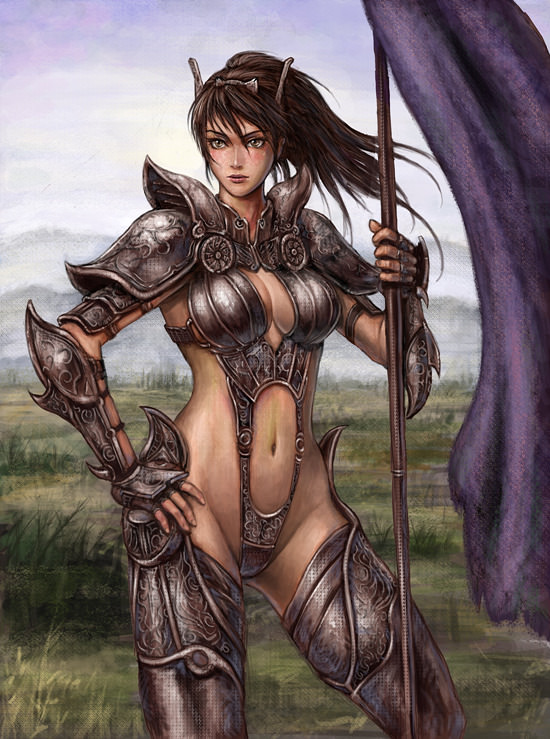
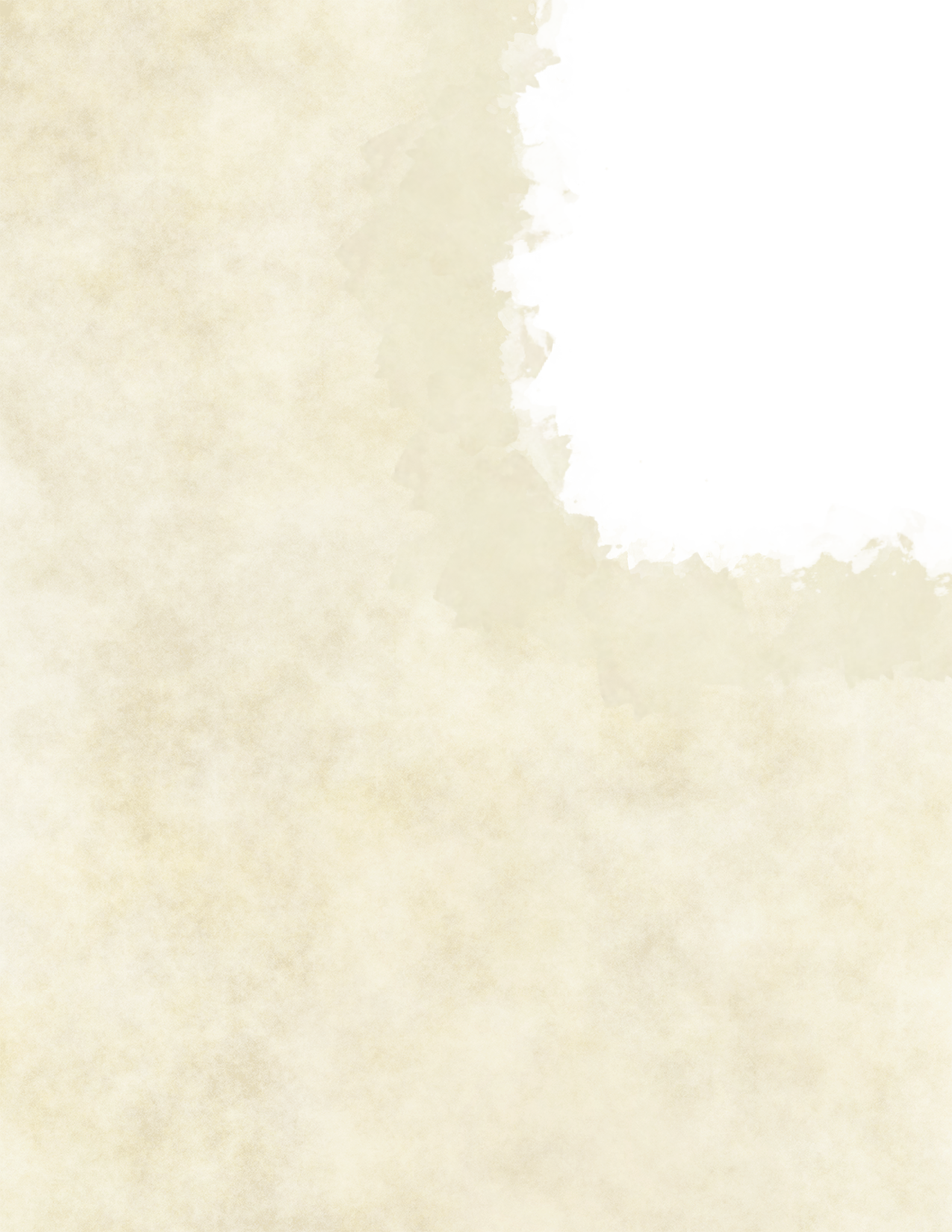
One of the best-designed and most versatile classes, clerics need little help, but the sheer variety of divine powers mean that clerics have a home in almost any themed document. Perfectly suited to the new poison rules listed later in this supplement, the toxin domain is a master of crippling debuffs and poisoned blades alike. They fight best at close range, but are no stranger to keeping their distance, either.
Divine Domain: Toxin
You have entered the service of one of the gods of poisoning, venom, and intoxication. These gods, which include Lolth, Dionysus, Talona, Achlys, and Zehir, value a variety of ideals, but all share a love of substances that twist the senses and damage the body. The burning pains of acidic venom, the dulled joy of drunkenness, and the potent sting of a snakebite all fall under this domain, as does the gleam of fluid on an assassins' knife or the bubbling of a hag's brew.
Domain Spells
| Cleric Level | Spells |
|---|---|
| 1st | ray of sickness, malice of arachia |
| 3rd | Melf's acid arrow, protection from poison |
| 5th | serpent's bite, stinking cloud |
| 7th | confusion, serpentine ward |
| 9th | cloudkill, contagion |
If your DM has not approved the use of the 3rd-party supplement The Compendium of Forgotten Secrets: Awakening, replace malice of arachia with detect poison and disease, serpent's bite with slow, and serpentine ward with vitriolic sphere.
Bonus Proficiency
At 1st level, you gain proficiency with heavy armor, martial weapons, and Poisoners' Kits.
Concoctive Acolyte
Your divinely inspired knowledge of intoxicants allows you to craft familiar concoctions with holy magic. Starting at 1st level, you ignore the specific material components required to craft toxins such as Wyvern Venom and Purple Worm poison; instead your god empowers you to enchant mundane materials with the same effects. Your prayers also enhance the potency of your poisons—you can use your Cleric spell save DC instead of the listed DC for poisons that you have crafted. You are also magically inured to the effects of poison; you have advantage on saving throws against poison and resistance to poison damage.
Creeping Death
Starting at 1st level, the venom coursing through your enemies' veins blazes like a beacon and guides your attacks. You have advantage on attack rolls against poisoned creatures.
Channel Divinity: Fangs of Steel
At 2nd level, you can use a bonus action to coat a weapon you're holding with the ichor of your god with a use of your Channel Divinity. For the next minute or until you are incapacitated, the target of successful melee attacks you make with that weapon must make a Constitution saving throw against your spell save DC or be poisoned for the next minute. The creature repeats the saving throw at the end of each of its turns, ending the poison on itself and becoming immune to Fangs of Steel for the next 24 hours on a success.
Alternatively, you can use this feature to deal an extra 1d8 acid damage with attacks you make with that melee weapon. This effect ends after one minute or until you are incapacitated.
Fulminated Vitality
Starting at 6th level, serving as a conduit for your deity's poisons has inured you to the effects of all toxins. You gain immmunity to poison damage and the poisoned condition.
Channel Divinity: Noxious Anointment
At 6th level, you can use a bonus action and one use of your channel divinity to weaken the innate resistances of your foes by bringing them directly to the noisome attentions of your god. All hostile creatures within 30 feet of you lose any resistances to poison damage and have disadvantage on saving throws against being poisoned for 1 minute.
At 10th level, affected creatures course with holy venom. Noxious Anointment removes immunity to poison damage and the poisoned condition for the duration.
This feature cannot affect constructs or incorporeal creatures like ghosts or shadows.
Divine Strike
At 8th level, you gain the ability to infuse your weapon strikes with poison. Once on each of your turns when you hit a creature with a weapon attack, you can cause the attack to deal an extra 1d8 poison damage to the target. When you reach 14th level, the extra damage increases to 2d8.
Font of Miasma
At 17th level, your deity's power has imbued you with toxicity to such a degree that you actually benefit from harmful chemicals. Drinking a poison or taking poison damage restores hit points equal to the amount of damage you would take in one turn of suffering the poison. If a poison deals damage over multiple turns, you only restore that HP once, because you cannot be poisoned and therefore suffer no effects over time.
For example, you can drink a dose of Purple Worm Poison and and heal 12d6 damage.
When a friendly creature you can see within 60 feet of you takes poison damage, you can use your reaction to confer this benefit onto them.
The Circle of the Boundary provides druids with a melee combat option that doesn't rely entirely upon wild shape or fungal infusion. Wearing steel armor and weapons and spells that cripple their enemies or reshape the land as they see fit, they are the perfect keepers of balance.
Circle of the Boundary
Nature never stops evolving. Members of this circle know they must do the same if they are to survive a world of fire and steel. They walk the line between nature and civilization and use the greatest weapons of both to preserve the fragile balance between the two.
Manufactured Carapace
Starting at 2nd level, you forsake the druidic taboo against
metal armor and gain proficiency in heavy armor and martial weapons. When you transform using Wild Shape any armor you wear becomes barding for your animal form, which gives the same Armor Class. Your Wild Shape allows you to become a beast with a CR as high as 1/4 your druid level, though must abide by the other limitations on the Wild Shape table. Finally, you gain proficiency in one tool of your choice and in one of Insight, Deception, or Persuasion.
Circle Spells
You gain the spells below, at the level listed on the table. They are always prepared, and do not count against the number of spells you have prepared. If they do not appear on the druid spell list, they are considered druid spells for you.
| Druid Level | Circle Spells |
|---|---|
| 3rd | blur, magic weapon |
| 5th | haste, plant growth |
| 7th | guardian of nature, stone shape |
| 9th | passwall, steel wind strike |
Verdict of the Unseelie
At 2nd level all things fall to your jurisdiction. You can use an action and expend a druid spell slot of first level or higher to create one of the effects below. If the effect requires a saving throw, it uses your druid spell save DC.
Breached Foundations. For one hour you bring the forces of decay upon buildings and edifices. You target up to five 30-foot cubes of a structure, which destabilize and collapse, or become overgrown by vegetation.
Clear the Brush. Nonmagical plants in a 60 ft. radius around you wither, die, and rot away over the course of 1 minute. You can dispel magically-grown plants, such as those created by entangle or spike growth, as an action.
Dulled Swords. One creature you can see within 60 feet of you must make a Constitution saving throw. If it fails, every time it deals damage its attacks take a cumulative −1 penalty to attack and damage roll. This penalty cannot exceed a value greater than your Wisdom modifier and lasts for 1 minute.
Claws of Iron. For the next hour, your weapon attacks in humanoid and Wild Shape forms gain a +1 bonus to hit and damage, and are considered magical for the purposes of overcoming damage resistance.
Thin the Herd. One creature you can see within 60 feet of you must make a Wisdom saving throw. If it fails, every successful weapon attack made against it deals a cumulative +1 damage. This bonus cannot exceed your Wisdom modifier, and lasts for 1 minute.
Warden's Magic
Starting at 6th level, when you use your action to cast a druid cantrip, you can make one weapon attack as a bonus action. You can cast druid cantrips and use this feature in Wild Shape, and can perform the verbal and somatic components of cantrips in animal form.
Apex Predator
At 10th level, when you choose a foe to stalk, their doom is inevitable. When you target a creature with Thin the Herd or Dulled Swords, it is cursed by you whether it succeeds or fails its saving throw. A creature you have cursed has disadvantage on saving throws against your spells, or on attack rolls against you, for 1 hour.
Shaper of the Balance
At 14th level diverse materials become one and the same to you. Whenever you cast a spell that affects wood, vegetation, stone, soil, or metal, it affects any of those materials instead of those listed in the spell.


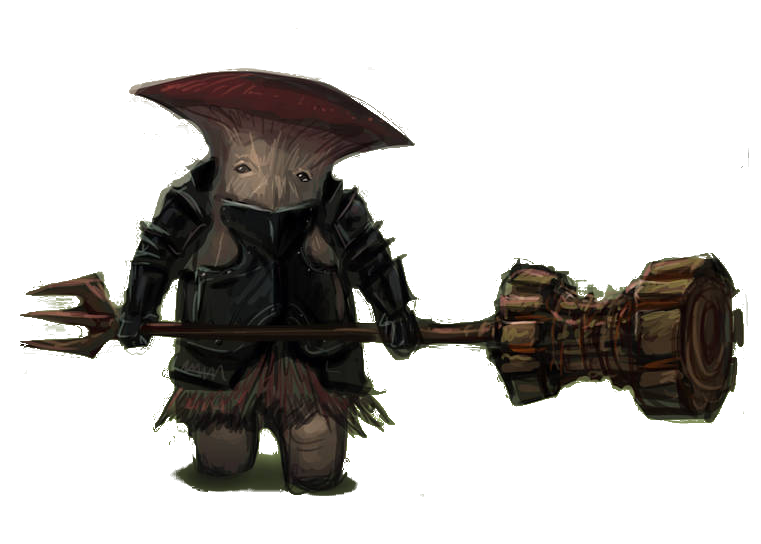
Fighters
Some think Fighters are a base, to be used until their player graduates to something more specialized. I reject that notion, and propose that fighters can be just as fun, complex, and powerful as any other. For that reason, they are the focus of this supplement.
Bannerlords take the mounted prowess of cavaliers and combine it with a supercharged version of the Purple Dragon Knight's supportive powers to become a powerful mounted leader.
Bastions are born from Cavaliers' defensive abilities and the Dwarven Defenders of old as a defender of the party and the people, not necessarily themselves.
Cataphracts embody the ideal of heavy cavalry and detemrined soldiers' marches on long campaigns. They ride their enemies down only to whirl away and do it again.
Dervishes whirl over the battlefield. They leap through the fray, and destroy foes foolish enough to cluster together.
Dragoons combine two of the three common definitions of the word for fantasy classes—a draconic knight, and a leaping, spear-wielding warrior. The end result does not include the real-life heavy cavalry, sad to say.
The Exemplar revises the Champion, which the Brute's release suggested was necessary. It remains simple to play, but takes a new place as the quintessential warrior who makes any combination of weapons viable. Regardless of situation, they are competent.
The Firebreather creates persistent area of effects on the battlefield, a tactic previously closed to fighters. To them combat is a performance of deadly skill and careful control.
Mage Knights are Eldritch Knights with a few small tweaks to improve their blend of magic and might.
Manhunters select a single target and hunt them down without mercy. They are ruthless, fiercely perceptive, and deadly in one-on-one combat. They hunt just as well outside fights as in, and are an excellent choice for fighters in search of activities removed from combat.
The Sharpshooter archetype from Unearthed Arcane worked fine, but added static bonuses to an already impressive playstyle and little else. This revision gives them customization, and a new identity as performers.
Spellscorn work best in a campaign with a plethora of magic items and spellcasting enemies, where they counter the greatest threads the world can offer. This archetype cuts through the weave just as easily as a monster's flesh.
Spellslingers revise the Arcane Archer, which for many levels lost its entire subclass after firing two powerful shots. This version retains those shots, but gives them flexibility only seen before in cantrip-slinging spellcasters. It also discards bows for all ranged weapons.
Swordmasters, like gunslingers, are too iconic to omit, though weapon-neutral archetypes are preferable. This version prioritizes accuracy and finesse rather than raw strength.
Varangians cripple their foes before killing them outright. They also dabble in teamwork, for raiding is a group affair.
The Warlord, a popular past archetype, supports and guides their allies into tactical battlefield positions and coordinate the party's attack.

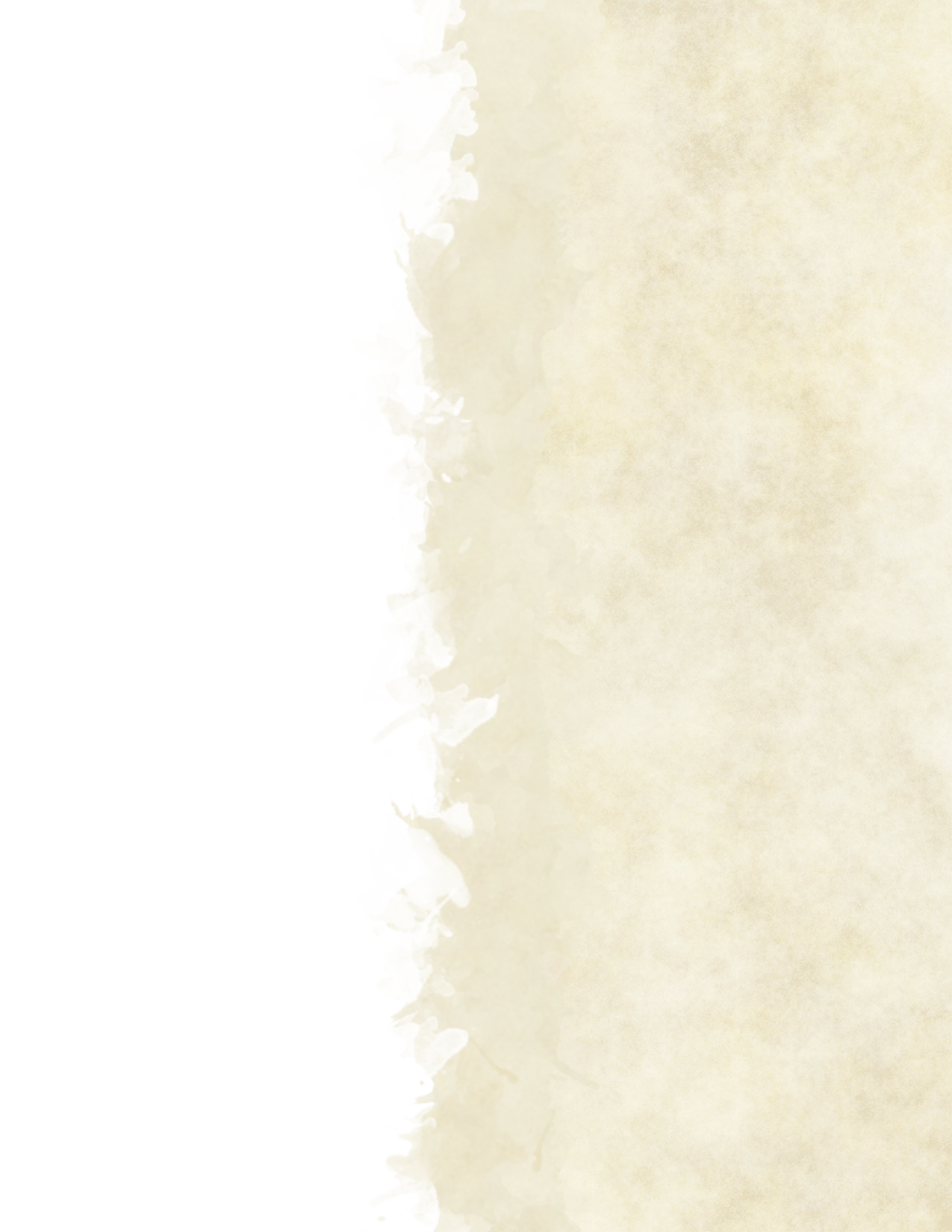 .
.

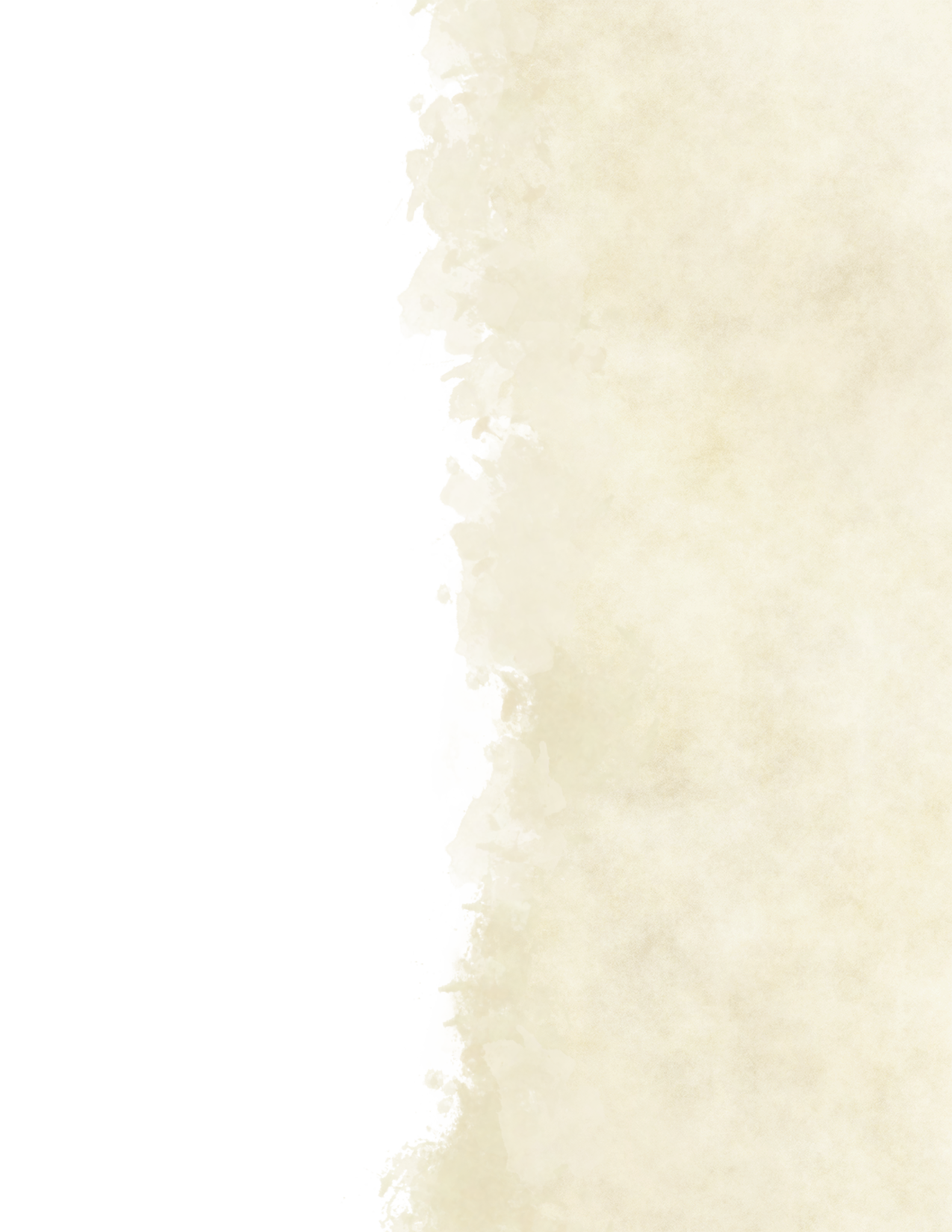

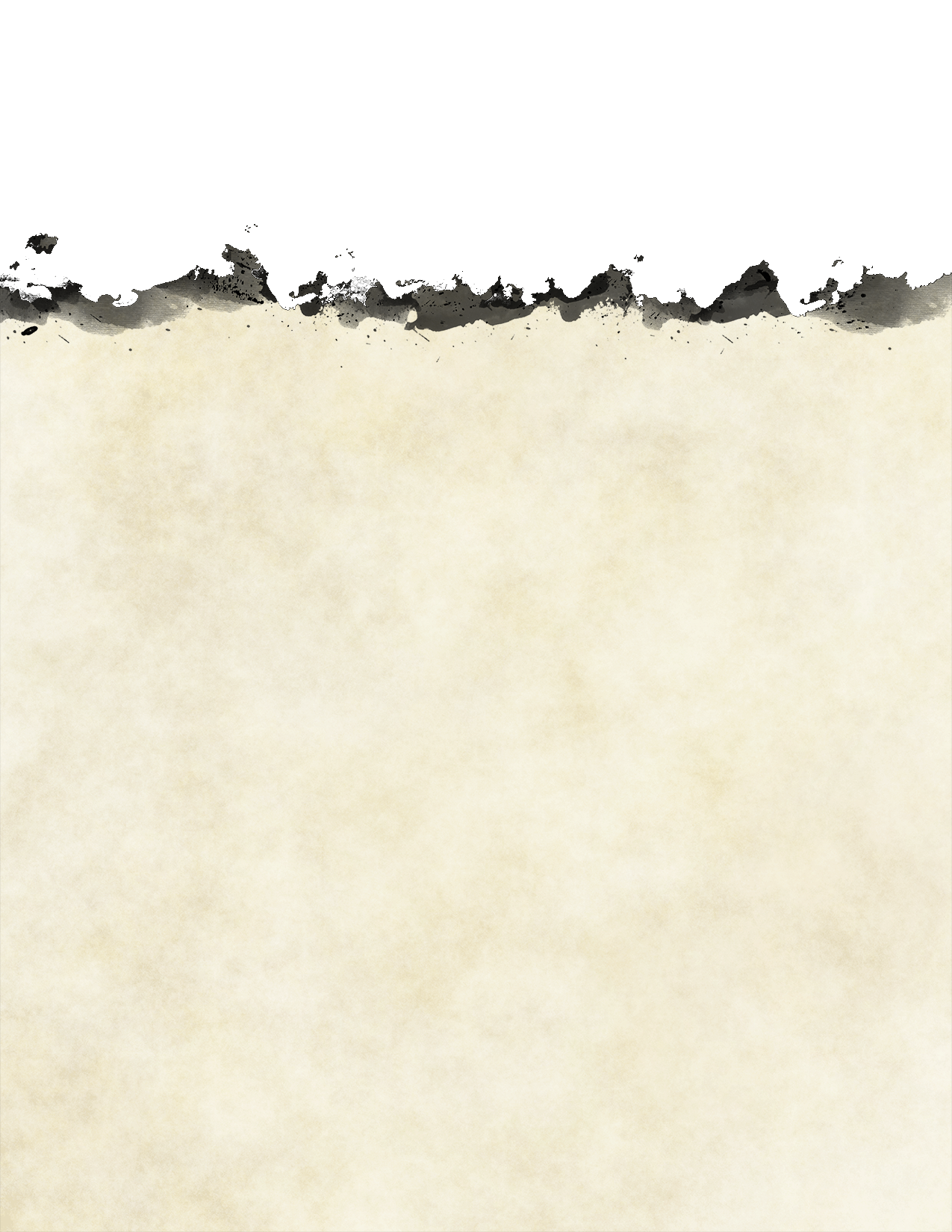
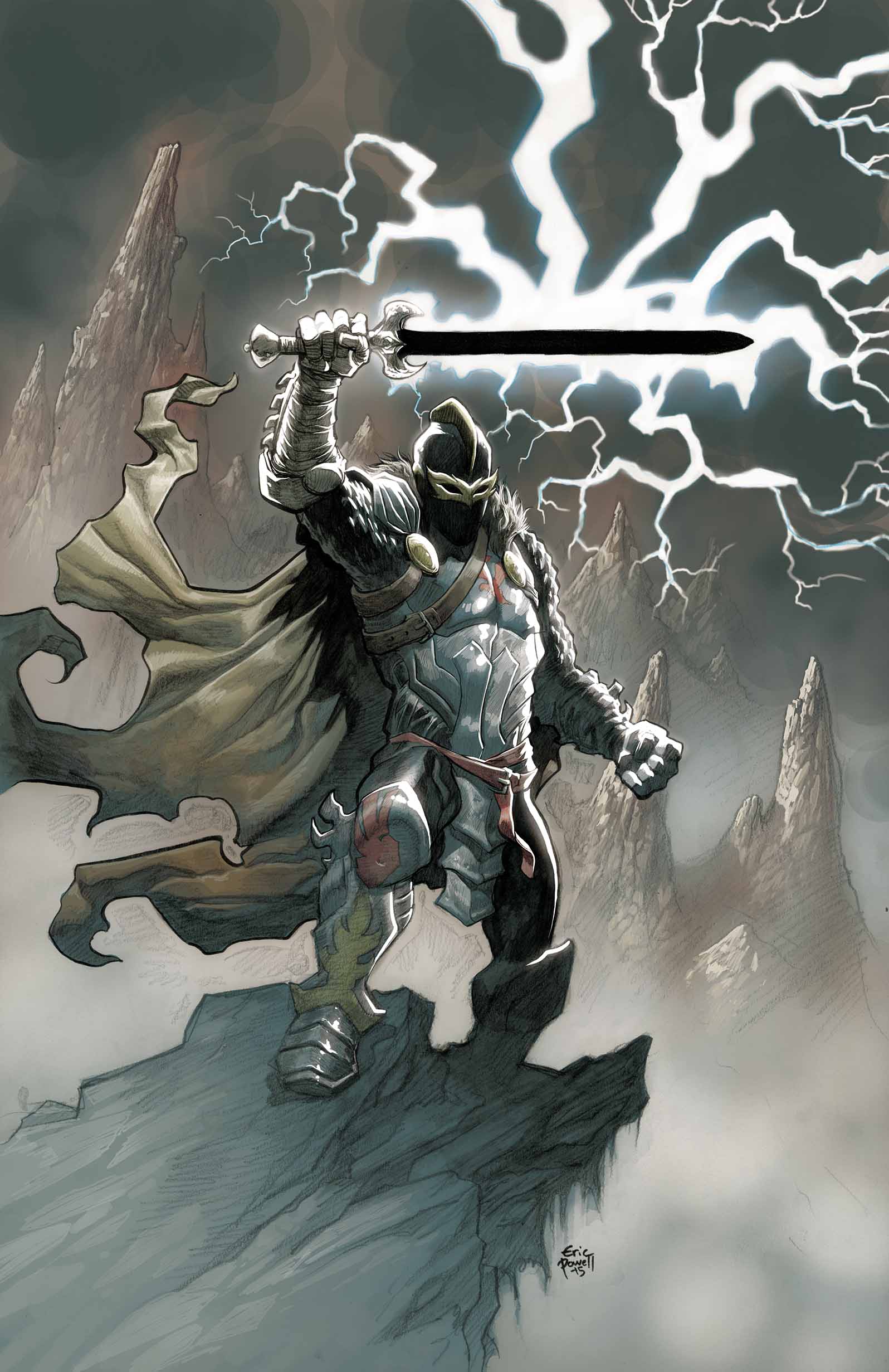

Blinding Shot. You weave illusion magic into your attack, creating a brilliant burst of elemental energy. The creature hit by the attack takes an extra 2d6 damage, and must succeed on a Constitution saving throw or be blinded until the start of your next turn.
Bursting Shot. You imbue your attack with power drawn from the school of evocation. Immediately after the attack hits the creature the projectile detonates. The target and all other creatures within 10 feet of it take 2d6 additional damage.
Grasping Shot. When this attack strikes its target, conjuration magic creates a mass of elemental chains around it. The creature hit by the attack takes an extra 2d6 damage, its speed is reduced by 10 feet, and it takes 2d6 damage the first time on each turn it moves 1 foot or more without teleporting. A creature can use its action to remove the chains from the target with a successful Strength (Athletics) check against your Arcane Shot save DC. Otherwise, the chains last for 1 minute or until you use this option again.
Phasing Shot. You use transmutation magic to give your attack an ethereal quality. When you use this option, you don't make an attack roll. Instead, the attack shoots forward in a line 1 foot wide and 30 feet long. The attack passes harmlessly through objects, ignoring cover. Each creature in that line must make a Dexterity saving throw. On a failed save, a creature takes damage as if it were hit by the attack, plus an extra 1d6 damage. On a successful save, a target takes half as much damage.
Ricocheting Shot. Using divination magic, you know where to aim so the projectile strikes multiple targets. When you use this option, you don't make an attack roll. Instead, choose up to three targets you can see within range. Each target must be within 30 feet of at least one other target. The projectile flies toward one of the targets, moving around corners if
necessary, and all but full cover. After striking the target, it flies towards and strikes the other two. Each target must make a Dexterity saving throw, taking damage as if it were hit by the projectile on a failed save, or half as much damage on a success.
Weakening Shot. You weave necromantic magic into your attack. The creature hit by the attack takes an extra 2d6 damage. The target must also succeed on a Constitution saving throw, or the damage dealt by its weapon attacks is halved until the start of your next turn.


Rogues
Elusive and evasive, rogues are masters of many talents and move in many spheres. Their archetypyes categorize and specialize them even further, and for the most part do a marvelous job of it.
Chameleons are masters of concealment. Unlike every other rogue, they can hide in plain sight and strike from anywhere. The emulate their namesake lizard in other respects, with poison and highly-advanced eyes.
Infiltrators combine the best parts of Assassin and Mastermind. The former was powerful but limited to special circumstances, while the latter struggled to keep pace in combat but did several of the assassin's tasks better. The new archetype born from both combines their strengths.
Windblown emphasize swiftness and hit-and-run tactics. Whether the wind truly protects them is left up in the air.
Chameleon
Most rogues can hide, but few hide in plain sight. From mere disguises to physical changes in color, Chameleons master covert skills both mundane and magical to immerse themselves into any situation and strike at a moment's notice.
Analyze Target
Starting at 9th level, if you spend at least 1 minute observing or interacting with another creature outside combat, you can learn certain information about its capabilities compared to your own. The DM tells you if the creature is your equal, superior, or inferior in regard to two of the following characteristics of your choice:
- Dexterity
- Intelligence
- Wisdom
- Charisma
- Class levels (if any)
- Hit Points
At the DM's discretion, you might also realize you know a piece of the creature's history or one of its personality traits.
Undercover
At 13th level, you can create a false identity by spending three hours considering facets of your new persona such as mannerisms, speech patterns, and clothing. If you spend at least 1 hour observing these features in an existing humanoid you can instead mimic that person instead. The identity also includes letters of introduction, forged certifications, appropriate clothing, etc. This disguise is indiscernible to the casual observer, and you have advantage on Charisma (Deception) checks to maintain it when questioned.
Backstabber
At 17th level, it is impossible to tell through magical means whether you are lying, and checks made to discern the truth of your statements are made with disadvantage. Magic cannot compel you to tell the truth, and your mind cannot be read through any means. The first time you damage a creature that regards you with affection or considers you an ally, you have advantage on the attack and forgo damage dice. Instead, you roll the maximum possible amount of damage.
When you damage a creature that is surprised, it must make a Constitution saving throw (DC 8 + your Dexterity modifier + your proficiency bonus). On a failed save, double the damage of your attack against the creature.
Windblown
Some people train from youth to be fast. Others use magic to enhance their speed. And still others have an apparently supernatural edge. Operating on instinct and mundane skill, their eternal tailwind pushes them on. They are the Windblown, rogues favoring hit-and-run tactics with the wind at their back.
Fleet of Foot
When you take this archetype at 3rd level, you move much more quickly when fleeing enemies. Whenever you disengage using your Cunning Action, you may shove one creature within reach of you. If you haven't successfully inflicted Sneak Attack on that turn, you may make 1 melee weapon attack against that creature instead.
You can also use Dexterity, instead of Strength, on Athletics checks made to shove enemies.
Wind Beneath My Wings
Starting at 9th level, the climate always favors you. As long as you aren't inside or underground, you have advantage on Survival checks made to navigate and your movement speed increases by 10 feet. You and creatures with you cannot be slowed by poor weather during travel, though other factors may still reduce your pace. You also ignore disadvantage inflicted by strong winds on Perception checks and attack rolls, and gain advantage in those conditions instead.
Airburst
Beginning at 13th level, the wind shelters you against projectiles. When you are targeted by a ranged attack you can use your reaction to inflict disadvantage on it and any other ranged attacks made against you until the start of your next turn. You can use this feature a number of times equal to your Wisdom modifier (a minimum of once), and must complete a long rest to do so again.
Whirlwind Sprint
At 17th level, tailwinds thrust you forward in a single, deadly strike. As an action, you sprint at impossible speed in a straight line to an unoccupied space 30 feet away. Roll damage as though you had landed Sneak Attack with a weapon you're holding. All enemies within your reach as you move in that line take 1/3 that amount.
You also gain the ability to fly in limited bursts. You have a flying speed equal to your current walking speed on your turn; you fall if you end your turn in the air and nothing else is holding you aloft.
Dashing and movement:
If you Dash, your speed increases during your turn. This speed includes the flight granted by Whirlwind Sprint. Thus, you can fly 80 feet before falling, because you only fall at the end of your turn, regardless of your current speed. If you dash as both an action and a bonus action, you can fly 120 feet.


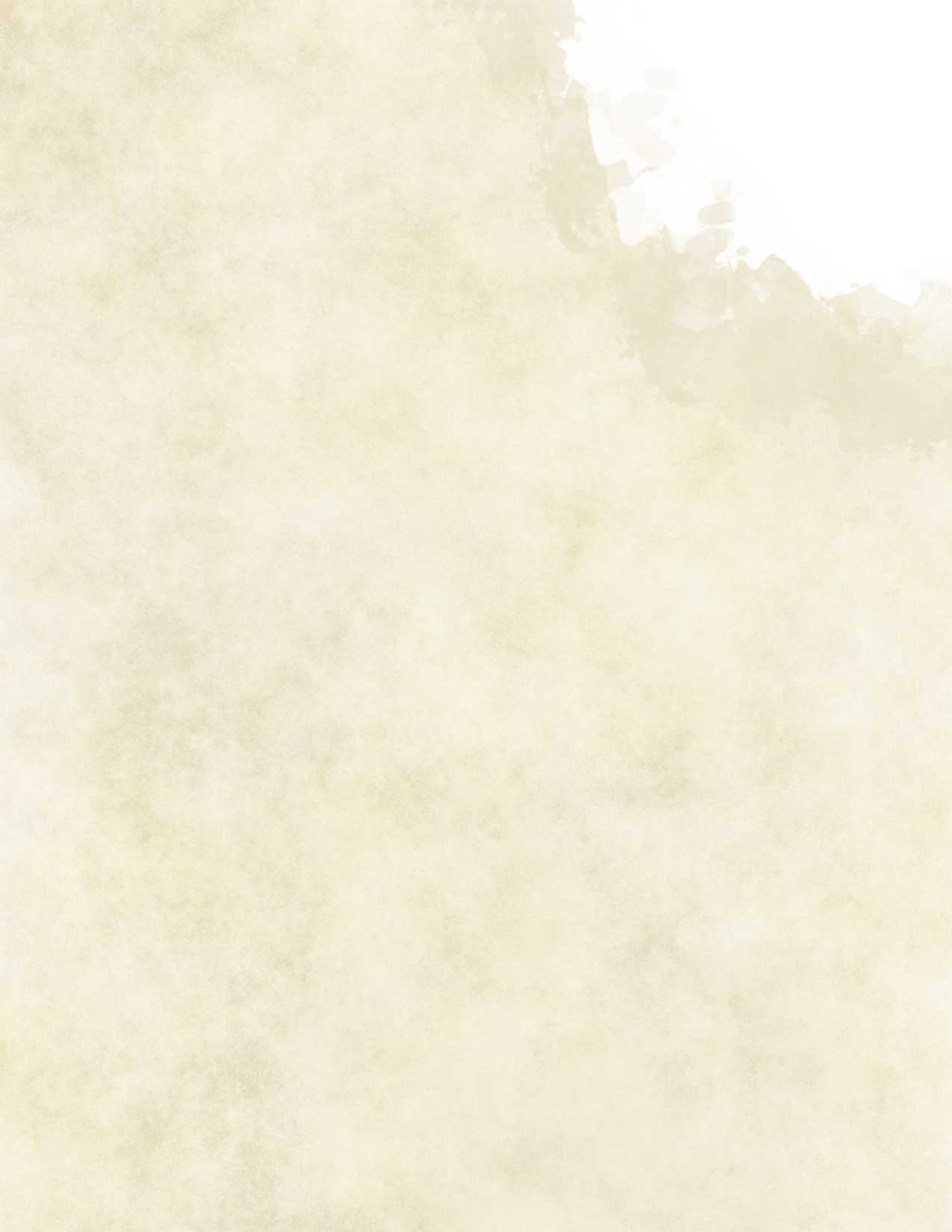

Iron Core Sorcery
This bloodline originates from a subset of elemental earth refined by millenia of industry. Some have an ancestor who survived immersion in molten adamantine, and others lived for generations in mining towns surrounded by veins of ore. Regardless of source, each Iron Core harbors a kernel of magical metal which manifests their magic as metallic power.
Armor Affinity
At 1st level, you gain proficiency in heavy armor, suffer no movement penalties in it, and can don or doff it as an action.
Iron Guard
Also at 1st level, you can use your action to form a ward of magical metal around a creature you can see within 30 feet. Whenever a guarded creature takes bludgeoning, piercing, or slashing damage it is reduced by an amount equal to your proficiency bonus + your Charisma modifier. You can use an action to move this benefit to another willing creature that you can see within range. You may guard yourself.
You can guard one creature with this feature. At 5th level, you may guard two simultaneously, and may guard three at 14th level.
Expanded Spell list
You learn the following spells at the indicated sorcerer level, and they are considered sorcerer spells for you. You also learn the sword burst cantrip, which does not count against your number of cantrips known.
| Level | Spells |
|---|---|
| 1st | entangle, shield |
| 3rd | heat metal, spiritual weapon |
| 5th | Leomund's tiny hut, Melf's minute meteors |
| Level | Spells |
|---|---|
| 7th | death ward, fabricate |
| 9th | hold monster, steel wind strike |
| 11th | blade barrier, globe of invulnerability |
Hammerblow
Starting at 6th level, your spells strike like weapons of war. When you damage a creature with a spell you can expend 2 sorcery points to push it up to 15 feet in a straight line from the spell's point of origin. You also gain resistance to poison damage.
Core Infusion
At 14th level you gain the ability to absorb metal to bolster your allies. During a short rest you can absorb 1 cubic foot of metal, which destroys the material and infuses up to 6 willing creatures. Infused creatures have their current and maximum hit points increased by 15 and gain a +1 bonus to their Armor Class until they complete a long rest. You can use this feature once per day.
Arcane Conduction
Beginning at 18th level you choose a damage type for guarded creatures to resist, choosing from lightning, fire, cold, radiant, necrotic or force. When a guarded creature takes damage of the chosen type you can use your reaction to channel the energy around the metallic ward into a protective barrier. The guarded creatures gains temporary hit points equal to the damage taken.
While they have those temporary hit points and roll damage, the creature can choose to remove any remaining temporary HP and discharge the energy, adding damage to the attack equal to your sorcerer level, of the type that triggered this feature.
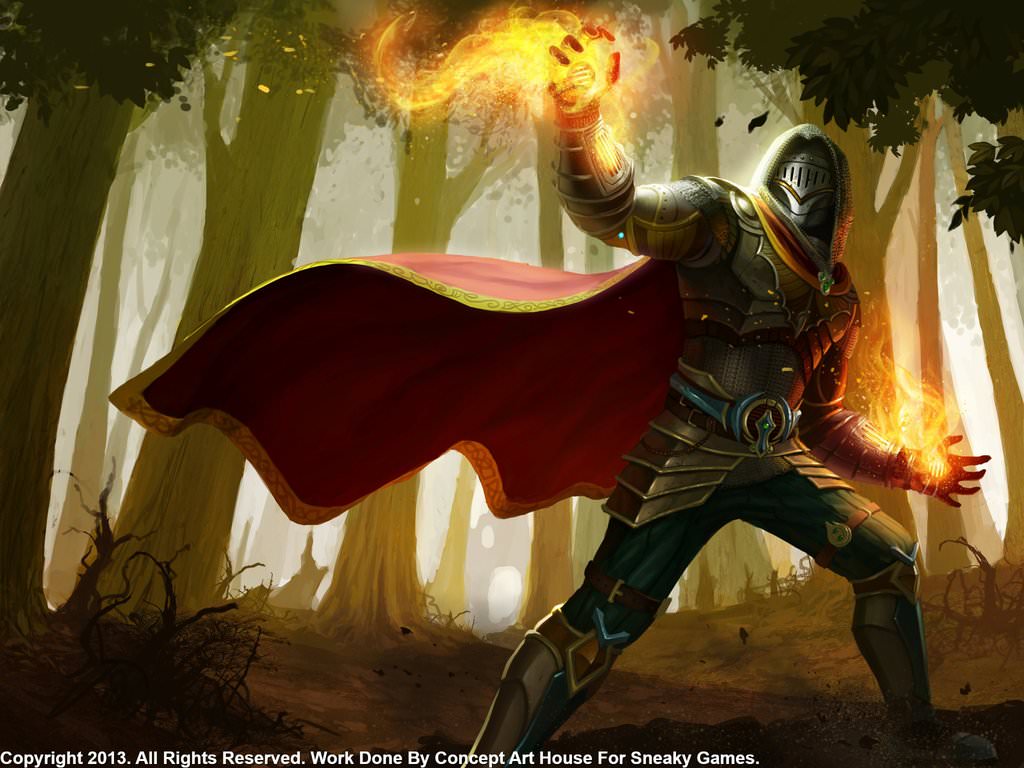
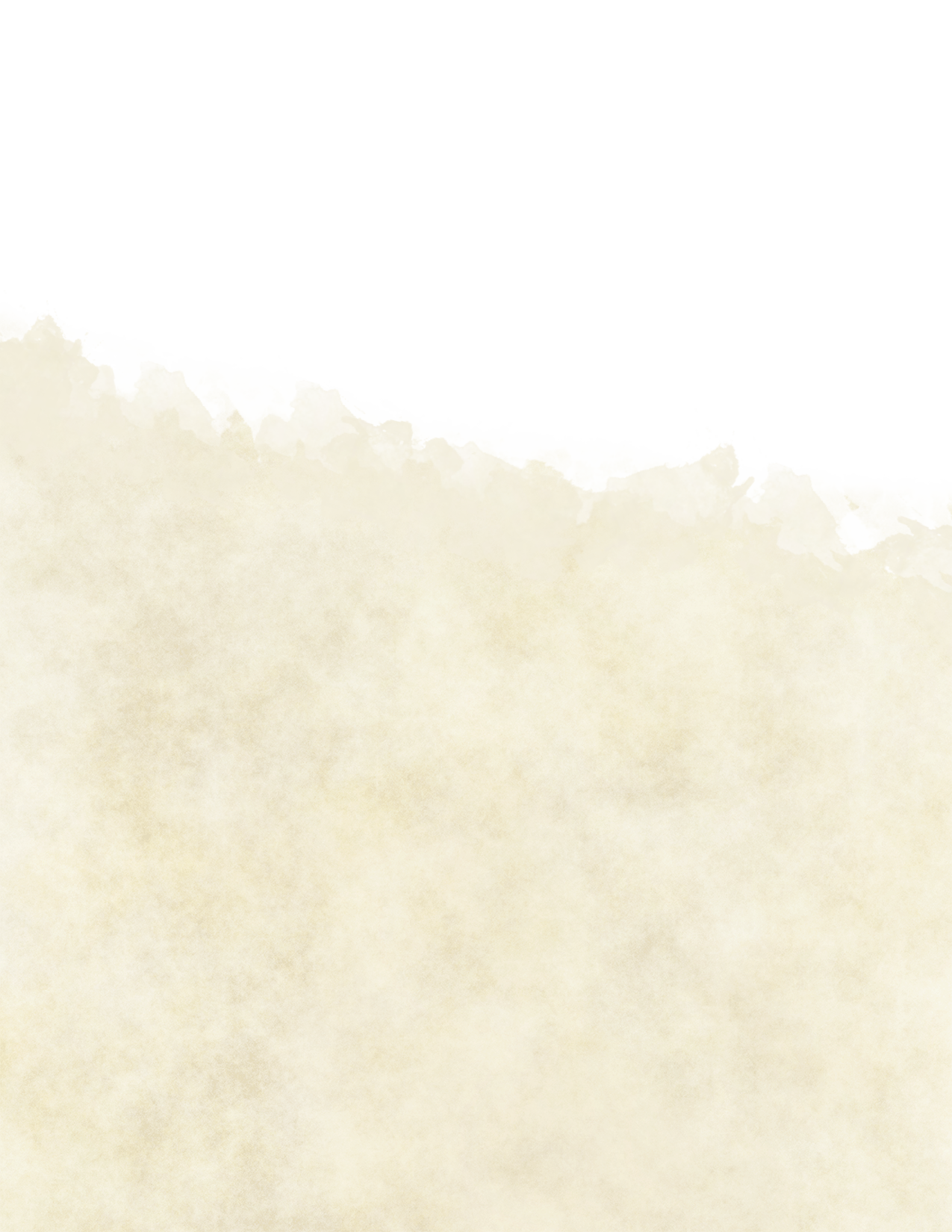
PART II
New Weapons
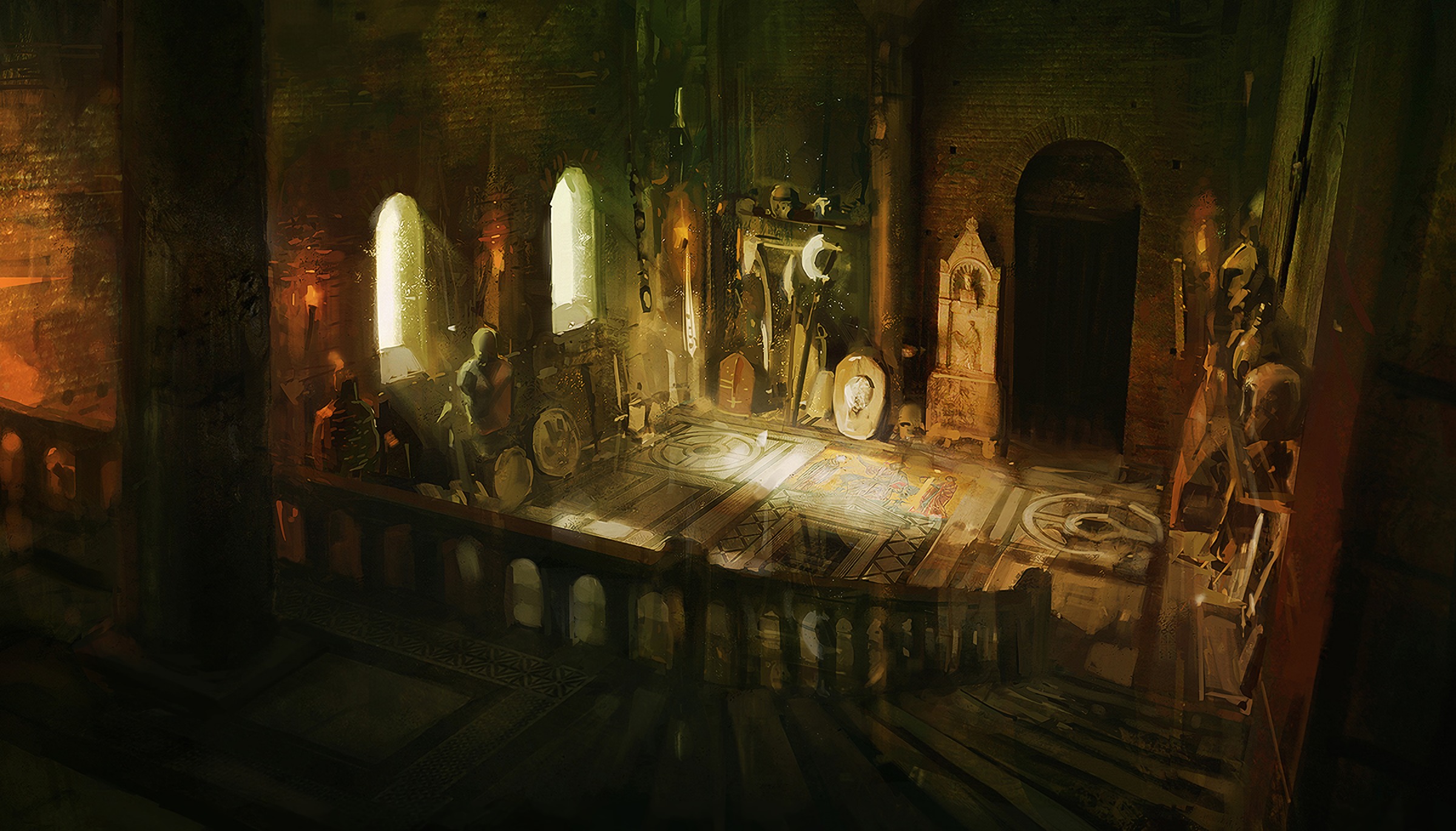
Weapons Remastered
This remaster massively expands the original Weapons Remastered by another author, which can be found here.. Both exist to diversify weapons' use and function in combat. This chapter is not an attempt to increase their power, but instead mirror the diversity of options and rider effects exhibited by their caster counterparts' cantrips and weapons' use in real life—with significant abstraction.
It does improve them slightly, but the ultimate goal is diversification and the overall increase is minimal. It also attempts to remove the universal popularity of some weapons (such as the rapier) in situations where it might not apply, and instead make all weapons at least somewhat viable.
To do so, each weapon has a combination of several unique properties, which add new functions, passive bonuses, or options. Many entirely new weapons join the existing roster, to include some weapons of great tactical value in history which 5e neglected.
Ideally, players will intuit and remember properties with ease. Properties should in most cases adhere to the design philosophy of 5e, and most are relatively simple or expand properties which already existed. Ultimately, they should have few negatives for massive gains in fun factor.
In some cases, these properties conflict or overlap with feats, a difficult problem. On one hand, martial characters' progression encourages them to take feats. On the other, the removal of "feat taxes" (feats necessary to make builds viable) is an admirable goal as well.
Ultimately, feats provide much larger bonuses, and those with properties encroaching on their niche remain the superior option. They are a specialization with an enormous opportunity cost and should be treated as such.
This chapter adds no new actions and works to adhere to the already-extant combat system without additional redundancies, extras, or rules bloat, though it does tweak much. Ultimately, it hopes to increase martial characters' ability to think tactically and add a level of nuance which characters without magic or superiority dice sorely lacked.
To those unused to such options, this sudden, glaring change warps the game. Its size daunts newcomers. However, it appeals enormously to martial play, makes choice of weapon have meaning, and it's easy to learn your favorites. Spellcasters continue to track far more options and resources, and they operate beautifully.
As time passes, most warriors will find their favorites, memorize those options, and remain loyal to their preferred style. The keyword, then, is style. No longer is a longsword interchangeable with a battleaxe, or a spear with a javelin. By its very nature this rework differentiates player characters even more and lets players make them their own. This mechanical and stylistic diversity is the ultimate benefit of tabletop roleplay over other games, and this remaster helps that aspect shine.

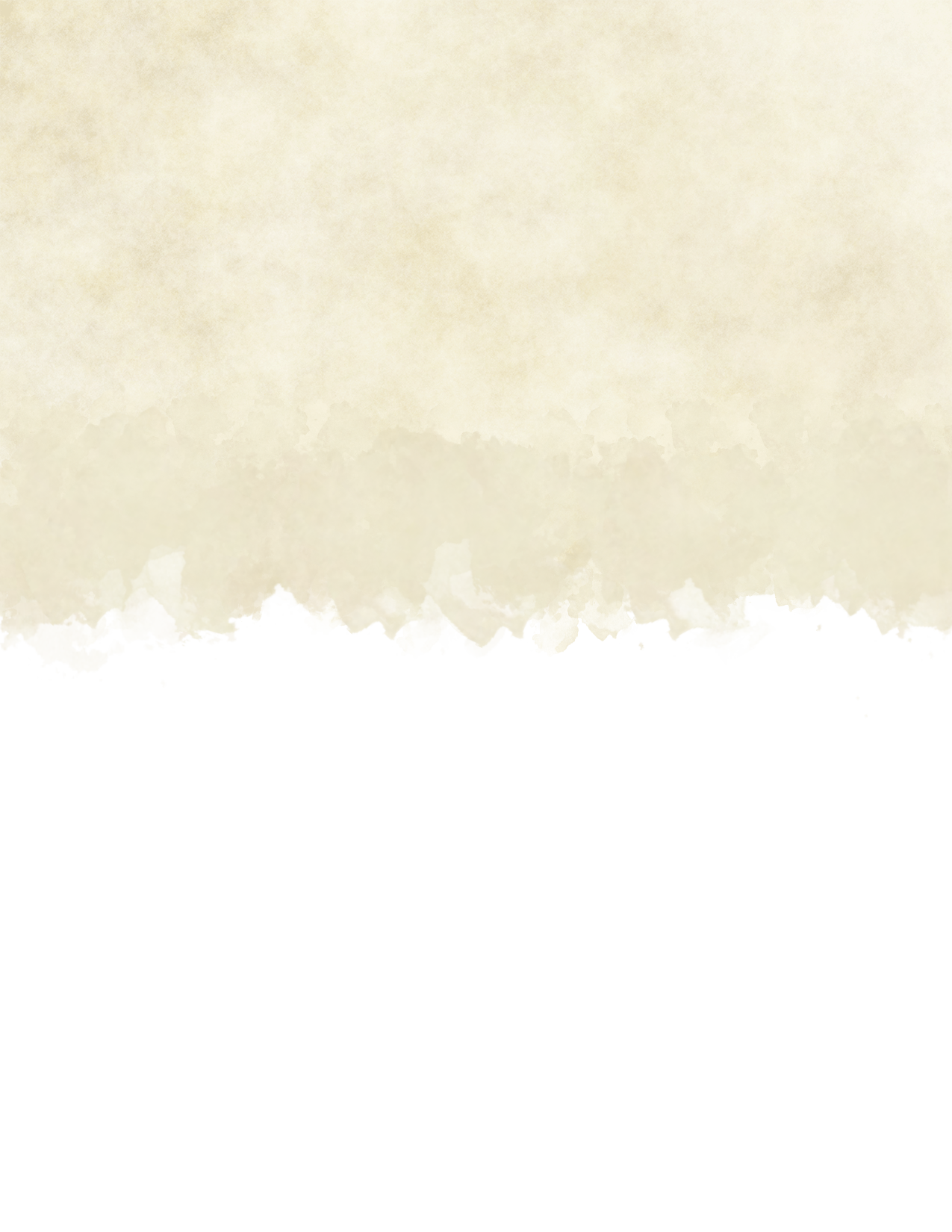
Weapon Properties
Ammunition
You can use a weapon that has the Ammunition property to make a ranged attack only if you have ammunition to fire from the weapon. Each time you attack with the weapon, you expend one piece of ammunition.
Drawing the ammunition from a quiver, case, or other container is part of the attack (you need a free hand to load a one-handed weapon). At the end of the battle, you can recover half your expended ammunition by taking a minute to search the battlefield.
Bypass
These flexible weapons wrap around shields and other personal defenses. They ignore the AC bonus granted by shields and parrying weapons or reactions.
Ensnaring
These weapons feature chain, rope, hooks, or other parts that can aid in entanglement. When you hit with an ensnaring weapon, you can use your bonus action to attempt to shove the target prone, disarm them, or pull them 5 feet towards you, using your weapon attack modifier in place of Strength (Athletics).
Finesse
The weapon lends itself to dexterous combat due to features that make precisely aiming the weapon easier. When attacking with a finesse weapon, you use your choice of your Strength or Dexterity modifier for the attack and damage rolls. You must use the same modifier for both rolls.
Finisher
Finisher weapons are well-suited to executing enemies at your mercy. When you make an attack against a prone creature with a finisher weapon, you roll one additional damage die.
Gunpowder
These weapons utilize volatile chemical powder as a propellant to fire projectiles or explode. They cannot be used underwater. When you make an attack, a gunpowder weapon flashes brightly, expels smoke, and creates a bang that can be heard within 300 feet. Each time you attack with a gunpowder weapon, you expend one pinch of powder as well as a piece of ammunition. It takes an action to reload a gunpowder weapon.
Carrying too much powder is risky. Every time a creature wearing or carrying items with the Gunpowder property takes at least 20 fire damage, one of those items explodes and is destroyed. The blast deals 2d6 fire damage and 2d6 thunder damage to all creatures and objects within 20 ft.
Heavy
These weapons are unwieldier than most. Small creatures makes attacks with heavy weapons at disadvantage. You cannot attack more than once per turn with a heavy weapon unless you have a Strength scorer of 13 or higher.
When you attack with a heavy weapon that you are proficient in, you can forego adding your proficiency bonus to the attack roll. If the attack hits, you add that proficiency bonus to the damage roll. You must decide to do this before making the attack roll. This ability can be used in conjunction with the Great Weapon Master feat.
Light
A light weapon is small and easy to handle. When you take the Attack action and attack with a light melee weapon that you’re holding in one hand, you can use two-weapon fighting with a light weapon that you are holding in your other hand.
Loading
Because of the time required to load this weapon, you can fire only one piece of ammunition from it when you fire it, regardless of the number of attacks you can normally make.
Nonlethal
The weapon is designed to incapacitate or is otherwise capable of delivering a hit that does not kill the target. When you reduce a creature to 0 HP with this weapon you can knock a target unconscious and leave them stable. All weapons may be used to deal nonlethal strikes, but deal 1+STR bludgeoning damage instead of their typical value.
Parry
This weapons can parry incoming attacks. When you are attacked by a melee weapon attack from a target you can see, you can use your reaction to attempt to parry it, adding half your proficiency bonus to your AC for that single attack. Parries must be declared before the result of the attack is known.
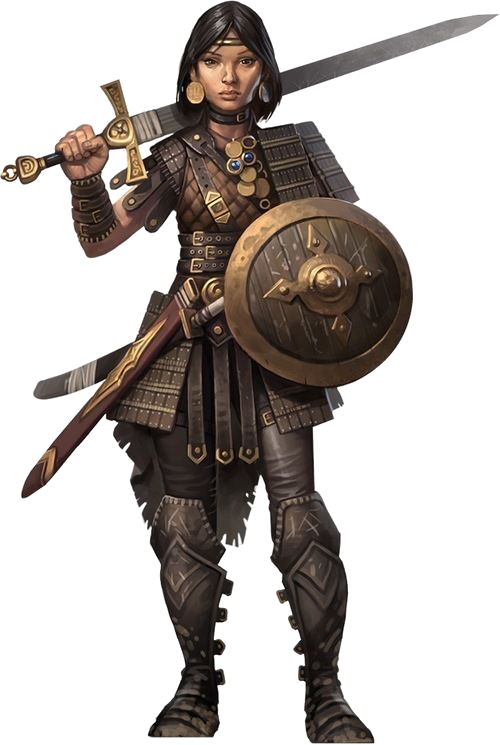
Prone Fighting
When you are prone and make a melee attack with this weapon, you do not suffer disadvantage for being prone.
Range
A weapon that can be used to make a ranged attack has a range in parentheses after the ammunition or thrown property. The range lists two numbers. The first is the weapon's normal range in feet, and the second indicates the weapon's long range. When attacking a target beyond normal range, you have disadvantage on the attack roll. You can't attack a target beyond the weapon's long range.
Reach
This weapon's extended length adds 5 feet to your reach when you attack with it, as well as when determining your reach for opportunity attacks with it. Reach weapons cannot be used for two-weapon fighting regardless of strength or feats.
Special
Special weapons have some entirely unique property. These are detailed after the weapon charts.
Status
Status weapons inflict extra effects on powerful hits. When you hit with an attack roll with a status weapon and exceed the target's AC by 5 or more, it will inflict an additional status effect based upon the type of damage dealt. A critical hit guarantees a status effect.
Slashing weapons inflict gaping wounds and profuse bleeding, inflicting additional slashing damage equal to your proficiency bonus. Objects, Constructs, and Elementals are immune to this damage, as may other creatures that do not bleed at the discretion of your DM.
Bludgeoning weapons hit with staggering blows that daze the target. Inflicting this status causes the target's next attack roll to be made with disadvantage.
Piercing weapons reward precise or focused attacks, punching holes in defenses and leaving a target vulnerable. Inflicting piercing status grants advantage on the first weapon attack against the target before the start of its next turn.
Improvised weapons may inflict status depending on their damage type and the discretion of your DM.
Sundering
The weapon features qualities that crush, pierce, break, or penetrate armor. When you attack a target wearing a breastplate, brigandine, cuirass, halfplate, splint, or full plate, you gain a +2 bonus to the attack roll. You also gain this bonus against creatures with thick shells or metallic hides, and other creatures at the discretion of your DM.
Sweeping
These weapons strike in broad motions. When you reduce an enemy to hit points with a sweeping weapon, target another creature within reach and, if the original attack roll can hit it, apply any remaining damage to it. If that creature is likewise reduced to 0 hit points, repeat this process, carrying over the remaining damage until there are no valid targets, or until the damage carried over fails to kill an enemy.
Thrown
If a weapon has the thrown property, you can throw the weapon to make a ranged attack. If the weapon is a melee weapon, you use the same ability modifier for attack and damage rolls that you would use for a melee attack with it. You increase the standard and maximum range of a thrown weapon by a number of feet equal to 5 times your Strength modifier, unless your Strength modifier is negative.
Two-Handed
The weapon is large or cumbersome to the point of requiring two hands to fight with effectively. You must wield the weapon in both hands to use it, and cannot use the weapon while performing somatic components, grappling, or other tasks that require a free hand.
Versatile
The weapon can be wielded in either one or two hands. A damage value in parentheses appears with the property, indicating the damage dealt when you use it with two hands.
Wind-up
You can prepare attacks with this weapon to make it even more effective. You can use an attack to wind up or set your weapon. On the next attack you make with the weapon, you add an additional weapon die and twice your Strength modifier to damage. A weapon can only add one such damage die in this way. If no attack is made by the end of the wielder’s next turn it is no longer wound up. The wielder can use an attack to keep the weapon wound up for a subsequent round. A weapon that is wound up can be used to make an opportunity attack when an enemy enters its range.
Winged
These weapons have specially-shaped heads that halt the forward movement of their target toward the user and can be used to catch shields and weapons. After hitting a huge or smaller creature with this weapon, it is unable to move straight toward you and its movement speed is halved until you make an attack roll against another target or it leaves your reach. While holding a creature in this way, you can use a bonus action to attempt to shove the target.
You can also replace one of your attacks with an attempt to disarm a target, using your weapon attack modifier in place of Strength (Athletics).
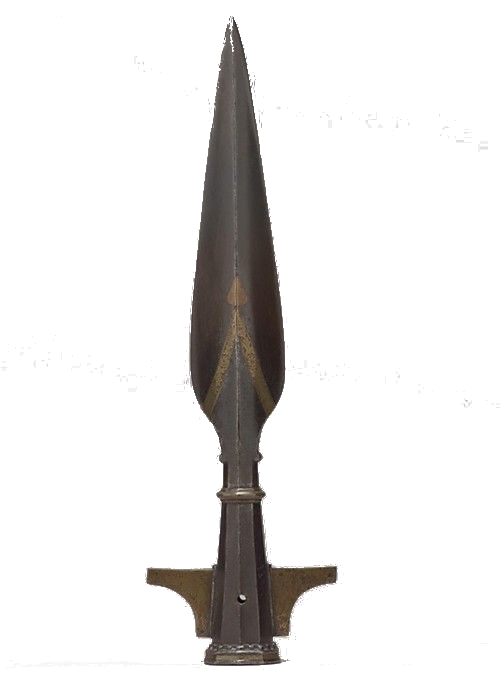
Weapon Charts
With the additional properties detailed, they can be listed in tables of new and existing weapons. Some weapons list multiple damage types. When attacking with one of those weapons, you indicate which type you'll use before you make the attack.
Simple Melee Weapons
| Name | Cost | Damage | Weight | Properties |
|---|---|---|---|---|
| Boar Spear | 5 gp | 1d6 piercing | 5 lb. | Versatile (1d8), winged |
| Club | 1 sp | 1d4 bludgeoning | 2 lbs. | Light, nonlethal |
| Dagger | 2 gp | 1d4 piercing | ¾ lb. | Finesse, finisher, light, prone fighting, thrown (20/60) |
| Goedendag | 5 sp | 1d4 bludgeoning/piercing | 3 lbs. | Finisher, sundering |
| Greatclub | 5 sp | 2d4 bludgeoning | 10 lb. | Heavy, nonlethal, status, two-handed |
| Handaxe | 3 gp | 1d6 slashing | 2 lb. | Light, thrown (20/60) |
| Javelin | 5 sp | 1d6 piercing | 2 lb. | Thrown (30/120) |
| Light Hammer | 2 sp | 1d4 bludgeoning | 2 lb. | Light, status, thrown (20/60) |
| Mace | 5 gp | 1d6 bludgeoning | 4 lb. | Sundering |
| Quarterstaff | 2 sp | 1d6 bludgeoning | 4 lb. | Nonlethal, versatile (2d4) |
| Sickle | 1 gp | 1d4 slashing | 2 lb. | Light, status |
| Shortspear | 1 gp | 1d6 piercing | 4 lb. | Light, versatile (1d8) |
Simple Ranged Weapons
| Name | Cost | Damage | Weight | Properties |
|---|---|---|---|---|
| Dart | 5 cp | 1d4 piercing | ¼ lb. | Finesse, thrown (20/60) |
| Light Crossbow | 25 gp | 1d8 piercing | 5 lb. | Ammunition (80/320), loading, sundering, two-handed |
| Shortbow | 25 gp | 1d6 piercing | 2 lb. | Ammunition (100/150), two handed |
| Sling | 1 sp | 1d4 bludgeoning | ¼ lb. | Ammunition (30/120) |

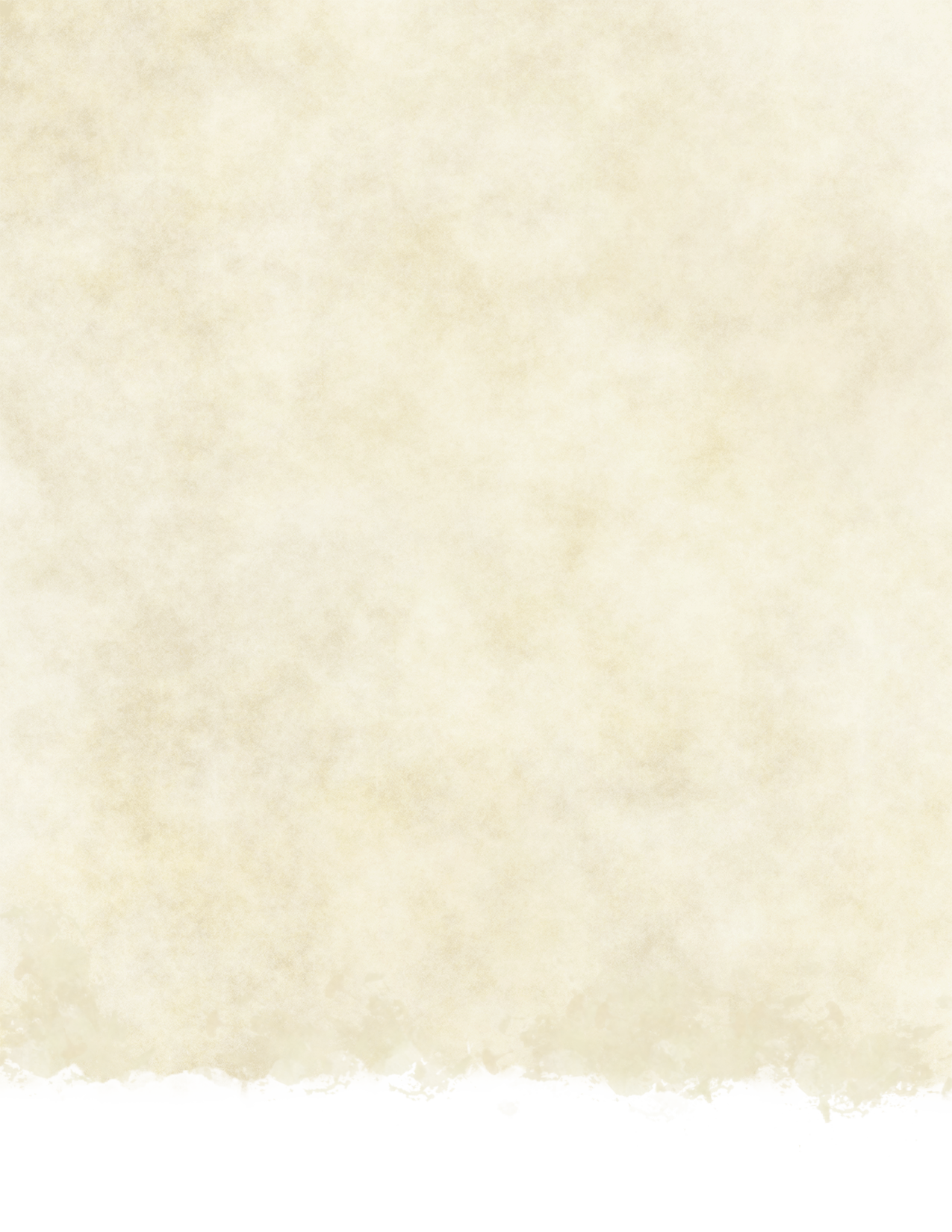

Martial Melee Weapons
| Name | Cost | Damage | Weight | Properties |
|---|---|---|---|---|
| Battleaxe | 10 gp | 1d8 slashing | 4 lb. | Status, sweeping, versatile (1d10) |
| Estoc | 25 gp | 1d8 piercing | 2 lb. | Parry, sundering, versatile (1d10) |
| Falchion | 25 gp | 1d8 piercing/slashing | 2 lb. | Finesse, parry, status |
| Flail | 10 gp | 1d8 bludgeoning/piercing | 2 lb. | Bypass, ensnaring, wind-up |
| Glaive | 20 gp | 1d10 slashing | 6 lb. | Heavy, reach, sweeping, two-handed |
| Greataxe | 30 gp | 1d12 slashing | 12 lb. | Heavy, finisher, status, two-handed |
| Greatsword | 50 gp | 2d6 piercing/slashing | 7 lb. | Heavy, parry, sweeping, two-handed |
| Guisarme | 5 gp | 1d10 piercing | 8 lb. | Ensnaring, heavy, reach, two-handed |
| Halberd | 20 gp | 1d10 piercing/slashing | 7 lb. | Heavy, reach, status, two-handed |
| Harpoon | 10 gp | 1d8 piercing | 4 lb. | Status (slashing), thrown (20/60) |
| Lance | 10 gp | 1d12 piercing | 6 lb. | Reach, special, status |
| Longsword | 30 gp | 1d8 piercing/slashing | 3 lb. | Parry, status, versatile (1d10) |
| Lucerne | 20 gp | 1d10 bludgeoning/piercing | 7 lb. | Heavy, reach, sundering, two-handed |
| Maul | 10 gp | 2d6 bludgeoning | 12 lb. | Heavy, status, sundering, two-handed |
| Morningstar | 15 gp | 1d8 bludgeoning/piercing | 4 lb. | Status, sundering, finisher |
| Parrying Dagger | 3 gp | 1d4 piercing | 1 lb. | Finesse, light, parry, prone fighting |
| Pike | 5 gp | 1d10 piercing | 8 lb. | Heavy, reach, two-handed, wind-up |
| Pollaxe | 35 gp | 1d10 bludgeoning/piercing/slashing | 10 lb. | Finisher, parry, status, two-handed |
| Rapier | 25 gp | 1d8 piercing | 2 lb. | Finesse, parry, status |
| Ranseur | 25 gp | 1d10 piercing/slashing | 8 lb. | Heavy, status, reach, two-handed, winged |
| Scimitar | 20 gp | 1d6 slashing | 3 lb. | Light, finesse, status |
| Shortsword | 10 gp | 1d6 piercing/slashing | 2 lb. | Light, finesse, finisher |
| Spear | 2 gp | 1d8 piercing | 5 lb. | Reach, versatile (1d10) |
| War Pick | 5 gp | 1d8 piercing | 2 lb. | Status, sundering, versatile (1d10) |
| Warhammer | 15 gp | 1d8 bludgeoning | 3 lb. | Status, sundering, versatile (1d10) |
Martial Ranged Weapons
| Name | Cost | Damage | Weight | Properties |
|---|---|---|---|---|
| Blowgun | 10 gp | 1 piercing | 1 lb. | Ammunition (range 25/100), loading, special |
| Greatbow | 200 gp | 2d6 piercing | 25 lb. | Ammunition (range 200/600), heavy, special, status, two-handed |
| Hand Crossbow | 75 gp | 1d6 piercing | 3 lb. | Ammunition (range 30/120), light, loading, sundering, prone fighting |
| Heavy Crossbow | 50 gp | 1d10 piercing | 12 lb. | Ammunition (range 100/300), heavy, loading, status, sundering, two-handed |
| Longbow | 75 gp | 1d10 piercing | 2 lb. | Ammunition (range 200/600), heavy, status, two-handed |
| Net | 1 gp | - | 3 lb. | Special, thrown (range 5/15) |
| Recurve Bow | 50 gp | 1d8 piercing | 3 lb. | Ammunition (range 150/300), two-handed |


Shields
| Name | Cost | +AC | Weight | Properties | Grip |
|---|---|---|---|---|---|
| Buckler | 8 gp | 1 | 2 lb. | Light, parry | Handle |
| Shield | 10 gp | 2 | 6 lb. | - | Handle, strap |
| Tower Shield | 50 gp | 3 | 10 lb. | Special | Strap |
Ammunition
| Name | Cost | Weight | Weapon | Properties |
|---|---|---|---|---|
| Barbed Quarrel | 15 cp | 1 oz. | Crossbow | Adds serrated modification |
| Bodkin Arrow | 30 cp | 1 oz. | Bow | Sundering |
| Blowgun Needle | 2 cp | 1 oz. | Blowgun | - |
| Broadhead Arrow | 50 cp | 1 oz. | Bow | Slashing damage, status |
| Bullet | 30 cp | ⅛ oz. | Gun | - |
| Elemental Ammunition | 50 gp | 1 oz. | All | Special |
| Field Arrow | 5 cp | 1 oz. | Bow | - |
| Hunting Bolt | 2 cp | 1 oz. | Crossbow | Bludgeoning damage, Nonlethal |
| Sling Bullet | 1/5 cp | 1 oz. | Sling | - |
| Silver Bullet | 15 gp | ⅛ oz. | Gun | Special |
| Grapeshot | 10 gp | 3 oz. | Gun | Special |
| Quarrel | 5 cp | 1 oz. | Crossbow | - |
Exotic Weapons
Exotic weapons are unwieldy, niche, or revolutionary. Others make poor weapons without intensive, specialized training that even typical PCs lack. They may be less effective weapons than popularly conceived and require expertise to use. A character can gain proficiency in an exotic weapon using the training rules in Xanathar's Guide to Everything or the Weapon Master feat. Specific classes or class features may also grant proficiency in these weapons.
Exotic Melee Weapons
| Weapon | Cost | Damage | Weight | Properties |
|---|---|---|---|---|
| Cestus | 1 gp | 1d4 bludgeoning | ½ lbs. | Light, special, status |
| Chain Whip | 5 gp | 1d6 bludgeoning | 10 lbs. | Bypass, ensnaring, special, versatile (1d8) |
| Garotte Wire | 5 gp | 1d6 slashing | ¼ lb. | Finesse, light, special, two-handed |
| Gauntlet-sword | 25 gp | 1d6 slashing | 4 lb. | Light, special |
| Trident | 5 gp | 2d4 piercing | 4 lb. | Thrown (20/60), versatile (1d10), winged |
| Whip | 2 gp | 1d4 slashing | 3 lb. | Ensnaring, finesse, reach |
| Unarmed Strike | - | 1 bludgeoning | - | Special |
Exotic Ranged Weapons
| Weapon | Cost | Damage | Weight | Properties |
|---|---|---|---|---|
| Arquebus | 500 gp | 2d8 piercing | 10 lbs. | Ammunition (range 60/120), gunpowder, heavy, loading, two-handed |
| Boomerang | 25 gp | 1d4 bludgeoning | 1 lb. | Finesse, thrown (range: 30/60), special |
| Handgonne | 250gp | 2d6 piercing | 3 lb. | Ammunition (range 30/90), gunpowder, loading |
Exotic Shields
| Weapon | Cost | Damage | Weight | Grip | Properties |
|---|---|---|---|---|---|
| Dueling Shield | 100 gp | 1d8 piercing | 6 lbs. | Handle | Ensnaring, heavy, parry, special, two-handed |
| Lantern Shield | 300 gp | 1d4 piercing | 4 lb. | Strap | Light, special |
Special Properties
Boomerang
When you miss with this weapon, it returns to your hand.
Blowgun Needle
These minute needles are especially potent when paired with a poison coating. When applying poison, a dose can cover 10 pieces of ammunition instead of the usual 3.
Chain Whip
A length of chain is unbalanced and difficult to use, but can be a far-reaching weapon. When held in both hands, this weapon gains the reach property.
Cestus
The weapon is not held in the hand, instead wrapped around the wrist, held in the fingers, or covering the knuckles. Wielding this weapon does not prevent you from grappling or shoving an enemy, using an item, or climbing, but you cannot wield other weapons or perform somatic components with that hand.
Elemental Ammunition
Enchanted bullets, quarrels, needles, or arrows for use in projectile weapons. When crafted, their maker chooses a damage type: acid, cold, fire, lightning, or thunder. The ammunition deals that damage instead of their normal type.
In order to make this ammunition, their maker must have proficiency in the tools necessary to make regular bullets, quarrels, or arrows, as well as the arcana skill. They must also be able to cast a spell at-will that deals the type of damage they are attempting to apply to the ammunition.
These items cannot be purchased, and are magical items. They must either be crafted, or found as treasure.
Dueling Shield
These two-handed shields bear a large triangular boss and a set of hooks and blades built into their surface. They grant +2 to AC like normal shields when wielded in one hand, but when wielded in both hands they can be used as an incredibly versatile weapon while providing the same AC bonus.
Garotte Wire
Garrote Wire cannot be used on any creature greater than 1 size larger than you, and you must have advantage on attack rolls against a creature in order to target it with a garotte. On a hit, the target is automatically grappled and restrained. Until the grapple ends, the target cannot breath and chokes. Creatures that do not need to breath are immune to a garotte wire's choke at the discretion of the DM. Choking creatures die after an uninterrupted number of rounds equal to their Constitution modifier.
Gauntlet Sword
This specialized sword is built into a stiff gauntlet. When using this weapon you cannot be disarmed or drop it. It takes an action to don or doff a gauntlet sword. If you hit with a weapon attack after moving at least 30 feet straight toward a target while mounted, the gauntlet sword deals an extra 1d6 damage.
Grapeshot
Instead of a single bullet, a large number of tiny projectiles fill a canister of grapeshot ammunition. Upon firing, the projectiles fly in a straight line until they impact a creature or solid surface, dealing the gun's normal damage. You may target a number of creatures in that line equal to your proficiency bonus, making new attack rolls for each creature. Regardless of how many creatures you target, grapeshot cannot exceed the gun's normal range.
Greatbow
An enormous bow with an equally enormous draw weight, users of this bow must be a medium or larger creature with at least 18 Strength. It uses Strength instead of Dexterity for attack and damage.
Lance
You have disadvantage when you use a lance to attack a target within 5 feet of you. A lance requires two hands to wield when you aren't mounted. If you hit with a weapon attack after moving at least 30 feet straight toward a target while mounted, the lance deals an extra 1d6 piercing damage.
Lantern Shield
An apparatus combining a small shield, a lantern, a gauntlet, and several blades, pictured below. When wielded it adds +2 to your Armor Class, can be used to make an attack that deals 1d4 piercing damage, and can be used to store a lit bullseye lantern, which you are wielding while holding this shield. You cannot be disarmed of the lantern, and cannot drop it.
Net
A Large or smaller creature hit by a net is restrained until it is freed. A net has no effect on creatures that are formless, or are Huge or larger. A creature can free itself or others by using its action and succeeding a DC 10 Strength check. Dealing 5 slashing damage to the net (AC 10) also frees the creature without harming it, and destroys the net.
Silver Bullet
This bullet is useless against most creatures, but any attack with a silver bullet that hits a creature with a special vulnerability to silver, like fiends and some shapechangers, is an automatic critical hit.
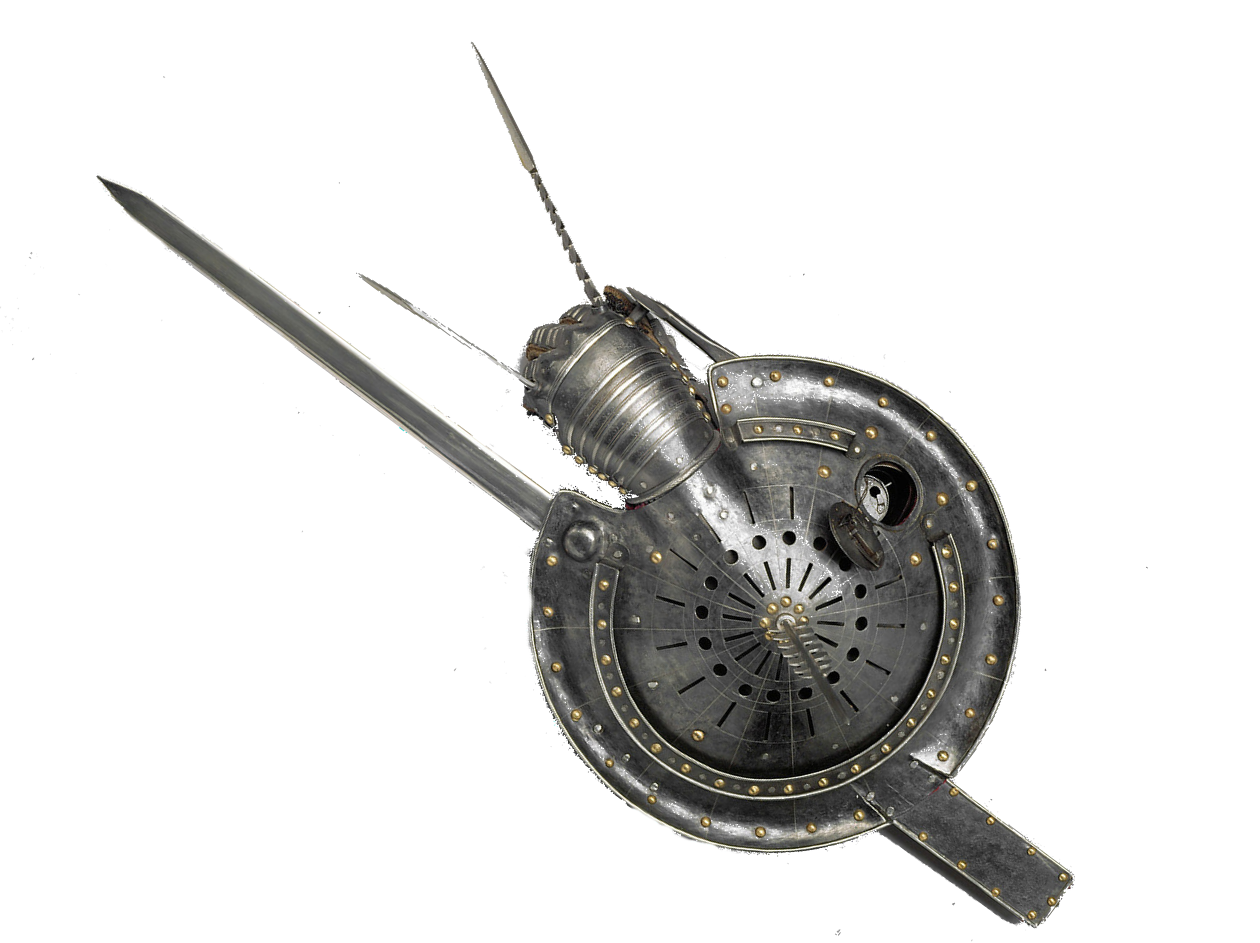
Tower Shield
To wield a tower shield, a creature must be medium or larger and have at least 15 Strength. Its wielder can use their reaction to hide behind it to gain ¾ cover against harmful area-of-effects such as breath weapons or spells, so long as the effect does not travel around corners. If the wielder of the shield is directly between another creature and the effect's origin, that creature gains ½ cover so long as it is of equal or smaller size than the shield's wielder.
Tower shields may also be planted in the ground as an action. In this state they are no longer wielded and stand on their own to act as ½ cover for an upright creature, or full cover for a prone one.
Unarmed Strike
An attack with any part of your body, such as a fist, elbow, knee, or headbutt. Racial and class features might provide better damage dice when making unarmed strikes with specific parts of your body. Unarmed strikes can trigger features that activate on a successful attack, such as martial maneuvers and divine smites, or with spells that require a weapon attack.
Shield Grips
There are two types of grips, which determines how you hold a shield:
Handles are a simple bar made of metal or wood that function similarly to the hilt of a weapon. A shield with a handle can be doffed or donned with an item interaction and dropped freely, but enemies have advantage on athletics checks made to disarm the user of that shield.
Straps attach the shield to the arms, reinforcing the handle with a series of cloth or leather bands. These shields take an action to don or doff, and enemies have disadvantage on athletics checks made to disarm the user.
If a shield lists multiple grip types, either can be used, chosen when the shield is obtained or created.
Armor Revised
Armor has also been reworked, to better reflect the realities of personal protection in the Late Middle Ages and early Renaissance.
The table below shows the cost, weight, armor class, and and properties each type of armor. Proficiencies, Dexterity bonuses, and stealth rules remain unchanged, as do donning and doffing rules. However, armor's weight is halved while you wear it.
Starting Armor
Use the list below to determine which armor a character owns at the beginning of the game when using this rework.
- Bard: Leather
- Cleric: Brigandine or leather, hauberk if proficient
- Druid: Leather
- Fighter: Leather or hauberk
- Paladin: Hauberk
- Ranger: Brigandine or leather
- Rogue: Leather
Armor Table
| Light | Cost | AC | Strength | Stealth | Weight |
|---|---|---|---|---|---|
| Leather | 5 gp | 11+Dex | - | - | 8 lb. |
| Gambeson | 10 gp | 12+Dex | - | - | 10 lb. |
| Padded Jack | 25 gp | 13+Dex | - | Disad. | 15 lb. |
| Medium | |||||
| Hide | 10 gp | 12+Dex (max 2) | - | - | 12 lb. |
| Chain Shirt | 50 gp | 13+dex (max 2) | - | Disad. | 15 lb. |
| Breastplate | 330 gp | 13+Dex (max 2) | - | - | 20 lb. |
| Brigandine | 125 gp | 14+Dex (max 2) | - | Disad. | 25 lb. |
| Cuirass | 400 gp | 14+Dex (max 3) | - | - | 25 lb. |
| Half-plate | 1,000 gp | 15+Dex (max 3) | Str 12 | Disad. | 30 lb. |
| Heavy | |||||
| Scale | 50 gp | 15 | - | Disad. | 40 lb. |
| Hauberk | 75 gp | 16 | Str 13 | Disad. | 30 lb. |
| Splint | 100 gp | 17 | Str 14 | Disad. | 35 lb. |
| Full Plate | 2,000 gp | 18 | Str 14 | Disad. | 45 lb. |
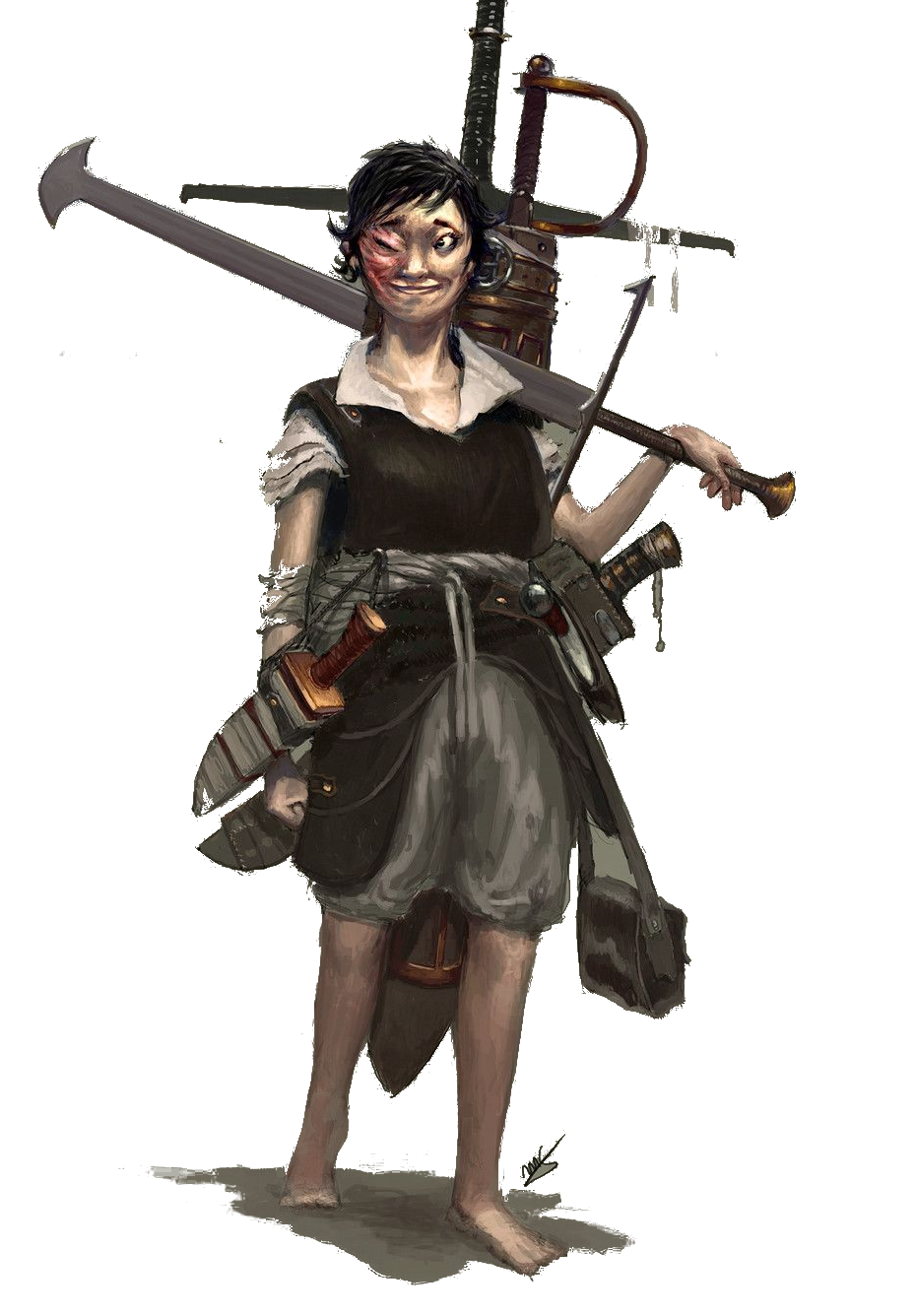
Siege Engines
The mightiest of mundane items, siege engines are slow-moving artillery used during battles and sieges. Through careful coordination and sheer numbers, they allow settlements without magic or heroes to defend themselves. They require either a multi-humanoid crew to ready, load, and fire, or multiple actions from one user. As objects, each are immune to psychic and poison damage, and have a movement speed of 10 ft when propelled by one large or two medium creatures. The table below details information about each of these objects, including their armor class, health, range, and damage. Each add their attack bonus to their damage rolls, and, save for the organ gun and cauldron, deal double damage to objects and structures.
| Name | AC | HP | Attack Bonus | Range | Damage | Load | Aim | Attack | Properties |
|---|---|---|---|---|---|---|---|---|---|
| Ballista | 15 | 50 | +6 | 120/480 ft | 3d10 piercing | 1 action | 1 action | 1 action | Status |
| Cannon | 19 | 75 | +6 | 600/2400 ft | 10d12 bludgeoning | 5 actions | 1 action | 1 action | Gunpowder, status |
| Cauldron | 19 | 20 | - | - | 3d6 fire | 3 actions | 1 action | Special | |
| Organ Gun | 17 | 40 | +5 | 90 ft cone | 4d8 bludgeoning | 10 actions | 1 action | 1 action | Gunpowder, special |
| Ram | 15 | 100 | +8 | 5 ft. | 3d10 bludgeoning | - | - | 1 action | Status, special |
| Trebuchet | 15 | 150 | +5 | 300/1,200 ft | 8d10 bludgeoning | 2 actions | 2 actions | 1 action | Status, special |
Cauldron
Often filled with boiling liquid and suspended above a gate, wall, or portcullis, those in a 10 ft. square directly below a cauldron must succeed on a DC 15 Dexterity saving throw or take its damage, or half on a successful saving throw. Boiling oil or fat deals an extra d6, pitch an extra 2d6, and magma (in the cases of a magical cauldron) an extra 4d6. Pouring acid changes the damage type to acid. Boiling holy water deals an additional 3d6 radiant damage to an undead.
Organ Gun
A set of fanned iron gun barrels, used as an anti-personnel weapon. Its massive spread allows targets to escape its grasp; all attack rolls with the organ gun are made with disadvantage, but it attacks every target within its area of effect.
Ram
This movable galley is equipped with an iron-clad log suspended by chains. It requires 4 medium creatures to operate, and these creatures have total cover against attacks from above. If all 4 of those creatures use their action to dash, the ram can move at a speed of 20 feet on that turn.
Trebuchet
These siege engines hurl their payloads in high arcs that hit targets behind cover. In addition to heavy stones, they can hurl barrels of oil or sewage, rotting corpses, alchemist's fire, and clusters of bombs which explode upon impact.


Proficiency Changes
Some classes or racial features grant proficiency in additional or alternate weapons:
- Bard: Estoc, parrying dagger, falchion, buckler
- Druid: Boar spear, cestus, harpoon, spear, blowgun
- Monk. Spear
- Rogue: Estoc, garotte wire, parrying dagger, falchion, buckler
- Elf Weapon Training: Recurve bow proficiency replaces longbow proficiency
- Dwarven Combat Training: Greataxe, maul
Classes with proficiency in "all simple weapons" or "all martial weapons" gain access to every weapon on those respective lists, as normal. They do not, however, gain proficiency in exotic weapons. Such training must be sought out.
According to the training rules established in Xanathar's Guide to Everything, a character may train to gain proficiency with a tutor and 10 workweeks, or 560 hours of training.
The crafting rules detailed later in this book can be used for training as well, with money paid to trainers replacing money spent on materials.
Feature Changes
Sneak Attack can be triggered with an estoc or longsword, as well as any other finesse, ranged, light weapon.
Feat Changes
With the addition of new weapons, many feats expand. Most of these feats originate from Unearthed Arcana and have not been published. Additionally, several were intended as reworks similar to those presented in this document and so are likely to be redundant. They are marked with *.
- Blade Mastery:* estoc, falchion, greatsword, longsword, rapier, scimitar, shortsword
- Fell Handed:* club, cestus, goedendag, greatclub, handaxe, light hammer, mace, battleaxe, greataxe, maul, pollaxe
- Flail mastery:* chain whip, flail
- Polearm Master: boar spear, quarterstaff, shortspear, spear, glaive, guisarme, halberd, guisarme, halberd, lucerne, pike, ranseur
- Shield Master: shield, tower shield, lantern shield
- Spear Mastery:* boar spear, shortspear, harpoon, pike, spear
This section lists changes to feats, features, and proficiencies as they relate to the new weapons. More general feat changes can be found in Part III.

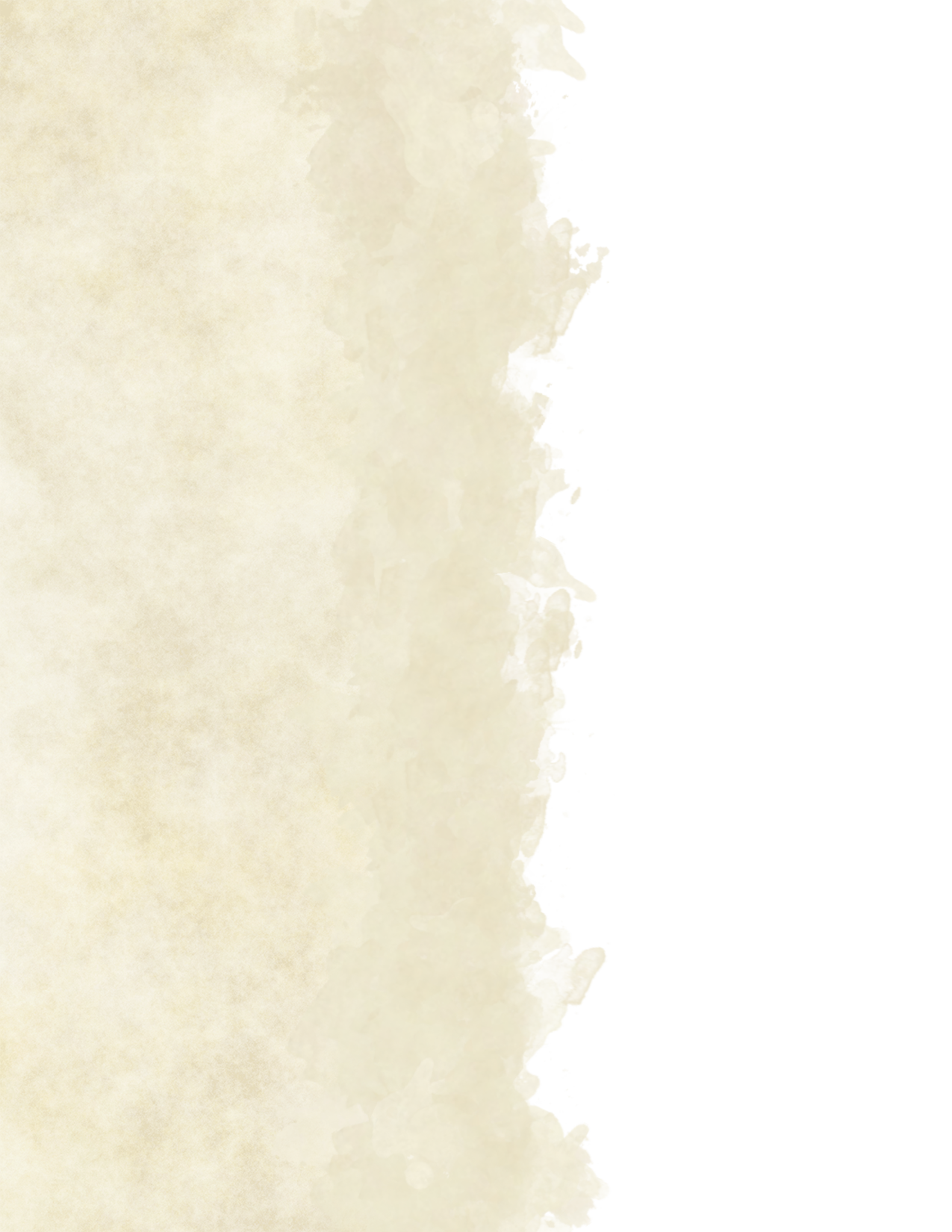
Weapon Customization
Materials, extras, and other customizations for weapons diversify even further. While not the numerical bonuses from masterwork items of older editions, these alterations allow player characters to customize their weapons further. These changes may be made to magical as well as mundane weapons.
Materials
The composition of a weapon can be just as important as the skill of its wielder. While the system defaults to steel, different substances may provide circumstantial benefits against certain creatures or in certain situations. Weapons made of adamantine, adamantite, bronze, mithral, obsidian, nonmetal materials, or true ice are either magically immune to oxidization or made of a nonferrous material, and so do not corrode or rust, even when faced with rust monsters. The material of a weapon may not be changed after its creation.
Adamantine
An incredibly hard metal taken from meteorites with a multicolored sheen, weapons and ammunition made from this material can masterfully sunder other materials. When striking an object with a weapon made from this material, any normal hit becomes a critical hit. Conversely, when used to create armor, it transforms critical hits into normal hits. Thanks to its rarity, adamantine weapons and armor costs 500 gp more than their steel counterparts.
Adamantite
A rare material created when deposits of adamantine are corrupted in underdark. Used extensively by drow, this material has all properties of adamantine, and poisons applied to it do not disappear when inflicted, but instead last until the poison would dry naturally. When exposed to sunlight, adamantite weapons disintegrate. Adamantite weapons cannot be purchased, but can be looted from the bodies of high-ranking drow.
Bronze
A gold-colored alloy of copper and tin. Though replaced by iron and steel, bronze weapons are known for their magical affinity. Enchanting bronze weapons or armor takes half the typical time and price. Most bronze weapons are antiques, making them valuable to collectors. Bronze weapons are equal in price to their steel counterparts, but are produced and sold by few smiths. They must be cast, rather than forged, and such a process is often forgotten.
Cold Iron
They may rust and deform more quickly than steel, but iron weapons hold a key advantage besides their ubiquity: they are anathema to fey. Iron weapons ignore fey creatures' resistances to nonmagical weapons, and prolonged contact with iron deals 1 fire damage per round to a fey creature. Weapons are assumed to be made from iron by default.


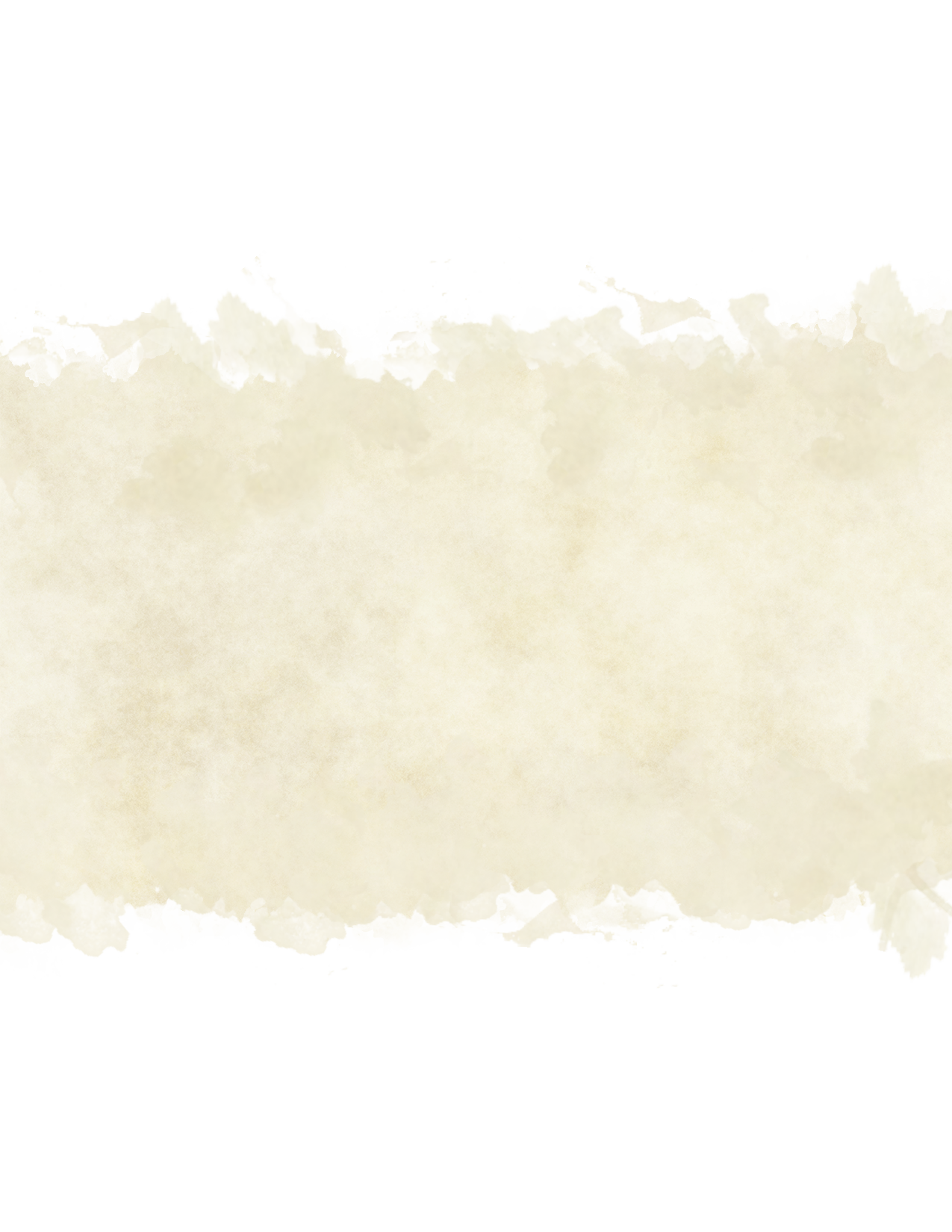
Decorated
The process of decorating a weapon or suit of armor with gemstones or gold, costing 100 gp in addition to material costs. It confers no benefits on the battlefield, but may grant advantage on Persuasion checks by creating an aura of wealth and prestige. It may also include etching or paint, and can be created with with painter's supplies or jeweler's kits.
Flametouched Iron
Native to the material planes of Eberron, this dark gray metal takes on a reddish sheen when refined. A weapon created with this material ignores the resistances to nonmagical damage of all evil creatures, and likewise cannot be wielded by a creature of any evil alignment. Weapons and armor made from flametouched iron cost 1,000 more gp than their mundane counterparts thanks to the rarity of the metal. If used to create a cleric's holy symbol, flametouched iron increases the CR that a cleric can destroy with destroy undead by 1.
Fur
Armor lined or reinforced with animal hides and furs for warmth. When wearing furred armor, the wearer makes saving throws against extremely cold environments with advantage. Adding fur requires the services of a craftsman familiar with both fur-taloring and armor, and so costs 50 gp and adds 5 lbs to a piece of armor. Hide Armor is always furred. Can be added with leatherworker's tools.
Mithral
A light, flexible material, mithral is more useful in the production of armor, removing Strength requirements and disadvantage on Stealth checks.
Weapons made from mithral are similarly light, weighing half as much as their steel counterparts. Mithral weapons without the Light or Heavy property can be used in two-weapon fighting, and mithral weapons with the Heavy property can be used to make extra attacks regardless of the user's strength, no longer take a bonus action to draw and stow, and can be wielded normally by small creatures.
Material Rarities
Iron and steel are the only materials likely to be found in mundane shops. Bronze, gold, and silver require specialized crafstman, stone and organic materials require special circumstances and cultural trappings, and the rest are likely to exist only as magical items.
Obsidian
A rare volcanic glass, weapons made with this delicate material are incredibly sharp. In addition to their typical properties, weapons made with obsidian have the status: slashing property so long as the weapon deals slashing damage. Obsidian weapons cost quadruple the price of the equivalent steel weapon, as they are carved from a single piece of glass.
Silver
Specific monsters, such as werewolves, are vulnerable to silver. Silvering a weapon costs 100 gp and a skilled smith beyond standard smithing proficiencies, but such a process retains the weapon's effectiveness while supplementing it with inferior material.
Steel
The best mundane metal. It has no magical properties, but its nature allows allow smiths to select for sharpness, flexibility, hardness, and durability. Its relative resistance to wear and ease of maintenance has made it a material of choice across the world. Steel weapons cannot be damaged by monster features such as a black pudding's corrosive form.
Stone
Rarely-used, only weapons that deal bludgeoning damage can be made from stone. All weapons and armor made with stone have the heavy property, lose finesse if they have it, weigh 4 times as much as usual, and cost twice as much. A character proficient with mason's tools can make weapons and armor from stone.
True Ice
Exceptional magical material, True Ice comes from the core of polar caps and mountain peaks, and never melts. Elementals aligned with fire or water are vulnerable to damage from true ice weapons. Armor made from True Ice grants resistance to fire damage and immunity to atmospheric hazards in hot environments, but halves the time required to make saves against cold.

Modifications
Weapons and armor are not complete, discrete items. They can be altered from their original forms and given new properties which change the way they operate. Specific tool proficiencies are necessary to create most modifications. Unlike the immobile manufacturing tools required to create entirely new weapons and armor, modifications can be created anywhere so long as a character has the tools, gear, and material in hand.
Weapon Mods
| Modification | Weapons | Price | Effect |
|---|---|---|---|
| Bayonet | Arquebus, heavy crossbow, light crossbow | 20 gp | Allows the attached weapon to be used as a melee weapon: 1d6 piercing, status, two-handed |
| Blunted | All piercing, slashing | 10 gp | Changes damage type to bludgeoning, adds nonlethal property. When the highest possible number on a damage die is rolled, reroll it and take the lower number. |
| Butt Spike | Spears, polearms, harpoon | 10 gp | Allows you to make a single melee weapon attack as a bonus action when you move through a prone creature's space. Deals piercing damage and normal damage die, but no other properties. |
| Consecrated | All | - | Overcome fiends' & undeads' resistances &immunities to nonmagical damage. |
| Guige | Shields | 2 gp | When you drop or doff a shield, it remains on you person instead of falling to the ground. |
| Guisarme Hook | Glaive, halberd | 55 gp | Modifies head of weapon to add the ensnaring property. |
| Enhanced Guard | Swords* | 15 gp | Grants advantage on checks to avoid being disarmed. |
| Flaming | All non-gunpowder | - | For 1 minute, half the damage dealt with the weapon (or in a single shot for ammunition) deals fire damage instead. |
| Penobscot Arms | Bows | 200 gp | Adds a small pair of forward-facing second arms that increase ease of drawing the bow, improving your aim and increasing power. Reroll 1s on damage dice. |
| Poison Reservoir | All piercing, slashing | 1500 gp | Stores up to 5 doses of injury poison, automatically applying the poison on a successful hit. |
| Repeater | Crossbows | 300 gp | Allows you to fire a crossbow 5 times before reloading. |
| Scope | Two-handed ranged | 6000 gp | Removes disadvantage inflicted by attacking at long range. |
| Second Barrel | Gunpowder | 500 gp | Adds 1.5*weight of weapon, allows you to attack twice, instead of once, before reloading. |
| Serrated | All piercing, slashing melee | 200 gp | When you exceeds a target's AC by 5, you deal additional piercing/slashing damage equal to half your proficiency bonus. |
*Estoc, falchion, greatsword, longsword, rapier, scimitar, shortsword
Created Modifications
Consecrated. Clerics or paladins can consecrate weapons by submerging them in 200 gp's worth of holy water in places sacred to their god such as a temple or altar. The ritual takes 80 work-hours of intense prayer and must be completed no more than 10 days after its inception.
Flaming. As an action, coat and light a weapon or 3 pieces of ammunition, consuming 1 flask of oil in the process.
Oiled. Over the course of 1 hour, expend a flask of oil to lubricate the components of armor to reduce noise. Lasts until your next long rest.
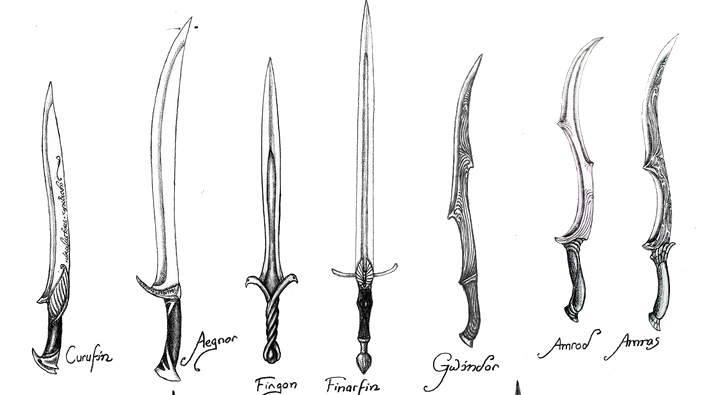

Alternative Weapons
Many real weapons varied only slightly, and cannot be further differentiated in this document. The following table provides alternatives to the existing mechanics and choices. They use the same weight, properties, and damage dice as their original equivalents, though their damage type may differ. That difference is listed in parentheses; (b) for bludgeoning, (p) for piercing, and (s) for slashing damages.
Several of these alternates originate from cultures and technological eras outside the late-medieval/early-renaissance European pastiche of D&D, and may not be appropriate for every game. They include Greece, Rome, Japan, China, and India throughout multiple eras, and this list is far from exhaustive. The DM is within their rights to not allow certain alternatives based on culture, time period, location, or tone. However, the difference is entirely aesthetic, and fantasy cultures may have followed a very different path from our reality. Finally, many of the alternatives are little more than translations for a game that takes place in a different setting, and may be considered equivalent or specific for all intents and purposes.
| Weapon | Alternative |
|---|---|
| Battleaxe | Fu, masakari |
| Brigandine | Lorica segmentata |
| Buckler | Parma |
| Cestus | Bagh nakh (s), brass knuckles, knuckledusters, push dagger (p), tekko |
| Chain Whip | Spiked chain, kusarigama, meteor hammer |
| Club | Bian, blackjack, cosh, tonfa |
| Dagger | Bishou, kozuka, kukri, tamo, tanto |
| Weapon | Alternative |
|---|---|
| Flail | Nunchaku (b) |
| Falchion | Saber |
| Glaive | Bill, bisento, bardiche, falx, fauchard, guandao, naginata, sovnya, voulge, war scythe |
| Greatclub | Peasant flail, kanabo, tetsubo |
| Greatsword | Claymore, changdao, flamberge, nodachi, zweihander |
| Guisarme | Mancatcher |
| Halberd | Lochaber axe, rhomphaia, swordstaff |
| Handaxe | Chakram, ono |
| Javelin | Mau, uchi-ne |
| Lance | Umayari |
| Light Hammer | Chui |
| Longbow | Daikyu |
| Longsword | Bastard sword, broadsword, katana |
| Pike | Ahlspiess, sarissa, mao, nagaeyari |
| Quarterstaff | Gun, bo |
| Ranseur | Corseque, earspoon, partizan, spontoon, rawcon |
| Scimitar | Liuyedao, machete, shotel |
| Shield | Aspis, heater, ishlangu, kite, pelte |
| Short Spear | Assegai, hasta |
| Shortbow | Hankyu |
| Shortsword | Falcata, gladius, jian, katar, wakizashi |
| Sickle | Kama |
| Spear | Doru, qiang, yari |
| Trident | Magariyari |
| Trebuchet | Catapult, mangonel |
| Tower Shield | Pavise, scutum |
| War Pick | Fang, kuwa |
| Whip | Lasso |
Alternative armors, fortunately, are a simple matter of scale. A prehistoric game would feature primarily leather and bone—"plate armor" could be as simple as bone overlay on the chest. A heavy babylonian breastplate, made from bronze, can be considered plate armor in game mechanics. Ultimately, aesthetic and mechanic can co-exist without strict adherence to exact description depending on setting.
This phenomenon also applies to armor in the "standard" setting, as well. A "gambeson" could be heavily padded clothing supplemented by a helm, bracers, and almain collar, and leather armor can exist as armored noblewear rather than full gear. Ultimately, the willingness of player and Dungeon Master to stretch plausibility for aesthetics varies in every group. This document leans simulationist, which limits reflavor work, but this page in particular gives great leeway in just that.

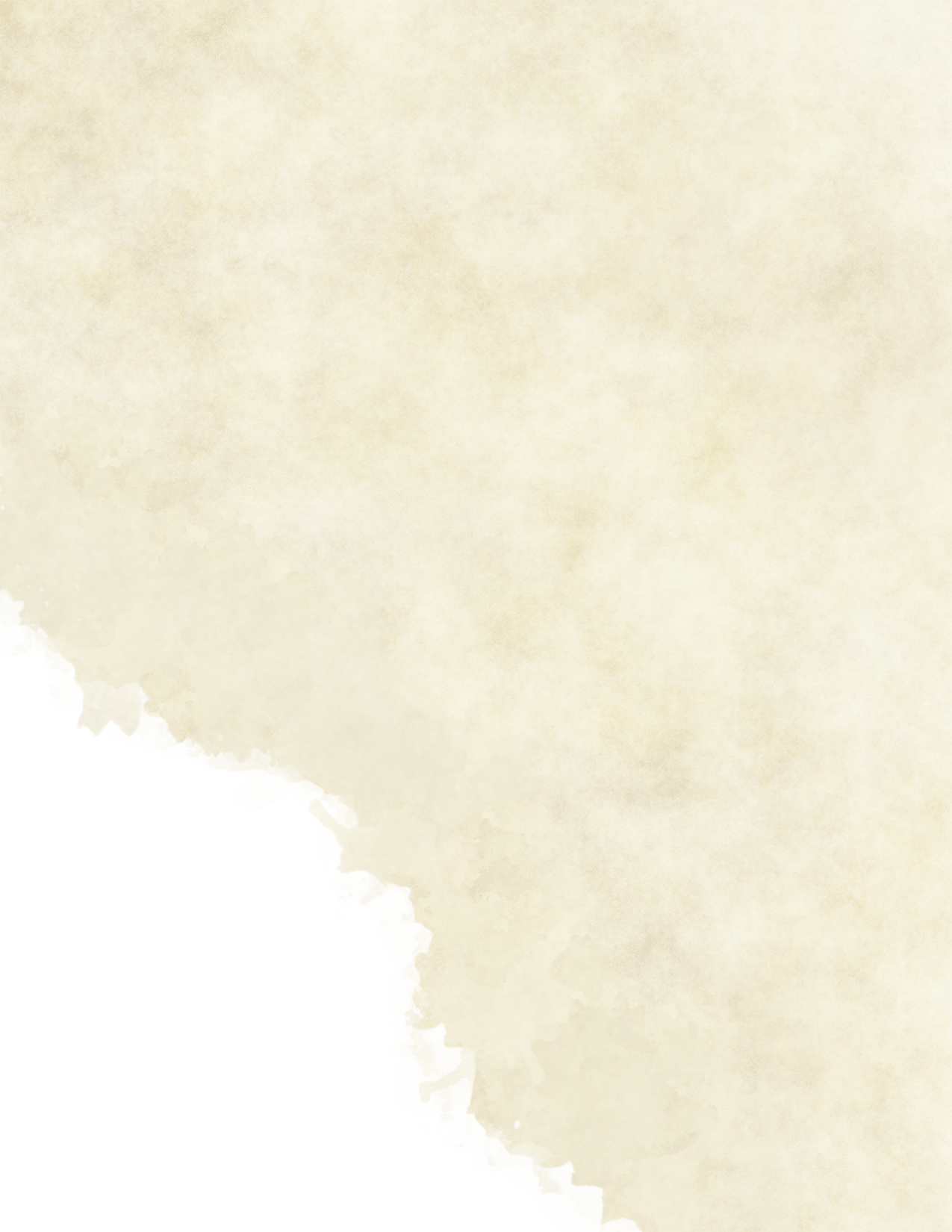
PART III
New Rules

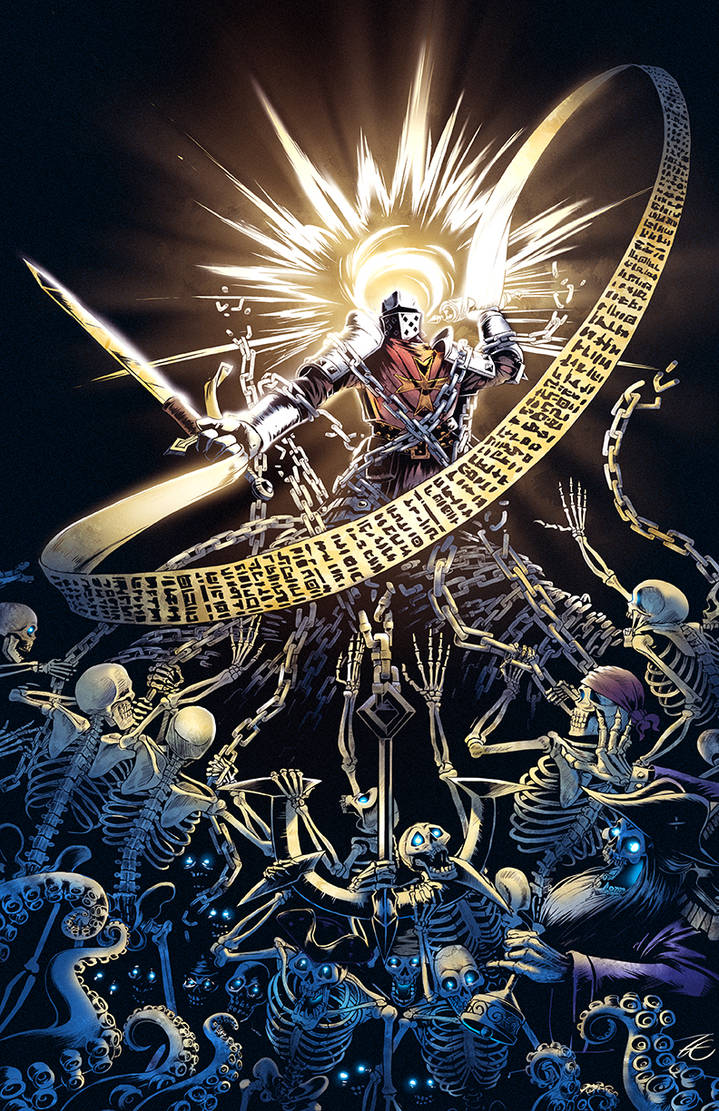
Combat Rules
While robust, some of 5e's combat rules can be tweaked or clarified. This section focuses primarily on small quality-of-life changes, alterations to ease the flow of combat and rules adjudications, and house rules. It does not overhaul HP, AC, action economy, etc. Rather, it addresses specific situations and in some cases creates new or more specific rules.
Two-Weapon Fighting
When you take the Attack action and attack at least once with a light weapon that you're holding in one hand, you can make one attack with a different light weapon that you're holding in another hand as part of the same action. You don't add your ability modifier to this attack's damage, unless that modifier is negative. If either weapon has the thrown property, you can throw that weapon instead of making a melee attack with it. You can only make this additional attack once per turn, even if you have multiple features that allow it.
Feats
Charger
When you move at least 20 feet in a straight line before stopping in a space with one or more creatures within your reach, you gain the following benefits until the end of the turn or until you move again:
- When you successfully shove a creature, you push it an extra 10 feet.
- The bonus damage dealt by your ability score modifier doubles for the first weapon attack you make.
Close-Quarters Shooter
Your extensive practice using ranged weapons in close combat grants you the following benefits:
- You ignore the loading quality of ranged weapons with which you are proficient.
- Being within 5 feet of a hostile creature doesn't impose disadvantage on your ranged attack rolls.
- When you hit a creature within 30 feet of you with a ranged weapon attack using a one-handed ranged weapon, you can deal 1d6 extra damage to the creature.
This feat replaces crossbow expert.
Defensive Duelist
While you are wielding a finesse or versatile weapon and no other weapons, when another creature that you can see hits you with a weapon attack, you can use your reaction to add your proficiency bonus to your AC (potentially causing the attack to miss), which lasts until the start of your next turn or until a weapon attack hits you. You must be proficient with the weapon you are wielding to gain this benefit.
Dual Wielder
You master fighting with two weapons. You gain the following benefits:
- You have a +1 bonus to your AC while you wield at least two one-handed melee weapons in different hands.
- You can add your ability modifier to the damage of additional attacks you make by engaging in two-weapon fighting.
- You can use two-weapon fighting even when the one-handed melee weapons you are wielding aren't light.
Inspiring leader
Prerequisite: Charisma 13 or higher
Your confidence inspires your companions to fight on, granting you the following benefits:
- Increase your Charisma score by 1, to a maximum of 20.
- You can spend 10 minutes inspiring your companions, shoring up their resolve to fight. When you do so, you and up to five friendly creatures within 30 feet of you who can see, hear, and understand you gain temporary hit points equal to your level + your Charisma modifier. A creature can't gain temporary hit points from this feat again until it has finished a short or long rest.
Mage Slayer
You have practiced techniques useful in melee combat against spellcasters, gaining the following benefits:
- When a creature within 5 feet of you begins to cast a spell, you can use your reaction to make a melee weapon attack against that creature before the spell takes effect.
- When you damage a creature that is concentrating on a spell, that creature has disadvantage on the saving throw it makes to maintain its concentration.
- You have advantage on saving throws against spells cast by creatures within 5 feet of you.
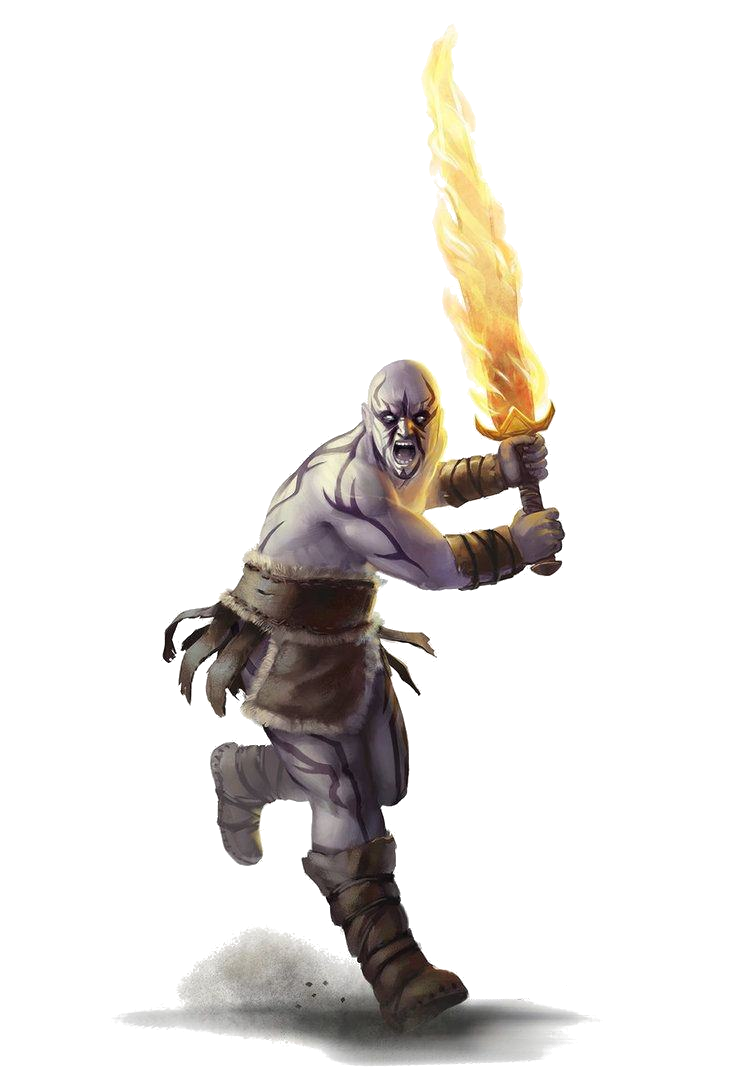
Savage Attacker
You attack with especially brutal force. You gain the benefits below:
- Increase your Strength or Dexterity score by 1, to a maximum of 20.
- Whenever you roll damage for a melee weapon attack, you can reroll the weapon's damage dice once and use either total.
Sharpshooter
You have mastered ranged weapons and can make shots that others find impossible. You gain the following benefits:
- Attacking at long range doesn't impose disadvantage on your ranged weapon attack rolls.
- While you are elevated 10 or more feet above a creature, your ranged weapon attacks against it ignore half cover; at 30 feet or higher, your ranged weapon attacks against it ignore three-quarters cover.
- Before you make an attack with a ranged weapon that you are proficient with, you can choose to take a -5 penalty to the attack roll. If the attack hits, you add +10 to the attack's damage.
Shield Master
You use shields not just for protection but also for offense. You gain the following benefits while you are wielding a shield:
- You can use your bonus action to attempt to shove a creature you can see within 5 feet with your shield
- If you aren't incapacitated, you can add your shield's AC bonus to any Dexterity saving throw you make against a spell or other harmful effect that targets only you.
- When subjected to an effect that allows you to make a Dexterity saving throw to take half damage, you can use your reaction to interpose your shield between yourself and the source of the effect.
Rules
Divided Fall Damage
If you land on another creature on the ground and would have taken falling damage from the impact, the damage you take from falling is divided evenly between you and the creature you land on.
Drawing and Stowing Weapons
Sheathing or stowing a weapon requires the object interaction you receive as part of your turn. You can draw a weapon as part of the attack you make with that weapon, provided you have a hand to hold it (or both hands, for two-handed weapons). This includes thrown or ranged weapons.
Exhaustion
Each level of exhaustion inflicts the corresponding effect:
| Level | Effect |
|---|---|
| 1 | Disadvantage on ability checks |
| 2 | Speed halved |
| 3 | Disadvantage on attack rolls and saving throws |
| 4 | Hit point maximum halved |
| 5 | Speed reduced to 0 |
| 6 | Death |
If an already exhausted creature suffers another effect that causes exhaustion, its current level of exhaustion increases by the amount specified in the effect's description. A creature suffers the effect of its current level of exhaustion as well as all lower levels. For example, a creature suffering level 2 exhaustion has its speed halved and has disadvantage on ability checks.
An effect that removes exhaustion reduces its level as specified in the effect's description, with all exhaustion effects ending if a creature's exhaustion level is reduced below 1. Finishing a short or long rest removes level 1 exhaustion from a character. A long rest reduces a creature's exhaustion by 1 regardless of the current level. Being raised from the dead increases a creature's exhaustion level by 1.
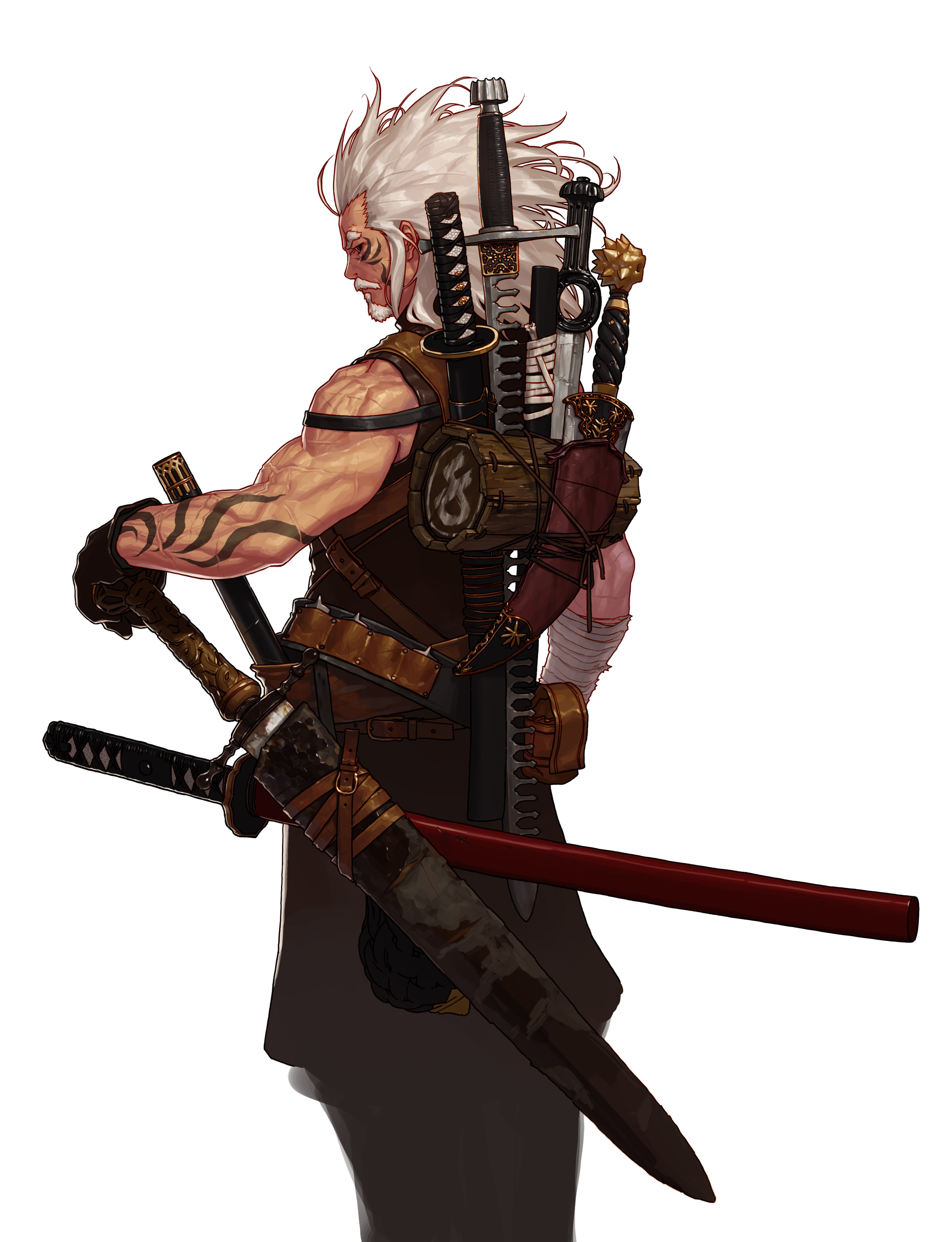
Getting Up & Movement Speed
Mounting, dismounting, or standing up from prone expends 15 feet of movement, regardless of your speed. If a creature has less than 15 feet of movement, it takes all their movement to mount, dismount, or stand up. A creature with 0 movement cannot do these things.
Injury
Falling to 0 HP devastates your stamina. Whenever your HP drops to 0, you gain 1 level of exhaustion.
Intentional Failures
Before you roll an ability check or saving throw with an ability score other than Constitution you can choose to fail that check or save and incur all the penalties of with failure. You can also choose to allow an attack to hit you.
Using Certain Magical Items
You may draw and drink a potion yourself as a bonus action. Administering a potion to another creature requires your action. The same applies to Herbal Mixtures. Any creature capable of reading Common can activate a spell scroll.
Class Features
Bonus Proficiency—Cleric
At 1st level, a cleric can choose to take the Bonus Proficiency feature. If they do so, they gain proficiency in heavy armor and martial weapons and the Divine Strike feature at level 8. If they do not, they gain the Potent Spellcasting feature at level 8 instead.
Divine Strike
At 8th level, you gain the ability to infuse your weapon strikes with the power of your god. Once on each of your turns when you hit a creature with a weapon attack, you can cause the attack to deal an extra 1d8 damage to the target. When you reach 14th level, the extra damage increases to 2d8. This damage is different for each domain, and listed on the table below. If a domain is not on the table, the DM and player decide the appropriate damage type for that domain.
| Domain | Damage Type |
|---|---|
| Arcana | Force |
| Forge | Fire |
| Grave | Necrotic |
| Knowledge | Weapon's |
| Life | Radiant |
| Light | Fire |
| Domain | Damage Type |
|---|---|
| Nature | Cold/Fire/Lightning |
| Order | Psychic |
| Tempest | Lightning/Thunder |
| Trickery | Psychic |
| Toxin | Poison |
| War | Weapon's |
Divine Smite
Starting at 2nd level, when you hit a creature with a weapon attack, you can expend one spell slot to deal radiant damage to the target, in addition to the weapon's damage. The extra damage is 2d8 for a 1st-level spell slot, plus 1d8 for each spell level higher than 1st, to a maximum of 5d8. The damage increases by 1d8 if the target is an undead or a fiend, to a maximum of 6d8.
Improved Divine Smite
By 11th level, you are so suffused with righteous might that all your strikes carry divine power with them. Whenever you hit a creature with a weapon attack, the creature takes an extra 1d8 radiant damage.
Fighting Style
You adopt a particular style of fighting as your specialty. Choose one of the following options. You can't take the same Fighting Style option more than once, even if you get to choose again. You choose from the list below regardless of your class:
Archery: You gain a +2 bonus to attack rolls you make with ranged weapons.
Brawling: You are proficient in unarmed strikes, and they deal 1d4 + your Strength modifier in damage.
Defense: While you are wearing armor, you gain a +1 bonus to AC.
Dueling: When you are wielding a melee weapon in one hand and no other weapons, you gain a +2 bonus to damage rolls with that weapon.
Flexibility: While you are wielding a versatile weapon and no other weapons or shields, you can add your Dexterity modifier (maximum of +1 while one-handed, maximum of +2 while two-handed) to your attack rolls with that weapon.
Great Weapon Fighting: When you roll a 1 or 2 on a damage die for an attack you make with a melee weapon that you are wielding with two hands, you can reroll the die and must use the new roll, even if the new roll is a 1 or a 2. The weapon must have the two-handed or versatile property for you to gain this benefit.
Protection: When a creature you can see attacks a target other than you that is within 5 feet of you, you can use your reaction to impose disadvantage on the attack roll. You must be wielding a shield.
Two-Weapon Fighting: When you engage in two-weapon fighting, you can add your ability modifier to the damage of the second attack.
Hex
If you are a warlock, you learn hex at level 2, which does not count against your number of spells known. You can cast hex a number of times equal to your spellcasting modifier without expending a spell slot, and regain all uses at the end of a short rest. When you cast hex in this way its duration does not increase it cannot be transferred to a new target.
Hunter's Mark
If you are a ranger, you learn hunter's mark at level 2, which does not count against your number of spells known. You can cast hunter's mark a number of times equal to your Wisdom modifier without expending a spell slot, and regain all uses at the end of a short rest. When you cast hunter's mark in this way its duration does not increase and it cannot be transferred to a new target.
Improved Pact Weapon
Prerequisites: 5th level, Pact of the Blade
You can use a pact weapon as a focus for your warlock spells. It gains a +1 bonus to its attack and damage rolls, unless it is a magic weapon that already has a bonus to those rolls. Finally, the weapon you conjure can be any weapon of your choice. You summon ranged weapons loaded with a single piece of ammunition.
Martial Arts
Your practice of martial arts gives you mastery of combat styles that use unarmed strikes and monk weapons, which are shortswords and any simple melee weapons that don't have the two-handed or heavy property. You gain the following benefits while you are unarmed or wielding only monk weapons and you aren't wearing armor or wielding a shield:
You can use Dexterity instead of Strength for the attack and damage rolls of your unarmed strikes and monk weapons. You can roll a d4 in place of the normal damage of your unarmed strike or monk weapon. This die changes as you gain monk levels, as shown in the Martial Arts column of the Monk table.
When you use the Attack action with an unarmed strike or a monk weapon on your turn, you can make one additional unarmed strike as though you were two-weapon fighting.
Pact of the Blade
You gain proficiency in medium armor, shields, and martial weapons, and can use a bonus action to create a pact weapon in your empty hand. You choose the form this weapon takes each time you create it (see part 2 for weapon options). You cannot create exotic or ranged weapons. This weapon counts as magical for the purpose of overcoming resistances and immunities, and it uses your spellcasting ability modifier for its attack and damage rolls.
Your pact weapon disappears if it is more than 5 feet away from you for 1 minute or more. It also disappears if you use this feature again, if you dismiss the weapon (no action required), or if you die.
You can transform a magic weapon into your pact weapon by performing a special ritual while you hold it. You perform the ritual over the course of 1 hour, which can be done during a short rest. You can then dismiss the weapon, shunting it into an extradimensional space, and it appears whenever you create your pact weapon thereafter. You can't affect an artifact or a sentient weapon in this way. The weapon ceases being your pact weapon if you die, if you perform the 1-hour ritual on a different weapon, or if you use a 1-hour ritual to break your bond to it. The weapon appears at your feet if it is in the extradimensional space when the bond breaks.
At 5th level you gain the thirsting blade invocation, which does not count against your total number of invocations.
Variable Casting Ability—Warlock
You choose between Charisma and Intelligence to act as your spellcasting ability for you warlock spells. You cannot change this choice once you make it. You use their choice between the two whenever a spell refers to your spellcasting ability. In addition, you use your choice of ability score's modifier when setting the saving throw DC for a warlock spell you cast, and when making an attack roll with one.
Variable Feature Ability—Monk
When one of your monk features—such as Unarmored Defense or Deflect Missiles—calls for you to use your Dexterity modifier, you can use your Strength modifier instead.
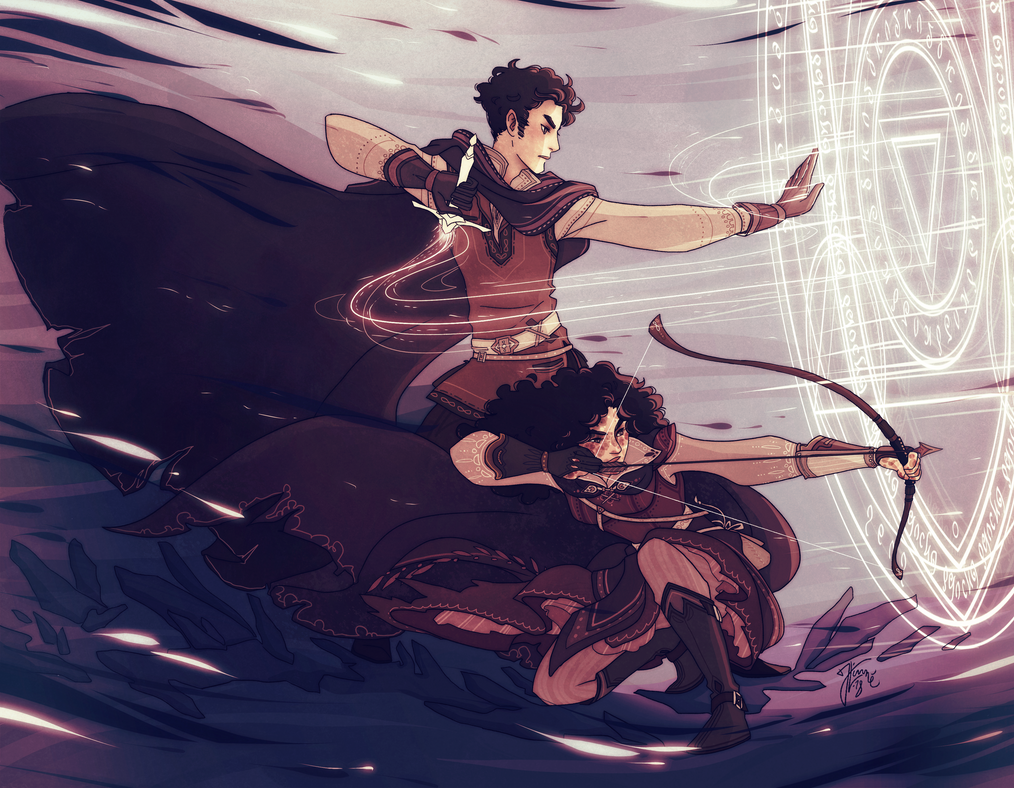

PART IV
New Items

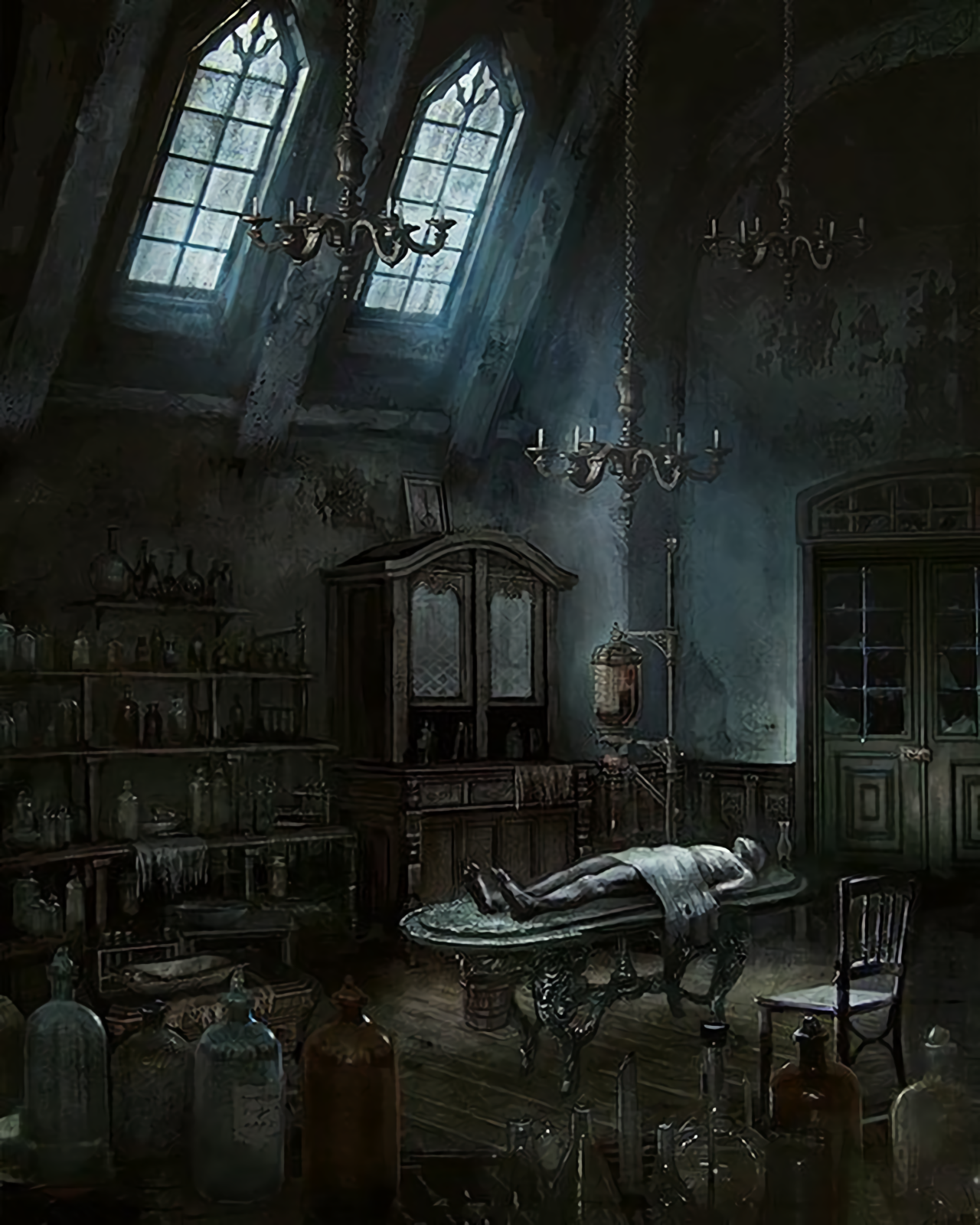
Mid-Adventure Crafting
If you are proficient with a set of tools, you can create certain items with them. To craft, you declare a period of 1-8 hours and the item you craft. During that time you progress 50 gp closer to the item's sale price for every hour worked. After the interval ends, make an Intelligence check, adding your proficiency bonus. The check DC equals 18 minus the number of hours worked. If you succeed, your attempt at crafting is successful and the progress you made is added to the total progress you made to the item prior, if any. You cannot work more than 8 hours per day.
When your progress reaches or exceeds the default sale price of the item, it is complete. If you exceed the price of the item in the time you allotted you cannot begin another item; reduction of the DC over time reflects slower, more careful work on the same item. Multiple items in the same period require multiple intervals and checks.
If the item isn't finished, progress carries forward to the next crafting attempt. If the check fails, the materials you used are worth half as much as they were before. To begin crafting an item, you need materials worth at least half the item's listed price. These materials can be purchased, scavenged, etc.
For example, if you are proficient in smith's tools and have access to a forge, tools, and 5 gp of metal, you can spend one hour to make a maul so long as you succeed on a DC 17 check, or two hours with a DC 16 check.
Tools and Craftable Items
The table supplements Xanathar's to clarify which tools create which items. It supplements those rules, and does not replace them. The list is not exhaustive.
This system can repair damaged items. An hour grants 100 gp of progress, instead of 50, when fixing an item. Rangers can use this system to perform research on favored enemies. CR replaces price; for every successful hour of "crafting" they add 1 towards the CR of the creature they chose to study. When they reach or exceed its CR they learn one piece of lore or one statistic of their choice about the creature.
This ruleset permits parties to create when traveling—instead of weeks of work, the player can allot a few hours to progress. During longer periods, Xanathar's Guide to Everything provides excellent guidelines.
Specifics
- Alchemists use esoteric reagents and need a recipe for each potion and bomb, which they can develop as though they were crafting an item. A recipe requires half as much as the final item to finish. Herbalists can only create basic potions of healing, but gather the necessary materials as a crafting check; if they succeed they gather herbs with a value equal to the gp progress made.
- Like wizards, writers use gp to transcribe scrolls. They do not need to purchase ink and can scribe scrolls on any sheet of parchment, paper, vellum, etc.
- Some kits can be transported and used as-written in the PHB and XGtE but are too large to craft with while on the move. Those kits are marked with a * below.
- If a character has a feature that allows them to create items in half the normal time, they make 100 gp of progress per hour.
- Artistic items like jewelry can be sold for 1d4*10% more than their technical price. If mateirals cost 100 gp, art can be sold for 210-240 gp. Tools marked with † produce art.
| Tools | Items |
|---|---|
| Alchemist | Bombs, potions; acid, alchemist's fire, antitoxin, oil, perfume, soap |
| Brewer*† | Alcoholic beverages, oils |
| Calligrapher† | Calligraphy, scrolls |
| Carpenter† | Club, greatclub, shield, tower shield; wooden structures and furniture |
| Cartographer | Maps |
| Cobbler† | Shoes |
| Cook† | Food |
| Disguise | Costume clothes |
| Forgery | False documents, scrolls |
| Glassblower† | Any glass object |
| Herbalism | Potions of healing, herbal mixtures |
| Jeweler† | Jewelry, decorated mod |
| Painter† | Canvas paintings, decorated mod |
| Poisoner | Poisons |
| Potter* | Clay pottery |
| Leatherworker | cestus, furred mod, guige mod, hide armor, leather armor, shield, sling |
| Mason† | Stone armor & weapons |
| Smith | All weapons, armor, shields, butt spike, guisarme hook, enhanced guard, serrated mods |
| Tinker | Arquebus, crossbows, handgonne, bayonet, poison reservoir, repeater, scope, second barrel mods |
| Weaver*† | Textiles, common clothes, fine clothes, traveler's clothes |
| Woodcarver | Bows, arrows, bolts, shield, tower shield, penebscot arms mod |
Offensive Gear
Included in this section are the other items that PCs might employ to attack, and can create. They are not weapons, and each possesses their own unique properties and traits. Adventuring gear without an aggressive combat use have been omitted, as they have not been changed. After the base adventuring gear section, each category is listed in the order of the tools used to create them.
If a piece of gear requires you to make an attack roll, you are not proficient in it unless you are trained in the use of that item or have taken the Tavern Brawler feat.
If a piece of gear can be thrown, it has the Thrown property and a range of 20/60. Throwing these items counts as a single attack when taking the attack action. You add Dexterity to attack rolls with thrown gear, and nothing to damage.
Gear
| Name | Cost | Weight | Properties & Damage |
|---|---|---|---|
| Acid Vial | 25 gp | 1 lb. | 2d6 acid, thrown |
| Alchemist's Fire | 50 gp | 1 lb. | 1d4 fire/round, thrown |
| Ball Bearings | 1 gp | 2 lb. | - |
| Caltrops | 1 gp | 2 lb. | 1 piercing |
| Flour | 2 cp | 1 lb. | 2d6 fire, thrown |
| Grappling Hook | 2 gp | 4 lbs. | 1 piercing, thrown |
| Gunpowder Horn | 35 gp | 2 lbs. | 3d6 fire, gunpowder |
| Gunpowder Keg | 150 gp | 20 lbs. | 6d6 fire, gunpowder |
| Gunpowder Barrel | 1750 gp | 20 lbs. | 12d6 fire, gunpowder |
| Holy Water | 25 gp | 1 lb. | 2d6 radiant, thrown |
| Hunting Trap | 5 gp | 25 lbs. | 1d10 piercing, status |
| Manacles | 2 gp | 6 lbs. | - |
| Oil Flask | 1 sp | 1 lb. | 5 fire, thrown |
| Torch | 1 cp | 1 lb. | 1 fire |
Acid
You can splash the contents of this vial onto a creature within 5 feet of you or throw the vial, shattering it on impact. Make an attack attack against a creature or object, treating the acid as an improvised weapon using your Dexterity modifier. On a hit, the target takes 2d6 acid damage. Acid does double damage against objects, structures, and creatures made from stone or metal.
Alchemist's Fire
This sticky, adhesive fluid ignites when exposed to air. Throwing this flask causes it to shatter on impact. Make a ranged attack against a creature or object, treating the alchemist's fire as an improvised weapon. On a hit, the target takes 1d4 fire damage at the start of each of its turns. A creature can end this damage by using its action to make a DC 10 Dexterity check to extinguish the flames. Creatures vulnerable to fire damage have disadvantage on this check, and the DC is increased to 15 for them.
Ball Bearings
You can spill this bag of 1,000 tiny metal balls from their pouch to cover 10 ft square are. A creature moving across the covered ground must succeed on a DC 10 Dexterity saving throw or fall prone. A creature moving through the area at half speed doesn't need to make the saving throw. A creature that has taken the dash action on their turn or moved at least 15 ft in a straight line before entering a ball bearing-filled space makes that save at disadvantage.
Creatures that fly, jump, or hover through the space are unaffected by ball bearings.
Caltrops
You can spread a single bag of caltrops to cover a 5-foot-square. Any creature that enters the area must succeed on a DC 15 Dexterity saving throw or stop moving and take 1 piercing damage. Until the creature regains at least 1 hit point, its walking speed is reduced by 10 feet. A creature moving through the area at half speed doesn't need to make the saving throw. If a creature is knocked prone in a caltrop's space, it takes damage equal to the Strength score of the creature that knocked it prone or the save DC of the same effect.
Improvised collections of sharp items, such as broken glass, can be used as caltrops.
Flour
You can throw a bag of flour, which ruptures on impact. A 10 ft cube is filled by powder, which lingers in the air and can reveal any invisible creature. If the flour cloud is ignited, it deals 2d6 fire damage to all creatures within the cloud.
Coal, sawdust, coffee, pollen, and magnesium powder can also be used to such an effect.
Grappling Hook
If this sharp metal hook is tied to a rope, you may throw the grappling hook at an object or creature, making an attack roll against the creature or the AC of the object's material. You may then pull the rope to move that object as though you were carrying it, or the creature as though you were dragging it. You can also climb that rope.
Gunpowder Horn
A gunpowder horn holds 25 pinches of gunpowder to be used in loading weapons with the Gunpowder property. If the powder horn takes fire damage, it explodes, dealing 3d6 fire damage to all creatures and objects within 10 feet of it. A successful DC12 Dexterity saving throw halves the damage taken.
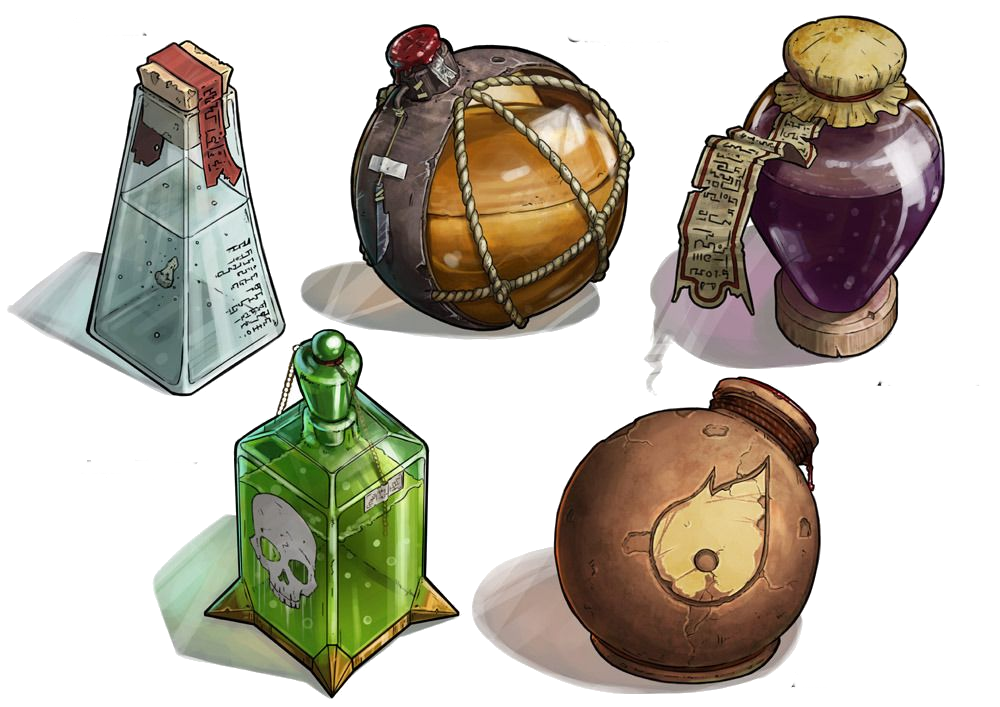
Gunpowder Keg
A small, personal barrel of gunpowder, typically about a foot tall. It contains 200 pinches of gunpowder to be used in weapons with the Gunpowder property. If the powder keg takes fire damage, it explodes, dealing 6d6 fire damage to all creatures and objects within 10 feet of it. A successful DC14 Dexterity saving throw halves the damage taken.
Gunpowder Barrel
A full-sized barrel of black powder. It contains 700 pinches of gunpowder to be used in weapons with the Gunpowder property. If the powder barrel catches fire, it explodes, dealing 12d6 fire damage to all creatures and objects within 15 feet of it. A successful DC16 Dexterity saving throw halves the damage taken.
Holy Water
Throwing this flash causes it to shatter on impact. Make a ranged attack against a target. If the target is a fiend or undead, it takes 2d6 radiant damage.
Hunting Trap
As an action, you may set this trap, which is comprised of a pressure panel, a pair of heavy iron jaws, and a spike & chain. It has +8 to hit and deals 1d10 piercing damage. It requires an action and a DC15 Strength check to remove. Failing the check by 5 or more deals an additional 1d10 piercing damage. If the trap is concealed, a DC 10 Wisdom (Perception) check will reveal it, and a DC 10 Dexterity check using thieves' tools will disable it.
Manacles
These metal restraints can bind a Small or Medium creature, requiring a successful grapple if that creature is attempting to resist. Escaping the manacles requires a DC 20 Dexterity check to slip out, or a DC 20 Strength check to break. Each set of manacles comes with one key. Without the key, a creature proficient with thieves' tools can pick the manacles' lock with a successful DC 15 Dexterity check. Spellcasters in manacles cannot perform the somatic components of spells.
Oil Flask
Make a ranged attack against a target creature or object, treating the oil as an improvised weapon, to splash flammable oil onto it. If the target takes any fire damage before the oil dries (after 1 minute), the target takes an additional 5 fire damage. You can also pour a flask of oil on the ground to cover a 5-foot-square space. If lit, the oil burns for 2 rounds and deals 5 fire damage to any creature that enters the area or ends its turn there. A creature can take this damage only once per turn.
Oil can also be used in the upkeep of armor. Taking one hour to apply a flask of oil to an armor that grants at least 13 AC (without Dexterity bonuses) removes disadvantage on stealth checks while wearing it until you take a long rest.
Torch
A torch burns for 1 hour, providing bright light in a 20-foot radius and dim light for another 20. If you make a melee attack with a burning torch and hit, it deals 1 fire damage and ignites any oil or flour that may be on the target.
Bombs and Grenades
Specialized thrown explosives, bombs are thrown using an attack to any point within 60 feet. They deal their effects in a sphere in the radius listed. All bombs weigh 1 lb, have the Gunpowder property unless otherwise noted, can be lit or activated as part of the same attack used to throw them, and deal half damage on a successful saving throw unless otherwise noted.
Like potions, an alchemist must know or find the recipe to create a specific bomb before they can make it. After they know it, they can make that bomb as many times as they like; most ingredients are assumed to be part of their alchemists' kits.
Bombs
| Name | Cost | Save/DC | Radius | Damage |
|---|---|---|---|---|
| Bomb | 50 gp | Dex/12 | 5 ft. | 2d6 fire + 2d6 thunder |
| Aeolian Flare | 20 gp | Con/10 | 30 ft. | - |
| Ashes of Dreams | 50 gp | Con/11 | 10 ft. | - |
| Boreas' Embrace | 300 gp | Con/17 | 15 ft | 2d6 cold + 2d6 thunder |
| Cayenne Smog | 450 gp | Con/16 | 30 ft. | 1 fire |
| Charnock's Remorse | 500 gp | Dex/17 | 30 ft. | 3d6 fire/round |
| Dimeritium Shardsmoke | 600 gp | - | 5 ft. | 1d6 force + 2d6 thunder |
| Dynamo | 300 gp | Dex/14 | 5 ft. | 4d6 lightning |
| Flashbang | 40 gp | Con/10 | 15 ft. | 1 thunder |
| Glitterburst | 100 gp | Dex/13 | 10 ft. | 2d6 piercing + 2d6 thunder |
| Hornet's Nest | 75 gp | Con/11 | 25 ft. | - |
| Moon Dust | 320 gp | Wis/14 | 10 ft. | 3d6 radiant |
| Screamer | 30 gp | Con/13 | 15 ft. | - |
| Shockwave Diamond | 80 gp | Str/12 | 10 ft. | 1d4 thunder |
| Smokestick | 20 gp | - | 10 ft. | - |
| Spirit Walker | 300 gp | Cha/14 | 10 ft. | 3d6 force + 3d6 thunder |
| Tanglefoot Bag | 100 gp | Dex/14 | 5 ft. | - |
| Thunderstone | 300 gp | Con/13 | 10 ft. | 4d6 thunder |
| Torpid Air | 35 gp | - | 20 ft. | - |
| Vomit Comet | 200 gp | Con/10 | 15 ft. | 1d4 poison |
| Zabou | 10 gp | Con/10 | 10 ft. | - |
Bomb
The standard bomb, a metal shell packed with gunpowder. Its thunder damage is doubled against constructs and structures.
Aeolian Flare
A tiny cloth pouch filled with magnesium strips and gunpowder to set them alight. It produces blinding light on impact. All creatures that fail their saving throw are blinded until the end of their next turn. Creatures with Darkvision make their save against with disadvantage.
Ashes of Dreams
Fey magic and tranquilizing herbs combine in this gas bomb to tranquilize targets. Creatures that fail their save are knocked unconscious for 1d4 rounds. Creatures immune to being magically put to sleep are immune to this effect.
Boreas' Embrace
Packed with shards of True Ice and cold magic, creatures that fail their initial saving throw against this bomb are restrained and gain +2 to their AC. This effect lasts for 1 minute. They may repeat the saving throw at the end of each of their turns, ending both effects on a success.
Cayenne Smog
Filled with a powder distilled from exotic fruits, this chemical grenade releases a billowing cloud of excruciating gas from the space it is thrown for 1 minute. On a failed save, creatures within the cloud are blinded and poisoned. Affected creatures can repeat the saving throw at the end of each of their turns, ending the effect on themselves on a success. Creatures immune to fire damage or that do not need to breath are immune to this bomb's effects. This bomb does not have the Gunpowder property.
Charnock's Remorse
A closely-guarded secret of contemporary alchemy, the result of a quest for ever-burning flames. The result was a horrific, burning chemical which sticks to clothing, skin, and buildings, continuing to burn for 10 minutes unless completely starved of air by smothering. This fire is even immune to the effects of prestidigitation, control flames, and other extinguishing spells. Capable of burning damp materials and causing excruciating pain, creatures suffering from it must also succeed on a DC10 Constitution saving throw or be immediately incapacitated until the fire is put out or they die.
While capable of burning in damp conditions, this bomb retains the Gunpowder property and must be ignited as normal. Creatures that succeed on their Dexterity saving throw against this bomb take no damage.
Dimeritium Shardsmoke
Crafted from a series of complicated enchantments, reagents, and metals, the tiny blast of smoke interferes with magic itself. When it explodes it imitates the effects of the dispel magic spell for all effects within range. If a check is required, it has a +5 to the d20 roll.
Dynamo
A palm-sized metal sphere covered in greebling, this marvel of alchemical engineering unleases stored lightning in all directions. It lacks the gunpowder property and does double damage when thrown underwater, and has a 20 ft radius of effect in water or damp conditions. Unlike other items and weapons, it can move its full range when used underwater.
Flashbang
This bomb creates a burst of light and sound upon impact, disoriented creatures within range. On a failed saving throw, all creatures within its range are blinded and deafened for 1 minute. They may repeat the saving throw at the end of each of their turns, ending the effect on themselves on a success. Creatures with Tremorsense or Darkvision make the initial saving throw against this bomb with disadvantage.
Glitterburst
Silver dust and shards fill this bomb, inflicting terrible damage on creatures vulnerable to it. Creatures that do not resist damage from silvered weapons take doubled piercing damage and have disadvantage on their saving throws against this bomb. Its thunder damage is doubled against constructs and structures.
Hornet's Nest
This large sphere is packed by rounded balls of soft metal and rubber that explode in a wide radius. All creatures within range that fail their saving throw against it are stunned until the end of their next turn, incapacitated by nonlethal pain. Creatures resistant to damage from nonmagical weapons make their saving throw against this bomb with advantage, and creatures immune to automatically succeed.
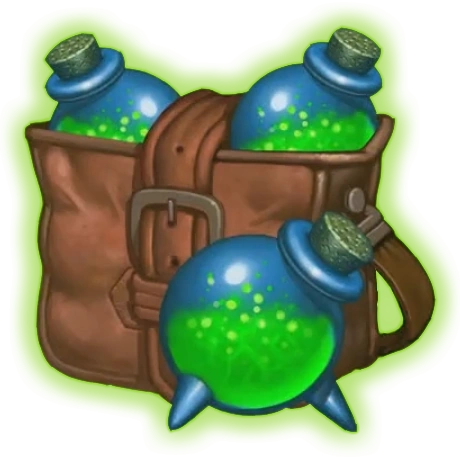
Moon Dust
Packed with parilla cuttings and shards of feldspar, this bomb is designed to combat shapeshifters. Creatures with the shapechanger trait make their saving throw against this bomb with disadvantage and, if they take damage from it, revert to their human form and cannot change from it for 1 hour.
Shockwave Diamond
A small crystal of compressed energy, this tiny object shatters on impact and releases all its power at once. On a failed save, all creatures within its radius are pushed 10 feet away and knocked prone. They take damage regardless of whether they fail the save or not. This bomb deals an additional 3d4 thunder damage to objects, structures, and constructs within its range.
Smokestick
A flammable compound that produces a thick plume of smoke within its effect range for 1 minute. The area within its range is heavily obscured for 1 minute.
Spirit Walker
When this bomb explodes, it send all creatures within its radius that failed their save into the ethereal plane for 2d6 rounds, after which they return, unharmed, in the same place.
Tanglefoot Bag
A bag of magical, sticky tar that erupts from the point of impact. Creatures in its radius must succeed on a saving throw against it or be restrained. A successful DC14 Strength check can break a restrained creature free. In addition, its entire area is difficult terrain for 1 minute, after which the tanglefoot compound dries. If a 5ft square of tar takes 10 points of fire damage, it dries early and is no longer difficult terrain. This bomb does not have the Gunpowder property.
Thunderstone
A small rock densely packed with incredible magical power. When thrown, it shatters on impact, releasing tremendous concussive energy. It damages objects as well as creatures, and deals double damage to structures and constructs, both of which automatically fail their saving throws.
Torpid Air
A concocation that thickens the air within its area of effect, rapidly slowing descents. Bursting on impact, all creatures that fall to a point on the ground within its range have their falling damage quartered. This effect lasts for 1 minute.
Vomit Comet
Containing an assortment of pungent, rotting materials, the terrible smell of this bomb can stop creatures close to it in their tracks. Those who fail their save within its area of effect are poisoned, have their movement speed reduced by 10 feet, and must repeat their saving throw or lose their action to retch and stagger. This effect lasts for 1 minute. Creatures that cannot be poisoned or do not have to breathe are immune to this effect.
Zabou
The fungal zabou can be hurled, releasing its cloud of spores on impact. Any creature in its area must succeed on a DC 10 Constitution saving throw or be poisoned for 1 minute. The poisoned creature's skin itches for the duration. The creature can repeat the saving throw at the end of each of its turns, ending the effect on itself on a success.
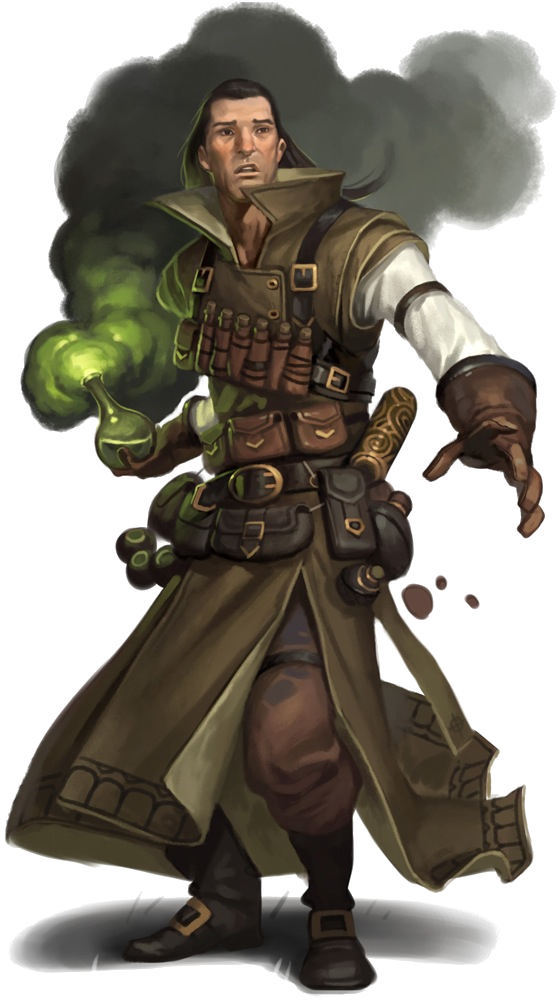
Oils
These magically-infused ointments can coat weapons and armor to produce a temporary magical effect. Oils last for one hour, after which they naturally evaporate, or until they're cleaned off or washed away.
Oils can be applied to a weapon, piece of armor, or 3 pieces of ammunition. A character needs at least 1 free hand to apply an oil. Oils cannot be applied to items worn or carried by an unwilling and conscious target.
Items can only benefit from one oil at a time. A new application overrides the old and removes it.
Creating Oils
Characters proficient with both arcana and brewer's supplies can create oils. To create oils, a character needs an amount of the corresponding gemstone dust valued at least half the oil's cost, and a flask of oil. Unlike alcoholic beverages, oils can be created while traveling, with the portable kit.
Oil Components
| Oil | Component |
|---|---|
| Accuracy | Pearl |
| Blessing | Diamond |
| Corruption | Emerald |
| Decay | Onyx |
| Energy | Topaz |
| Flameborn | Ruby |
| Oil | Component |
|---|---|
| Frost | Sapphire |
| Nightmares | Amethyst |
| Power | Garnet |
| Resilience | Aquamarine |
| Spite | Peridot |
| Thunderclap | Alexandrite |
Oils
| Oil of: | Weapon Effect | Armor Effect | Rarity | Cost |
|---|---|---|---|---|
| Accuracy | Gain +1 to hit | Gain +1 AC | Uncommon | 500 gp |
| Blessing | Deal Radiant damage | Gain resistance to Necrotic damage | Uncommon | 200 gp |
| Corruption | Deal Poison damage | Gain resistance to Acid damage | Uncommon | 200 gp |
| Decay | Deal Necrotic damage | Gain resistance to Radiant damage | Uncommon | 200 gp |
| Energy | Deal lightning damage | Gain resistance to Thunder damage | Uncommon | 200 gp |
| Flameborn | Deal Fire damage | Gain resistance to Cold damage | Uncommon | 200 gp |
| Frost | Deal Cold damage | Gain resistance to Fire damage | Uncommon | 200 gp |
| Nightmares | Deal Psychic damage | Gain resistance to Force damage | Uncommon | 200 gp |
| Power | Deal +1 damage | Reduce damage taken by 1 | Uncommon | 200 gp |
| Resilience | Deal Force damage | Gain resistance to Psychic damage | Uncommon | 200 gp |
| Spite | Deal Acid damage | Gain resistance to Poison damage | Uncommon | 200 gp |
| Thunderclap | Deal Thunder damage | Gain resistance to Lightning damage | Uncommon | 200 gp |
| Greater Accuracy | Gain +2 to hit | Gain +2 AC | Rare | 2500 gp |
| Greater Blessing | Deal Radiant damage+ 1d4 extra | Gain immunity to Necrotic damage | Very rare | 1000 gp |
| Greater Corruption | Deal Poison damage +1d4 extra | Gain immunity to Acid damage | Very rare | 1000 gp |
| Greater Decay | Deal Necrotic damage +1d4 extra | Gain immunity to Radiant damage | Very rare | 1000 gp |
| Greater Energy | Deal Lightning damage +1d4 extra | Gain immunity to Thunder damage | Very rare | 1000 gp |
| Greater Flameborn | Deal Fire damage +1d4 extra | Gain immunity to Cold damage | Very rare | 1000 gp |
| Greater Frost | Deal Cold damage +1d4 extra | Gain immunity to Fire damage | Very rare | 1000 gp |
| Greater Nightmares | Deal Psychic damage +1d4 extra | Gain immunity to Force damage | Very rare | 1000 gp |
| Greater Power | Deal +2 damage | Reduce damage taken by 2 (min. 1) | Rare | 400 gp |
| Greater Resilience | Deal Force damage +1d4 extra | Gain immunity to Psychic damage | Very rare | 1000 gp |
| Greater Spite | Deal Acid damage +1d4 extra | Gain immunity to Poison damage | Very rare | 1000 gp |
| Greater Thunderclap | Deal Thunder damage +1d4 extra | Gain immunity to Lightning damage | Very rare | 1000 gp |


Scrolls
You must have proficiency in both arcana and either calligrapher's tools or forgery kit in order to create spell scrolls. You must know the spell you scribe through the entire creation process.
Spell Levels & Scrolls
Spells cast from a scroll use their own attack bonuses and save DCs, listed on the table below. Each scroll weighs ¼ lb. The prices on the table list the gp threshold to create them.
Scrolls
| Spell Level | Rarity | Attack Bonus/DC | Price |
|---|---|---|---|
| Cantrip | Common | +5/13 | 50 gp |
| 1st | Common | +5/13 | 100 gp |
| 2nd | Uncommon | +5/13 | 200 gp |
| 3rd | Uncommon | +7/15 | 1,000 gp |
| 4th | Rare | +7/15 | 2,000 gp |
| 5th | Rare | +7/15 | 10,000 gp |
| 6th | Very Rare | +9/17 | 20,000 gp |
| 7th | Very Rare | +10/18 | 50,000 gp |
| 8th | Very Rare | +10/18 | 75,000 gp |
| 9th | Legendary | +11/19 | 100,000 gp |
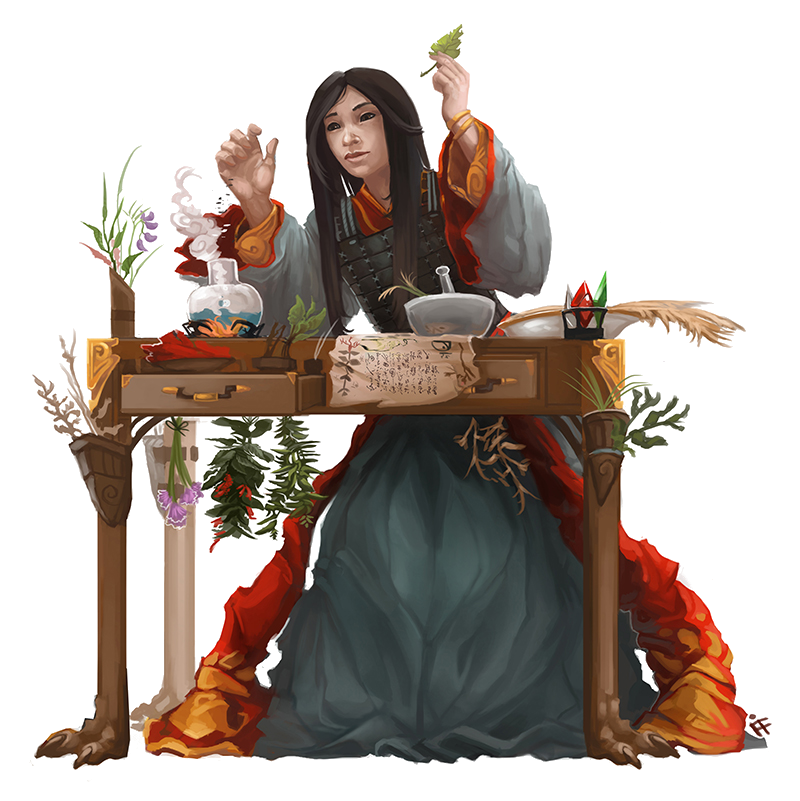
Herbal Mixtures
Any herbalist who takes the time to gather ingredients can make these mixtures. Gathering uses the same mechanics as a mid-adventure crafting check for you, and grants materials worth the same amount as the gp progress made. These ingredients cannot, be sold for that amount; they are useless in their inert base forms. You know the recipe for each herbal mixture if you are proficient in herbalist's kits. Each mixture weighs 1 lb.
Herbal Mixtures
| Mixture | Cost |
|---|---|
| Alertness Draught | 2 gp |
| Antiparalytic | 100 gp |
| Antipathogen | 100 gp |
| Antitoxin | 50 gp |
| Clearbreath | 10 gp |
| Healer's Kit | 5 gp |
| Incense | 2 gp |
| Insect Repellant | 1 sp |
| Journeybread | 5 gp |
| Nightlight | 20 gp |
Alertness Draught
For 1 hour, the drinker of this bitter brew has advantage on Perception checks and saving throws against sleep effects.
Antiparalytic
This flavorless slimy fluid grants the drinker advantage on saving throws against paralysis for 1 hour.
Antipathogen
A chalky, dry tablet that grants advantage on saving throws against disease for 8 hours.
Antitoxin
This vial of liquid grants advantage on saving throws against poison for 1 hour when drunk.
Clearbreath
Any creature which inhales this grey mist gains advantage on saving throws against a ghast's stench and other features that use scent.
Healer's Kit
A leather pouch containing bandages, splints, and salves, this kit has 10 uses. You can expend a use as an action to stabilize a creature that has 0 hit points, without needing to make a Medicine check.
Incense
A small stick of scented herbs that relaxes the mind and can be used during religious ceremonies or spell rituals.
Insect Repellant
An acrid concoction applied to the skin that repels inisects for 24 hours. It has no effect on swarms or giant insects. Multiple insect repellants can be created with the same crafting check.
Journeybread
Despite its weight, this dense vegetable cake acts as a day's rations for a medium creature.
Nightlight
A thick, purple liquid kept in a glass vial that glows with flameless light for 1 hour when shaken. It emits bright light in a 30-foot radius and dim light for another 30 feet.
Poisons and Toxins
Characters proficient in poisoner's kits can create the poisons below with ingredients from their kit. If a poison mentions a non-humanoid creature in its name, the poisoner must first gather vital ingredients from a dead or incapacitated specimen of that creature, requiring a DC 20 Nature check and 1d6 minutes. Characters must be proficient in poisoner's kits to make that check. Applying or triggering a poison requires an action.
Types of Poisons
Poisons come in four varieties. Each variety is applied to a creature in a different way; those methods are listed below.
Contact: Contact poison can be smeared on an object and remains potent until touched or washed off. A creature that touches contact poison with exposed skin suffers its effects.
Ingested: A creature must swallow an entire dose of ingested poison to suffer its effects. The dose can be delivered in food or a liquid.
Inhaled: These poisons are powders or gases that take effect when inhaled. Releasing the powder or gas subjects creatures in a 5-foot cube to its effect. The resulting cloud dissipates immediately afterward. Holding one's breath is ineffective against inhaled poisons, as they affect nasal membranes, tear ducts, and other parts of the body.
Injury: Injury poison can be applied to weapons, three pieces of ammunition, trap components, and objects that deal piercing or slashing damage. It remains potent until delivered through a wound or washed off. A creature that takes piercing or slashing damage from an object coated with the poison is exposed to its effects. Undelivered injury poisons dry from a weapon after 1 hour.
DMG Poisons
| Poison | Type | Save/DC | Price |
|---|---|---|---|
| Basic Poison | Injury | Con 10 | 100 gp |
| Assassin's Blood | Ingested | Con 10 | 150 gp |
| Burnt Othur Fumes | Inhaled | Con 13 | 500 gp |
| Carrion Crawler Mucus | Contact | Con 13 | 200 gp |
| Drow Poison | Injury | Con 13 | 200 gp |
| Essence of Ether | Injury | Con 15 | 300 gp |
| Malice | Inhaled | Con 15 | 250 |
| Midnight Tears | Ingested | Con 17 | 1500 gp |
| Oil of Taggit | Contact | Con 13 | 400 gp |
| Pale Tincture | Ingested | Con 16 | 250 gp |
| Purple Worm Poison | Injury | Con 19 | 2,000 gp |
| Serpent Venom | Injury | Con 11 | 200 gp |
| Torpor | Ingested | Con 15 | 600 gp |
| Truth Serum | Ingested | Con 11 | 150 gp |
| Wyvern Poison | Injury | Con 15 | 1200 gp |
Basic Poison
You can use the poison in this vial to coat one slashing or piercing weapon or up to three pieces of ammunition. Applying the poison takes an action. A creature hit by the poisoned weapon or ammunition must make a DC 10 Constitution saving throw or take 1d4 poison damage.
Assassin's Blood
A creature subjected to this poison must make a Constitution saving throw. On a failed save, it takes 6 (1d12) poison damage and is poisoned for 24 hours. On a successful save, the creature takes half damage and isn’t poisoned.
Burnt Othur Fumes
A creature subjected to this poison must succeed on a DC 13 Constitution saving throw or take 10 (3d6) poison damage, and must repeat the saving throw at the start of each of its turns. On each successive failed save, the character takes 3 (1d6) poison damage. After three successful saves, the poison ends.
Carrion Crawler Mucus
A creature subjected to this poison must succeed on a DC 13 Constitution saving throw or be poisoned for 1 minute. The poisoned creature is paralyzed. The creature can repeat the saving throw at the end of each of its turns, ending the effect on itself on a success.
Drow Poison
A creature subjected to this poison must succeed on a DC 13 Constitution saving throw or be poisoned for 1 hour. If the saving throw fails by 5 or more, the creature is also unconscious while poisoned in this way. The creature wakes up if it takes damage or if another creature takes an action to shake it awake.
Essence of Ether
A creature subjected to this poison must succeed on a DC 15 Constitution saving throw or become poisoned for 8 hours. The poisoned creature is unconscious. The creature wakes up if it takes damage or if another creature takes an action to shake it awake.
Malice
A creature subjected to this poison must succeed on a DC 15 Constitution saving throw or become poisoned for 1 hour. The poisoned creature is blinded.
Midnight Tears
A creature that ingests this poison suffers no effect until the stroke of midnight. If the poison has not been neutralized before then, the creature must succeed on a DC 17 Constitution saving throw, taking 31 (9d6) poison damage on a failed save, or half as much damage on a successful one.


Oil of Taggit
A creature subjected to this poison must succeed on a DC 13 Constitution saving throw or become poisoned for 24 hours. The poisoned creature is unconscious. The creature wakes up if it takes damage.
Pale Tincture
A creature subjected to this poison must succeed on a DC 16 Constitution saving throw or take 3 (1d6) poison damage and become poisoned. The poisoned creature must repeat the saving throw every 24 hours, taking 3 (1d6) poison damage on a failed save. Until this poison ends, the damage the poison deals can't be healed by any means. After seven successful saving throws, the effect ends and the creature can heal normally.
Purple Worm Poison
This poison must be harvested from a dead or incapacitated purple worm. A creature subjected to this poison must make a DC 19 Constitution saving throw, taking 42 (12d6) poison damage on a failed save, or half as much damage on a successful one.
Serpent Venom
This poison must be harvested from a dead or incapacitated giant poisonous snake. A creature subjected to this poison must succeed on a DC 11 Constitution saving throw, taking 10 (3d6) poison damage on a failed save, or half as much damage on a successful one.
Torpor
A creature subjected to this poison must succeed on a DC 15 Constitution saving throw or become poisoned for 4d6 hours. The poisoned creature is incapacitated.
Truth Serum
A creature subjected to this poison must succeed on a DC 11 Constitution saving throw or become poisoned for 1 hour. The poisoned creature can't knowingly speak a lie, as if under the effect of a zone of truth spell.
Wyvern Poison
This poison must be harvested from a dead or incapacitated wyvern. A creature subjected to this poison must make a DC 15 Constitution saving throw, taking 24 (7d6) poison damage on a failed save, or half as much damage on a successful one.
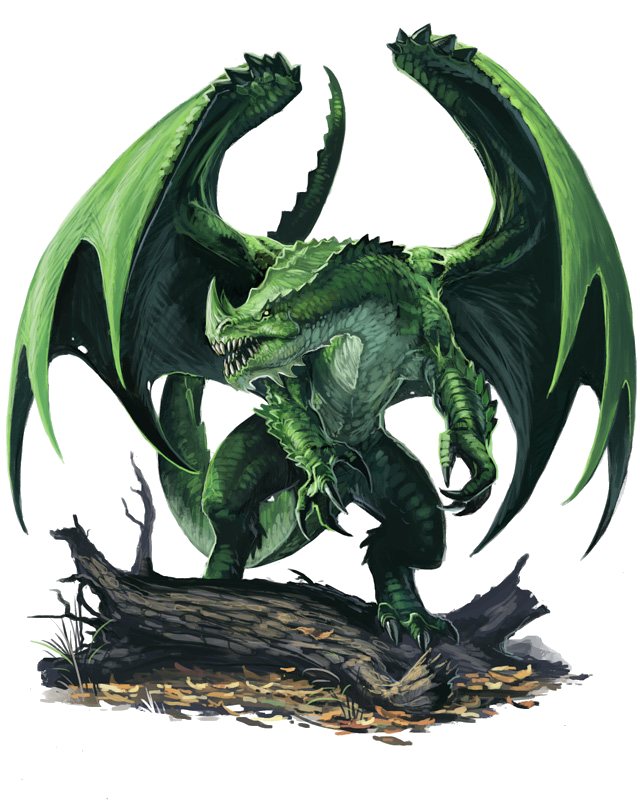
New Contact Poisons
| Poison | Save/DC | Price |
|---|---|---|
| Aboleth Oil | Con 14 | 2,500 gp |
| Black Ivy Paste | Con 16 | 200 gp |
| Black Lotus Extract | - | 6,520 gp |
| Boneshard Paste | Con 13 | 750 gp |
| Brawler's Bourbon | Con 12 | 175 gp |
| Chuul Paralytic | Con 13 | 450 gp |
| Golden Ice | Con 17 | 1,200 gp |
| Sunlight Oil | Con 18 | 1,300 gp |
Aboleth Oil
A creature subjected to this oil must succeed on a DC 14 Constitution saving throw or become diseased. The disease has no effect for 1 minute and can be removed by any magic that cures disease, but the creature is unaware that they have been affected. After 1 minute, the diseased creature's skin becomes translucent and slimy, the creature can't regain hit points unless it is underwater, and the disease can be removed only by heal or another disease-curing spell of 6th level or higher. When the creature is outside a body of water, it takes 6 (1d12) acid damage every 10 minutes unless moisture is applied to the skin before 10 minutes have passed.
Black Ivy Paste
A creature subjected to this poison must make a DC 16 Constitution saving throw or take 3 (1d6) poison damage. The paste retains its potency until a total of at least 10 damage has been dealt.
Black Lotus Extract
A creature subjected to this poison takes 55 (10d10) poison damage.
Boneshard Paste
An undead subjected to this poison must succeed on a DC 13 Constitution saving throw or be poisoned for 1 minute, also taking 18 (4d8) radiant damage on a failed save, or half as much damage on a successful one. The creature's speed is reduced to 0 until the end of their next turn. The poisoned creature is paralyzed. The creature can repeat the saving throw at the end of each of its turns, ending the effect on itself on a success.
Brawler's Bourbon
A creature subjected to this poison must succeed on a DC 12 Constitution saving throw or be poisoned for 1 minute. If the saving throw fails by 5 or more, the creature is also unconscious while poisoned in this way. The creature wakes up if it takes damage or if another creature takes an action to shake it awake
Chuul Paralytic
A creature subjected to this poison must succeed on a DC 13 Constitution saving throw or be poisoned for 1 minute. The poisoned creature is paralyzed. The creature can repeat the saving throw at the end of each of its turns, ending the effect on itself on a success.
Golden Ice
An evil creature that comes into contact with golden ice must make a DC 17 Constitution saving throw or take 30 (12d4) cold damage. This damage bypasses all resistances and immunities.
Sunlight Oil
A creature subjected to this poison must succeed on a DC 18 Constitution saving throw or become poisoned for 24 hours. The poisoned creature is unconscious. The creature wakes up if it takes damage.


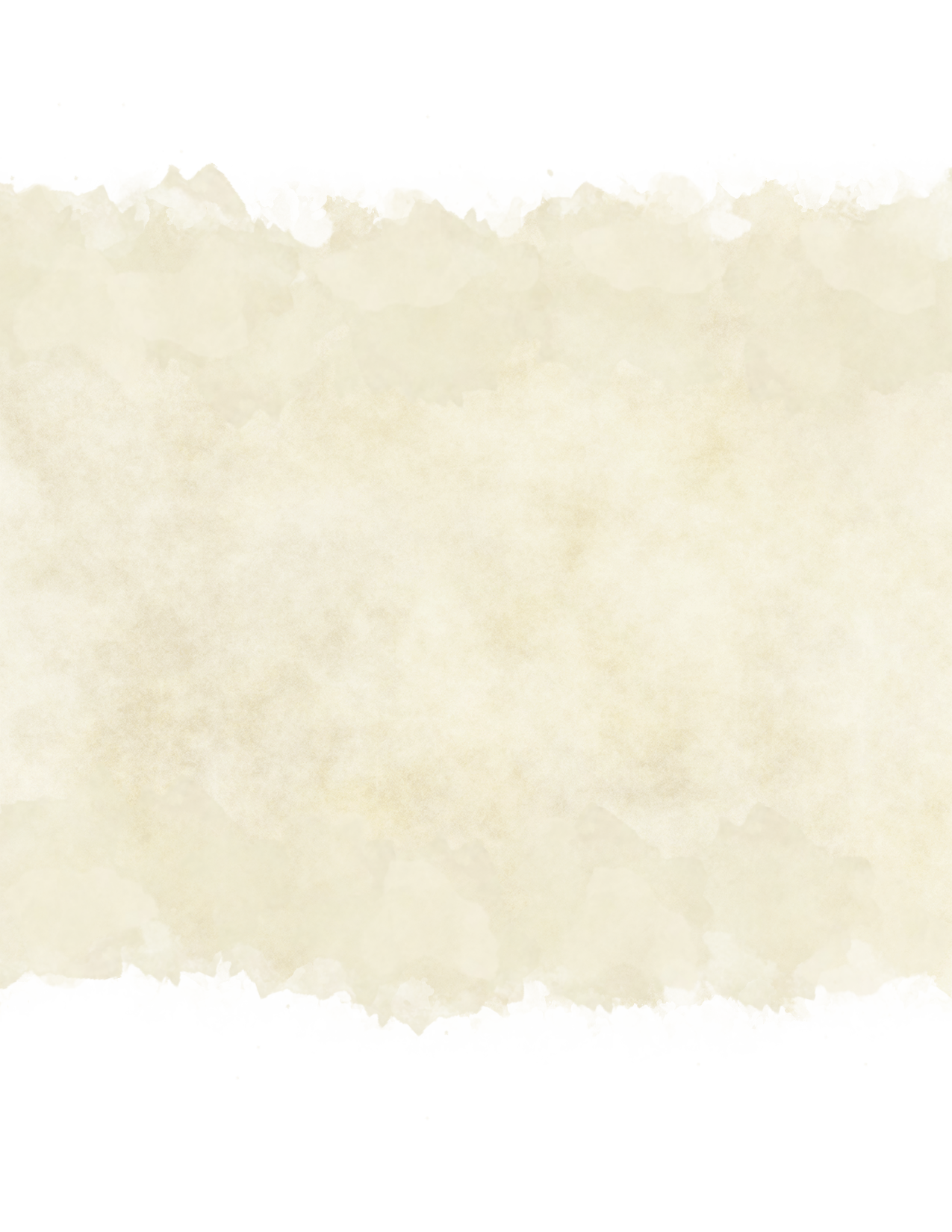
New Ingested Poisons
| Poison | Save/DC | Price |
|---|---|---|
| Bloodwine | Con 18 | 250 gp |
| Celestial Lightsblood | Con 25 | 13,500 gp |
| Depraved Decadence | Con 25 | 9,500 gp |
| Lockjaw | Con 11 | 250 gp |
| Nightmare Root | Con 19 | 1,450 gp |
| Pallid Serpent's Deception | Con 16 | 1,340 gp |
| Unicorn Blood | Con 17 | 500 gp |
Bloodwine
An undead subjected to this poison must succeed on a DC 18 Constitution saving throw, taking 10 (3d6) radiant damage on a failed save, or half as much damage on a successful one. The blood of a living creature acts as bloodwine to any creature that drinks their blood for the next 8 hours.
Celestial Lightsblood
A creature subjected to this poison must make a DC 25 Constitution saving throw. On a failed save, their Dexterity score is decreased by 2, but cannot be reduced past 1, and they must repeat the saving throw at the beginning of their next turn. On a subsequent failed save, their Constitution score is decreased by 2, but cannot be reduced past 1. These scores can only be restored by the greater restoration spell or similar magic.
Depraved Decadence
A creature subjected to this poison must make a DC 25 Constitution saving throw. On a failed save, a creature can no longer receive sustenance by consuming food. Every two days the creature goes without sustenance, their Constitution score decreases by 1. If a creature's Constitution score reaches 0 due to this effect, they die.
Lockjaw
A creature subjected to this poison must make a DC 11 Constitution saving throw. On a failed save, the creature's jaw muscles lock and its tongue falls numb. An affected creature cannot speak or cast spells that require verbal components for 10 minutes.
Nightmare Root
A creature subjected to this poison must make a DC 19 Constitution saving throw. On a failed save, the creature's sleep is haunted with a combination of their greatest fears and everything they've ever done wrong. An affected creature cannot benefit from long rests, and therefore gains a point of exhaustion at the beginning of the next day. The poison leaves the creature's system 24 hours after ingestion.
Pallid Serpent's Deception
A creature subjected to this poison must succeed on a DC 16 Constitution saving throw, taking 22 (4d10) psychic damage on a failed save, and must repeat the saving throw at the start of each of its turns. On a successful save, the effect ends. While the creature remains poisoned in this way, it must succeed a on a DC 16 Wisdom saving throw at the end of each of its turns, taking 11 (2d10) psychic damage on a failed save.
Unicorn Blood
A creature subjected to this poison heals (4d4 + 4) hit points and must then succeed on a DC 17 Constitution saving throw. On a failed save, they are affected by one of the options of the bestow curse spell for one week. The DM rolls a d4 to determine which curse takes hold.
New Inhaled Poisons
| Poison | Save/DC | Price |
|---|---|---|
| Anosmia | Con 18 | 800 gp |
| Dretch Gas | Con 11 | 200 gp |
| Dust of the Desert Winds | Con11 | 120 gp |
| Euphoria Breath | Wis 11 | 365 gp |
| Fish out of Water | Con13 | 350 gp |
| Gorgon Breath | Con 13 | 1,200 gp |
| Gravedust | Con 10 | 100 gp |
| Green Dragonbreath | Con 18 | 2,500 gp |
| Insanity Mist | Con 15 | 2,250 gp |
| Vrock Spores | Con 14 | 620 gp |
Anosmia
A creature subjected to this poison must make a DC 18 Constitution saving throw. On a failed save, the creature loses its sense of smell for 48 hours. If the creature relies on smell to locate other creatures, it can no longer do so. The creature automatically fails any Wisdom (Perception) check that relies on smell. If the creature has the keen smell trait, it must also succeed on a Wisdom saving throw or act as though affected by the confusion spell during their next turn.
Dretch Gas
Dretch gas lingers for 1 minute after it is released, or until a strong wind disperses it. Any creature that starts its turn in that area must succeed on a DC 11 Constitution saving throw or be poisoned until the start of its next turn. While poisoned in this way, the target can take either an action or a bonus action on its turn, not both, and can't take reactions.
Dust of the Desert Winds
A creature subjected to this poison must succeed on a DC 11 Constitution saving throw or take 3 (1d6) necrotic damage, and must repeat the saving throw at the start of each of its turns. On each successive failed save, the creature takes 2 (1d4) necrotic damage. After five successful saves, the poison ends. If the creature spends its action consuming a liquid, it automatically succeeds the saving throw for that turn.
Euphoria Breath
A creature subjected to this poison must succeed on a DC 11 Wisdom saving throw or, for 1 minute the target can't take reactions and must roll a d6 at the start of each of its turns to determine its behavior during the turn:
1-4. The target takes no actions uses all of its movement to move in a random direction.
5-6. The target does nothing on its turn save Wisdom saving throw, ending the effect on itself on a success.
Fish out of Water
A creature subjected to this poison must succeed on a DC 13 Constitution saving throw or become poisoned for 1 hour. While poisoned in this way, the creature loses any ability to breath underwater. Rules for suffocating can be found on page 183 of the Player's Handbook.
Gorgon Breath
A creature subjected to this gas must succeed on a DC 13 Constitution saving throw against being magically petrified. On a failed save, the creature begins to turn to stone and is restrained. It must repeat the saving throw at the end of its next turn. On a success, the effect ends. On a failure, the creature is petrified until freed by the greater restoration spell or other magic.
Gravedust
An undead subjected to this poison must succeed on a DC 10 Constitution saving throw or become incapacitated for 1 minute. The creature can repeat the saving throw at the end of each of its turns, ending the effect on itself on a success.
Green Dragonbreath
A creature subjected to this poison must succeed on a DC 18 Constitution saving throw, taking 56 (16d6) poison damage on a failed save, or half as much damage on a successful one.
Insanity Mist
A creature subject to this poison must succeed a DC 15 Constitution saving throw or gain an effect listed on the short-term madness table within the DMG (page 259). The creature can repeat the saving throw at the end of each of its turns, ending the effect on itself on a success.
Vrock Spores
A creature subjected to these spores must succeed on a DC 14 Constitution saving throw or become poisoned. While poisoned in this way, a target takes 5 (1d10) poison damage at the start of each of its turns. A target can repeat the saving throw at the end of each of its turns, ending the effect on itself on a success. Emptying a vial of holy water on the target also ends the effect on it.
New Injury Poisons
| Poison | Save/DC | Price |
|---|---|---|
| Bearded Devil Venom | Con 12 | 600 gp |
| Bloodfire Paste | Con 13 | 650 gp |
| Bone Devil's Sting | Con 14 | 1,000 gp |
| Celestial Essence | Con 14 | 400 gp |
| Centipede Venom | Con 11 | 200 gp |
| Cockatrice Saliva | Con 11 | 750 gp |
| Ettercap Venom | Con 11 | 50 gp |
| Grell Venom | Con 11 | 150 gp |
| Imp Venom | Con 11 | 200 gp |
| Lichbane | Con 17 | 650 gp |
| Liquid Mortality | Con 22 | 1,250 gp |
| Metabolite | Con 25 | 1,200 gp |
| Naga Venom | Con 13 | 1,900 gp |
| Pit Fiend Venom | Con 21 | 17,000 gp |
| Pseudodragon Venom | Con 11 | 12 5gp |
| Purified Couatl Venom | Con 13 | 700 gp |
| Scorpion Venom | Con 9 | 115 gp |
| Spider Venom | Con 10 | 100 gp |
| Sprite Poison | Con 10 | 175 gp |
| Svirfneblin Poison | Con 12 | 165 gp |
| Thri-kreen Venom | Con 11 | 180 gp |
| Wasp's Sting | Con 11 | 230 gp |
| Witchbane Poison | Con 17 | 700 gp |
| Yuan-ti Venom | Con 11 | 110 gp |
| Zealot's Blade | Con 25 | 4,000 gp |
Bearded Devil Venom
A creature subjected to this poison must succeed on a DC 12 Constitution saving throw or be poisoned for 1 minute. While poisoned in this way, the target can't regain hit points. The target can repeat the saving throw at the end of each of its turns, ending the effect on itself on a success.
Bloodfire Paste
A creature subjected to this poison must make a DC 13 Constitution saving throw, taking 11 (2d10) fire damage on a failed save, and must repeat the saving throw at the start of each of its turns. On each successive failed save, the creature takes 3 (1d6) fire damage. After three successful saves, the poison ends. This effect ignores a creature's immunity to poison, but cannot effect a creature without blood.
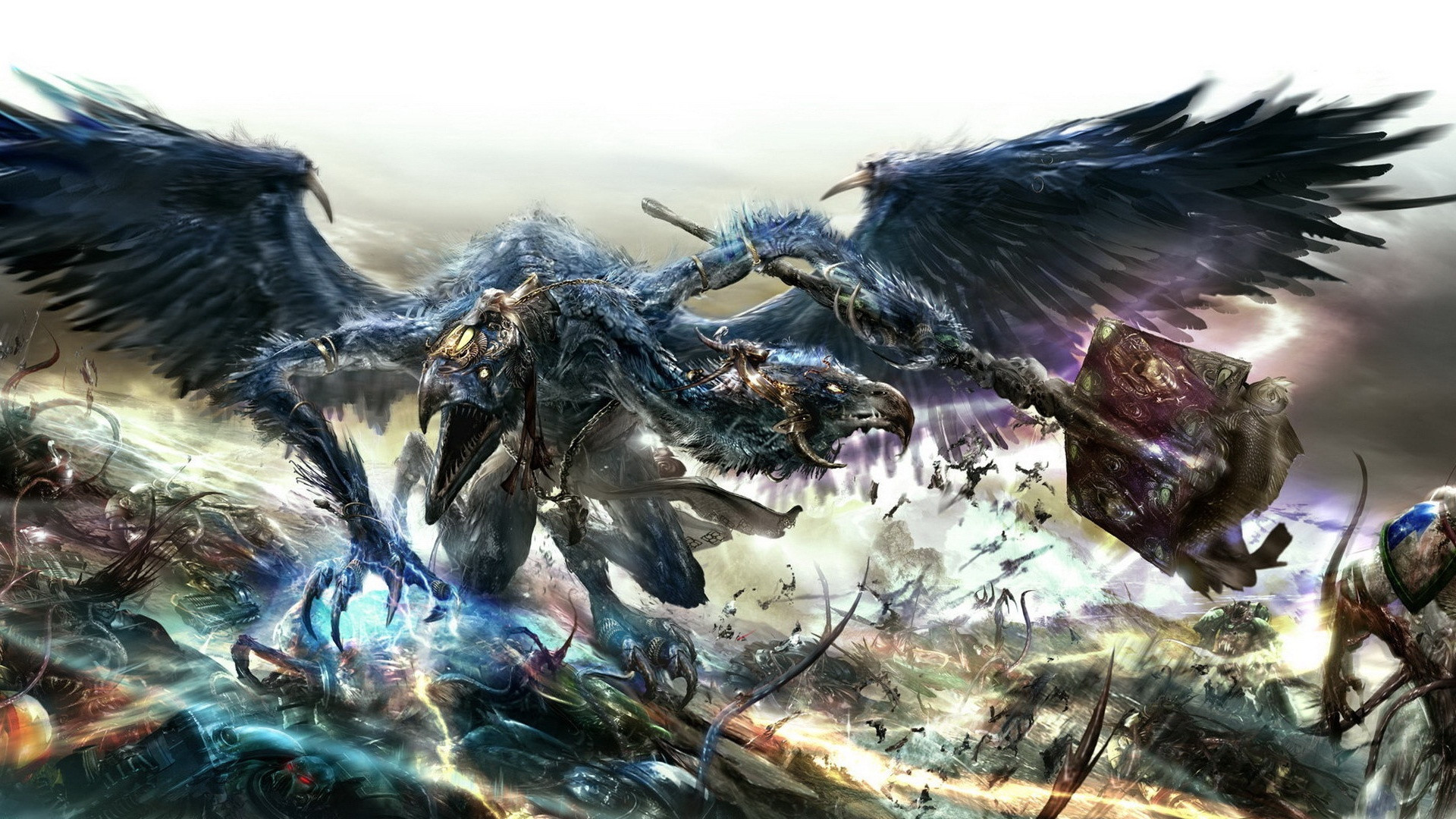
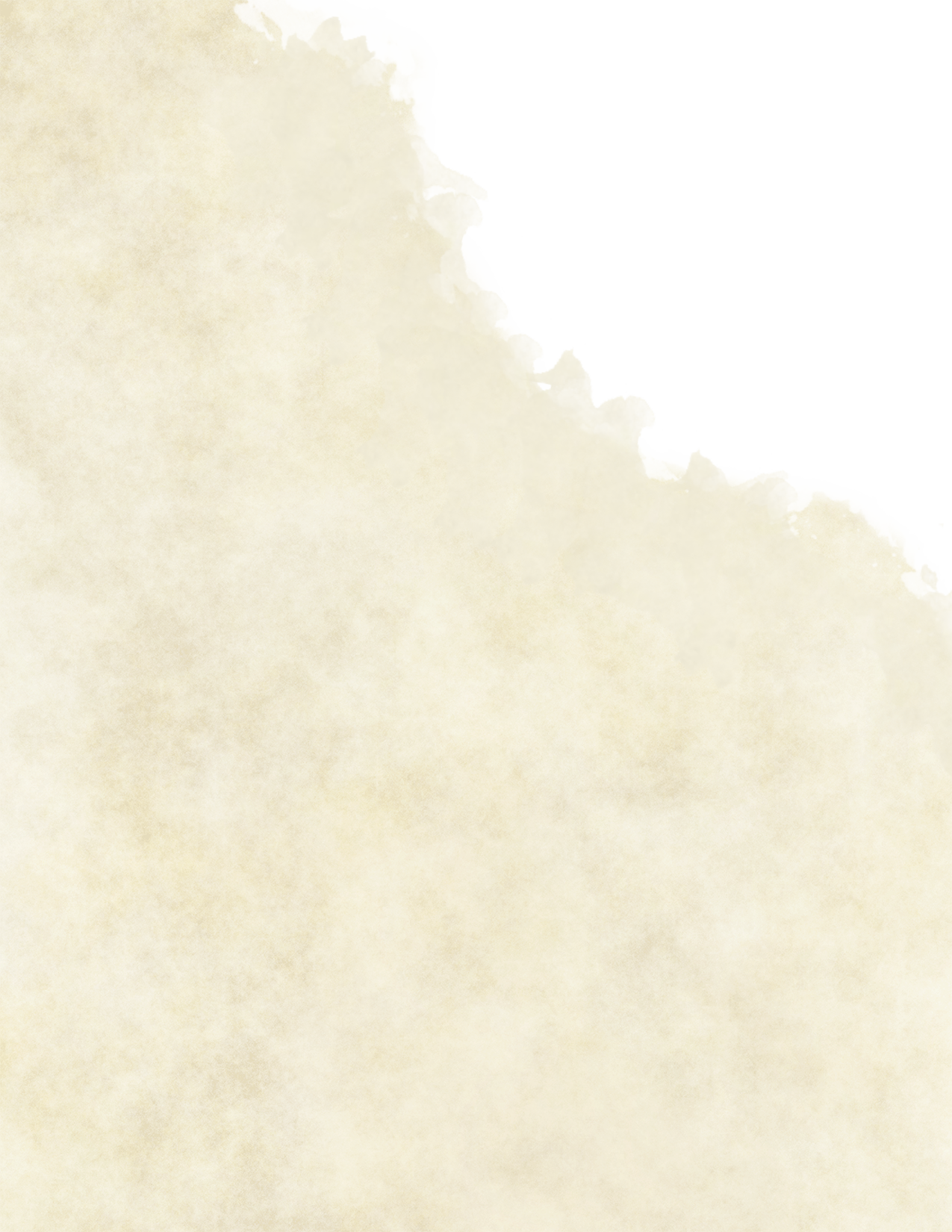

Bone Devil's Sting
A creature subjected to this poison must succeed on a DC 14 Constitution saving throw or take 17 (5d6) poison damage and become poisoned for 1 minute. On a successful save, the target takes half damage and is not poisoned. The target can repeat the saving throw at the end of each of its turns, ending the effect on itself on a success.
Celestial Essence
An undead subjected to this poison must succeed on a DC 14 Constitution saving throw or take 5 (2d4) radiant damage.
Centipede Venom
A creature subjected to this poison must succeed on a DC 11 Constitution saving throw, taking 10 (3d6) poison damage on a failed save. If the poison damage reduces the target to 0 hit points, the target is stable but poisoned for 1 hour, even after regaining hit points, and is paralyzed while poisoned in this way.
Cockatrice Saliva
A creature subjected to this venom must succeed on a DC 11 Constitution saving throw against being magically petrified. On a failed save, the creature begins to turn to stone and is restrained. It must repeat the saving throw at the end of its next turn. On a success, the effect ends. On a failure, the creature is petrified for 24 hours.
Ettercap Venom
A creature subjected to this poison must succeed on a DC 11 Constitution saving throw, taking 4 (1d8) poison damage and becoming poisoned for 1 minute on a failed save. The creature can repeat the saving throw at the end of each of its turns, ending the effect on itself on a success.
Grell Venom
A creature subjected to this poison must succeed on a DC 11 Constitution saving throw or become poisoned for 1 minute. The poisoned creature is paralyzed. The creature can repeat the saving throw at the end of each of its turns, ending the effect on itself on a success.
Imp Venom
A creature subjected to this poison must succeed on a DC 11 Constitution saving throw, taking 10 (3d6) poison damage on a failed save, or half as much damage on a successful one.
Lichbane
An undead subjected to this poison must make a DC 17 Constitution saving throw. On a failed save, their Intellect, Wisdom, and Charisma scores are reduced by 2 for 1 minute. At the beginning of their next turn, they must repeat the saving throw. On a failure, the effect becomes permanent and can only be cured by a greater restoration spell or similar magic.
Liquid Mortality
An undead subjected to this poison must make a DC 22 Constitution saving throw. On a failed save, their Strength score is permanently reduced by 2. If this effect reduces an undead's Strength to 0, they are utterly destroyed, and cannot be resurrected or reanimated by any means other than a wish spell. The creature's Strength score can be restored by a greater restoration spell or similar magic.
Metabolite
A creature subjected to this poison must make a DC 25 Constitution saving throw. On a failed save, an affected target's speed is halved, it takes a -2 penalty to AC and Dexterity saving throws, and it can't use reactions. On its turn, it can use either an action or a bonus action, not both. Regardless of the creature's abilities or magic items, it can't make more than one melee or ranged attack during its turn. If the creature attempts to cast a spell with a casting time of 1 action, roll a d20. On an 11 or higher, the spell doesn't take effect until the creature's next turn, and the creature must use its action on that turn to complete the spell. If it can't, the spell is wasted. A creature affected by this poison makes another Constitution saving throw at the end of each of its turns. On a successful save, the effect ends for it. On a failed save, the poison's saving throw DC decreases by 10.
Naga Venom
A creature subjected to the venom of a spirit naga must succeed on a DC 13 Constitution saving throw, taking 31 (7d8) poison damage on a failed save, or half as much damage on a successful one.
Pit Fiend Venom
A creature subjected to this poison must succeed on a DC 21 Constitution saving throw or become poisoned. While poisoned in this way, the target can't regain hit points, and it takes 21 (6d6) poison damage at the start of each of its turns. The poisoned target can repeat the saving throw at the end of each of its turns, ending the effect on itself on a success.
Pseudodragon Venom
A creature subjected to this poison must succeed on a DC 11 Constitution saving throw or be poisoned for 1 hour. If the saving throw fails by 5 or more, the creature is also unconscious while poisoned in this way. The creature wakes up if it takes damage or if another creature takes an action to shake it awake.
Purified Couatl Venom
A creature subjected to this poison must succeed on a DC 13 Constitution saving throw or be poisoned for 24 hours. Until this poison ends, the target is unconscious. Another creature can use an action to shake the target awake. This effect ignores immunity to the poisoned condition.
Scorpion Venom
A creature subjected to this poison must make a DC 9 Constitution saving throw, taking 4 (1d8) poison damage on a failed save, or half as much damage on a successful one.
Spider Venom
A creature subjected to this poison must succeed on a DC 10 Constitution saving throw or take 2 (1d4) poison damage.
Sprite Poison
A creature subjected to this poison must succeed on a DC 10 Constitution saving throw or be poisoned for 1 minute. If the saving throw fails by 5 or more, the creature is also unconscious while poisoned in this way. The creature wakes up if it takes damage or if another creature takes an action to shake it awake.
Svirfneblin Poison
A creature subjected to this poison must succeed on a DC 12 Constitution saving throw or be poisoned for 1 minute. The target can repeat the saving throw at the end of each of its turns, ending the effect on itself on a success.
Thri-kreen Venom
A creature subjected to this poison must succeed on a DC 11 Constitution saving throw or be poisoned for 1 minute. If the saving throw fails by 5 or more, the creature is also paralyzed while poisoned in this way. The poisoned target can repeat the saving throw on each of its turns, ending the effect on itself on a success.
Wasp's Sting
A creature subjected to this poison must succeed on a DC 11 Constitution saving throw, taking 10 (3d6) poison damage on a failed save, or half as much damage on a successful one. If the poison damage reduces the target to 0 hit points, the target is stable but poisoned for 1 hour, even after regaining hit points, and is paralyzed while poisoned in this way.
Witchbane Poison
A creature subjected to this poison must make a DC 17 Constitution saving throw. On a failed save, they lose 1d4 spell slots, starting at level 1 slots and increasing until that many spell slots have been lost. This effect ignores all magical effects that grant immunity to poison.
Yuan-ti Venom
A creature subjected to the poison from a yuan-ti malison must succeed on a DC 11 Constitution saving throw, taking 7 (2d6) poison damage on a failed save, or half as much damage on a successful one.
Zealot's Blade
A creature subjected to this poison must make a DC 25 Constitution saving throw, taking 78 (12d12) poison damage on a failed save, or half as much damage on a successful one. This damage ignores resistances and immunities.


PART V
Credits

Concept Credits
The Path of the Ironclad was inspired by the Path of Iron, created by Submortimer, Giant in the Playground. Similarly, the corona option for the Path of the Cataclysm was created by the Haven discord group and can be found here. It is included with permission. Jana suggested the College of Passion. /u/badooga1 created the version of the warlord listed in this document. It can be found here. It is included with permission. Emily suggested the Chameleon rogue.
Weapons Remastered was originally created by another anonymous user, whose work can be found here I owe the entire creation of this work to them. The wording for bypass, winged, and the tower shield comes from the highly similar work of /u/theapoapostolov. We have collaborated to some degree and I am very grateful for his help. /u/AngryRepublican inspired the creation of the harpoon, the martial spear (indirectly), and the chain whip.
Nearly all of the changes listed in Part 3 were created by /u/devikyn in Martial Mastery. The crafting rules used here modify those created by Kittenhugs of dmsguild.com. Alchemical Oils were made by /u/giffyglyph and are included with permission. The herbal mixtures were taken from Wraith Wright's Comprehensive Equipment Manual; some had their prices or functions changed for balance reasons, and many of the more redundant, niche, specific, or minimally effective items were removed. The poisons are a simplified version of those created by /u/Glorac. Many have had some of their crunchier properties—aquatoxins, banetoxins' mathematics, and legality rules—have been removed for ease of play.
Dedications and Thanks
I owe so much to the people who helped make this massive undertaking successful. First, I owe so much to my eternally patient players, who took new and sometimes insane changes in stride. For hours every weekend they've playtested content in this document, and it could have never happened without them. Alicia, Emily, John, Michael, Kevin, Matt, Langston, Jana, Jonah. I owe you guys so much.
To the playtesters I joined biweekly for the sole purpose of homebrewing—thank you too. You've realized changes I would have never imagined trying to go it alone, and flaws in these archetypes I never even considered. Frank, Camden, Steven, thank you too.
The people who've given feedback on archetypes and rules also deserve enormous thanks. Sean, /u/aeyana, /u/theapoapostolov, Badooga, Katz, CDC, Entrench, Dusk, and everyone else who's told me an idea sucked and how I could improve it. This would be impossible without you.
Finally, I have to thank the anonymous user who posted the original Weapons Remastered. I have spoken with them once, and have no means to do so again. But they made all this possible, and changed the way I think about tabletop and my participation in it forever.
Art Credits
Stains created by /u/flamableconcrete, /u/QalarValar, and /u/AeronDrake.
Pt. 1 Art credits:
- Devastating Dragon, Carlos Herrera
- Viashino Slaughtermaster, Raymond Swanland
- Thrall, Marvin Seo
- Original Brand, Michal Ivan.
- Dune, Earth Genasi, phazone
- Skald, Caio M Monteiro
- Dark Souls: Iron Knight Tarkus, karniz
- 娘 knight, Neongun
- Deer Warrior, José Arias
- Iron Armored Mushroom, vempirick
- Half-orc Mercenary, Magnus Norén
- Horseman, Damien Audino
- Stalwart Defender, Pathfinder Advanced
Player's Guide - Catafracta, Marta Danecka
- Gáe_Dearg, Fate/Zero
- Arabian Orc, Stephen Nickel
- Dragon Slayer Ornstein vs Knight Artorias, Keira Harcourt
- Gift of Immortality, Matt Stewart
- Human Sorceress Character Illustration, Beatrice Pelagatti.
- Fire, logi-firewalking.co.uk
- Neva and Chicco, SIXMOREVODKA Studio
- Desert Marksman, Ariel Perez
- Black Knight, Eric Powell
- The Hunt, Patrycja Wójcik
- Haughty High Elves, Mungo Turkey
- Landsknecht Veteran, Ramirez de Souza
- Saskia the Unyielding, Greg Opalinski
- Cover, King of the Bastards, Justin Stewart
- Poison Dusk lizardfolk PC, Camisado
- Aramil the Air Genasi Bard, slam-nine
- Evron Splash, Concept-Art-House
Pt. 2 Art credits
- Armory, Tom Honz
- medieval fight, Ivan Koltovich
- Kagur Blacklion, Eric Belisle
- Head of a Hunting Spear, Metropolitan Museum of Art
- City Guard, Windmaker
- Nilfgaard Arrives, Thronebreaker
- Matchlock Musket, ARTIC
- Rivendell Bow, Nick Keller
- Lantern Shield, Kunsthistorisches Museum
- Elisa, by Matheus Graef
- The Exiled: Siege, Tomasz Jedruszek
- Golden Knight, Jake W Bullock
- Stones ores and gems, Karbo
- Choose Your Treasure!, Justin Nichol
- Elven Weapons - Silmarillion, Emrek Mekci
- Armory, Likhacheva Elena
Pt. 3 Art Credits
- Nothing Will Break Me, Francoyovich
- Eglath, Kim Sokol
- Soldoros, the First Blade Master,
Jung Wook Choi - Wizard and Ranger, ketunhanska
Pt. 4 Art Credits
- Concept Art, Bloodborne
- Concept/Illustrations for D&D 'Basic
adventuring' items, Michael Fitzhywel - Alchemist Satchel, Orcs Must Die!
- Alaeron, Paizo Games
- medicine bottle, Fang WangLin
- Pei Zin Herbalist, ALRadeck
- Blight Town, From Software
- Young Green Dragon, Ben Wootten
- Poison spider, István Dányi
- Cover, Architect of Fate (Anthology)
- Shieldswarm, CMON Xenoshyft Onslaught
Pt. 5 Art Credits
- Eclipse 2, Jie Ma
- 1410, Jakub Rozalski
Cover Art Credits
- Dark Souls 2, Michael Chang
- guff armor, Sueng Hoon Woo
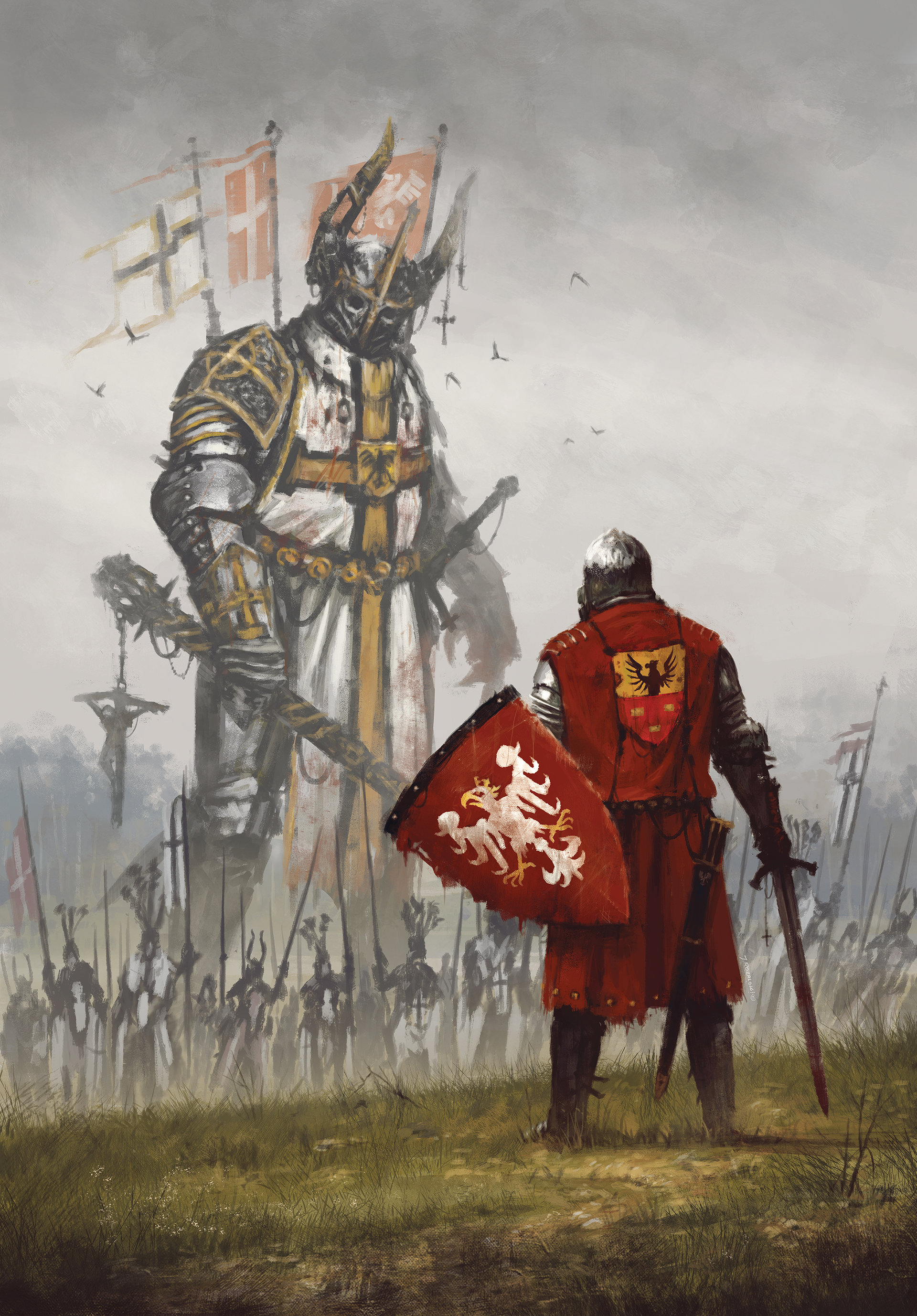
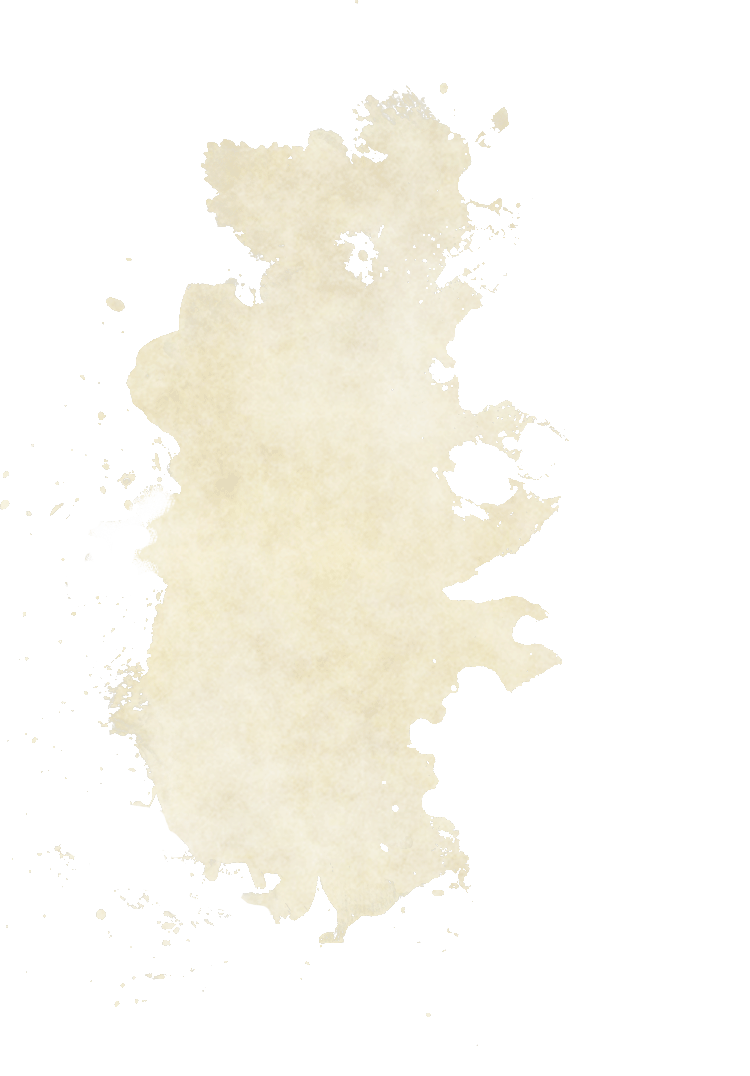

Take up arms
Everything a mundane warrior needs to compete in a world of monsters, mayhem, and magical might. Wield an armory of reforged weapons, each with a unique combination of traits and styles. Build an arsenal of powerful new items, with the rules to create them all on your own.
Within lies the means to create and employ bombs, poisons, oils, and herbalism to give yourself an edge you never knew you had.
With more than two dozen new or revised martial and battle-inspired subclasses, new rules for combat and crafting, and more than fifty distinct weapons, The Warrior's Codex has something for everyone.

